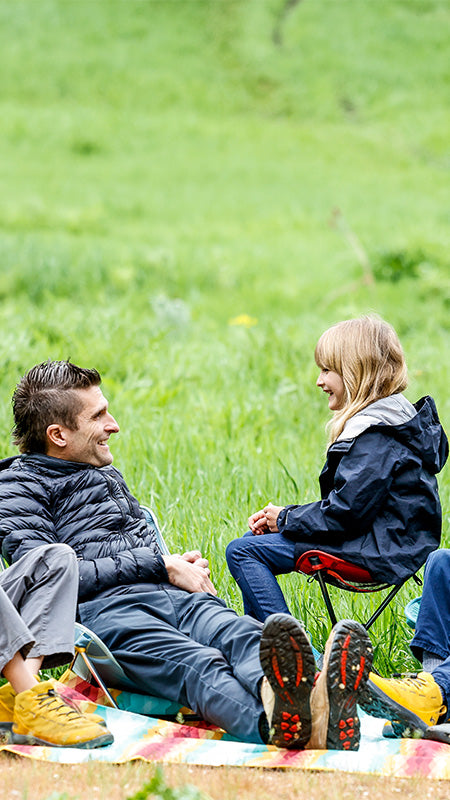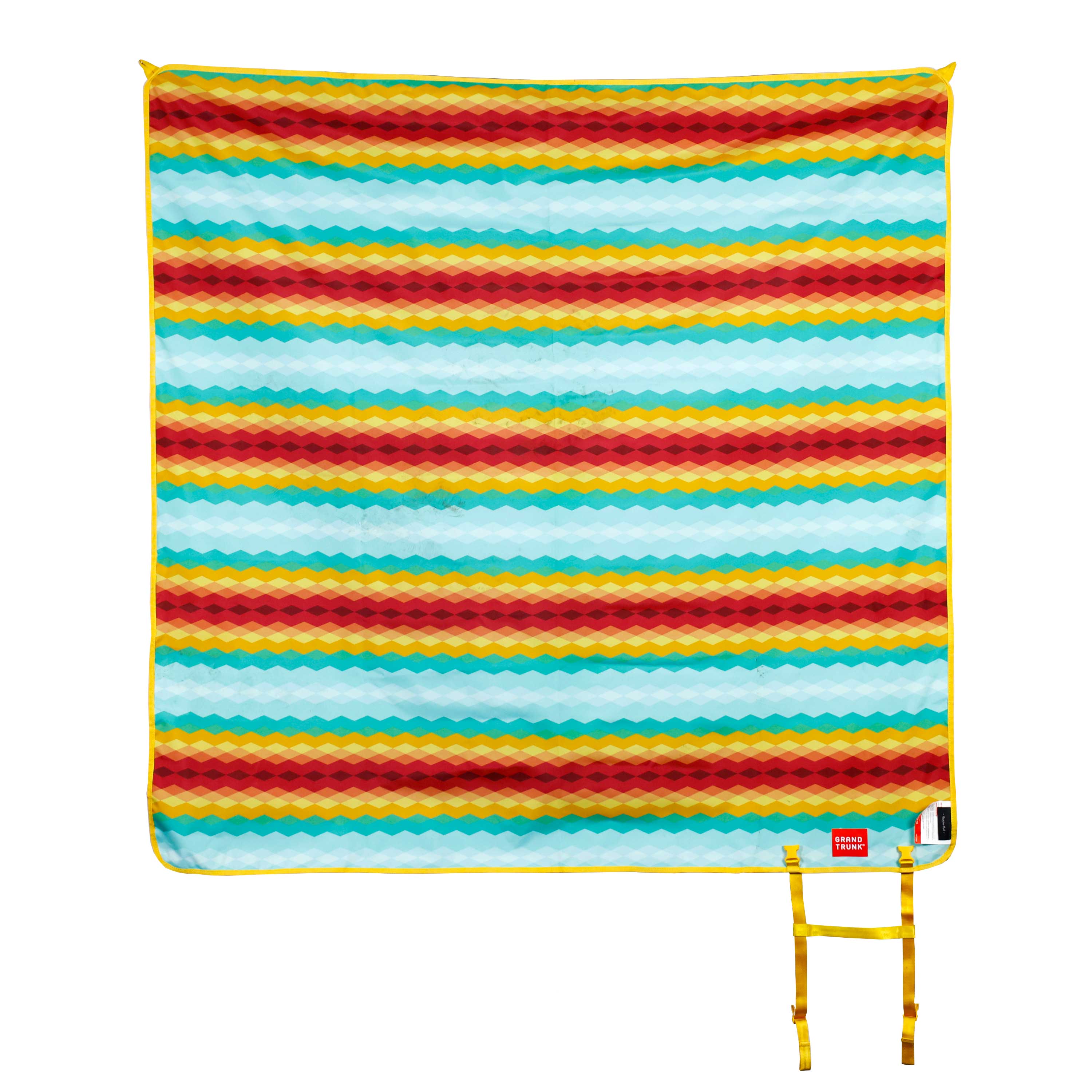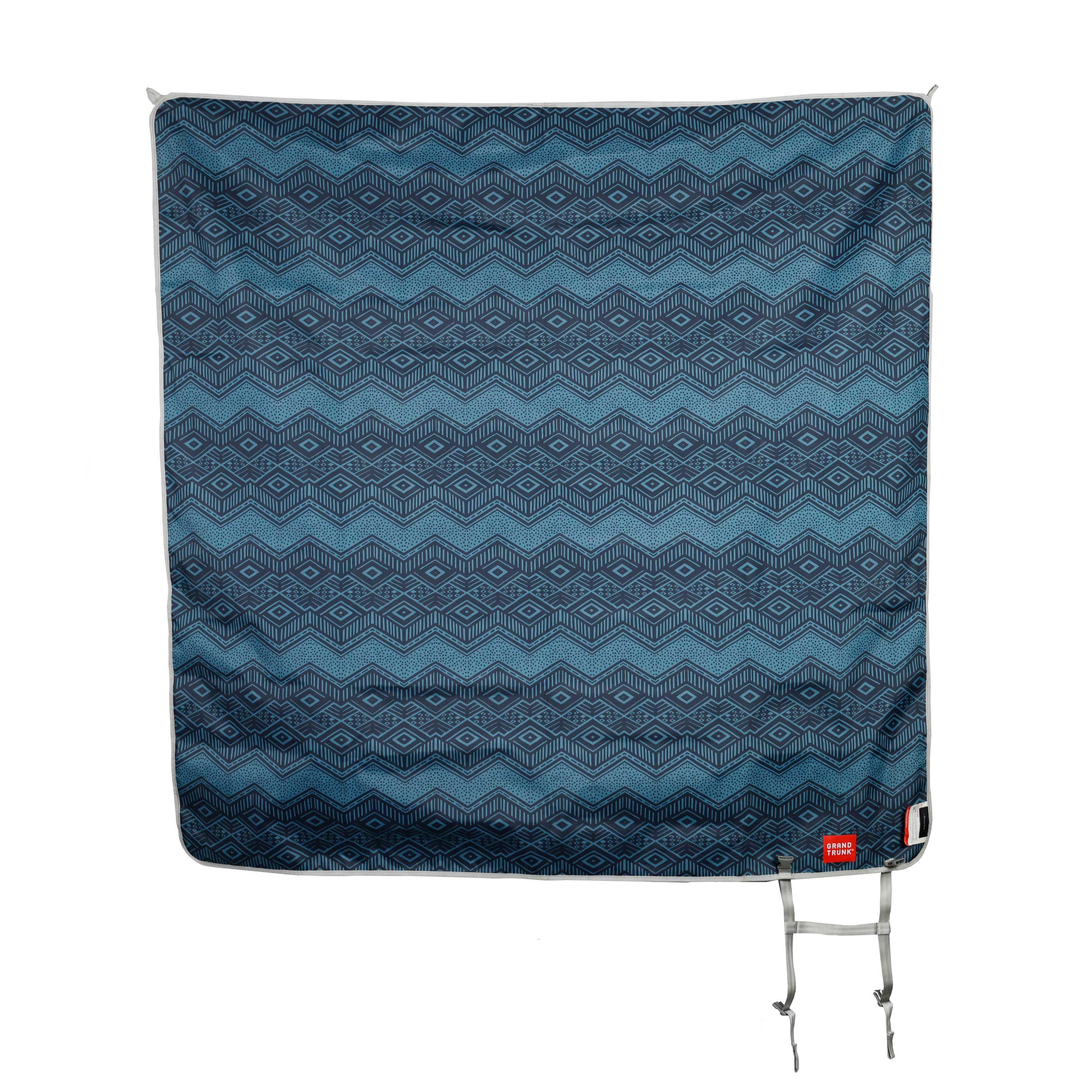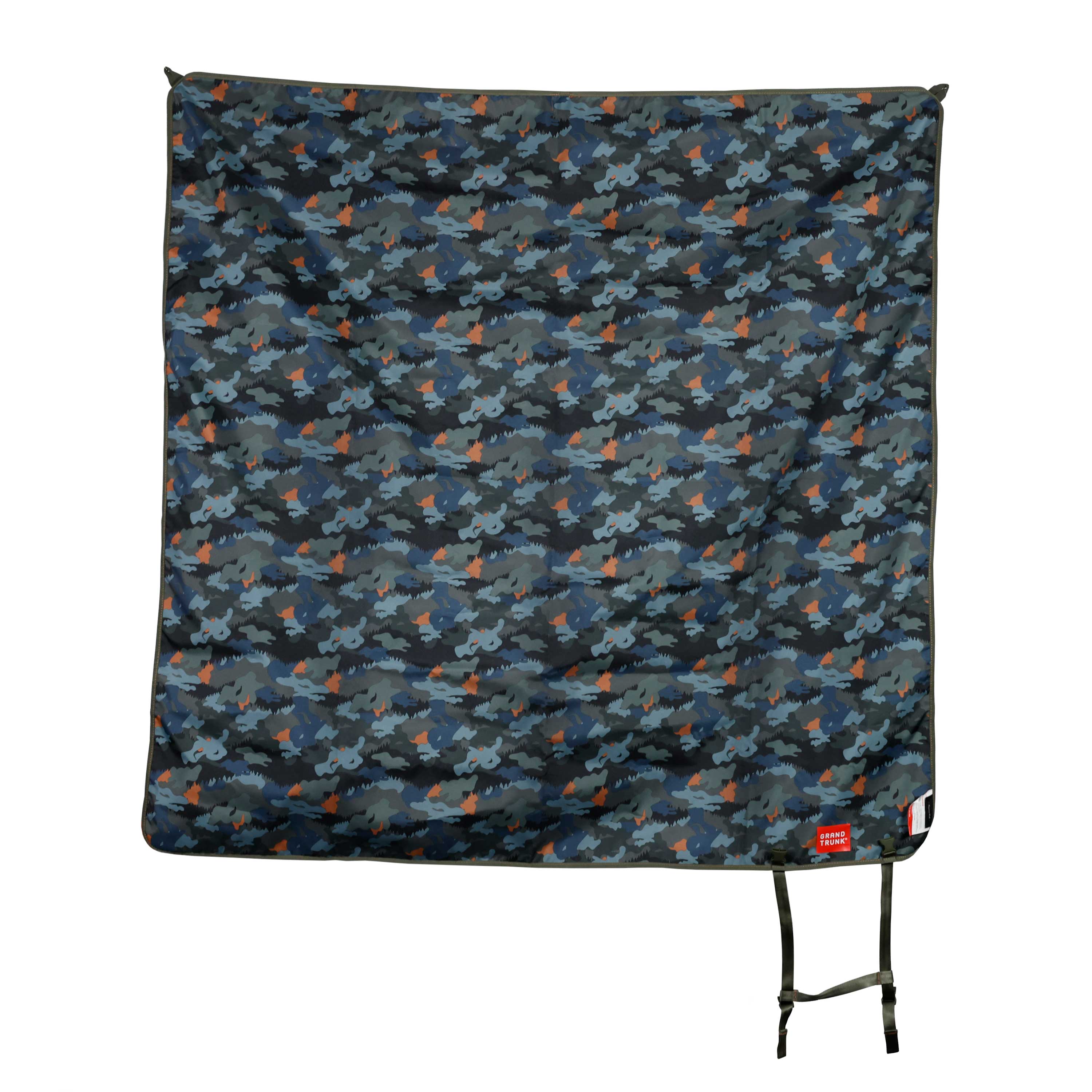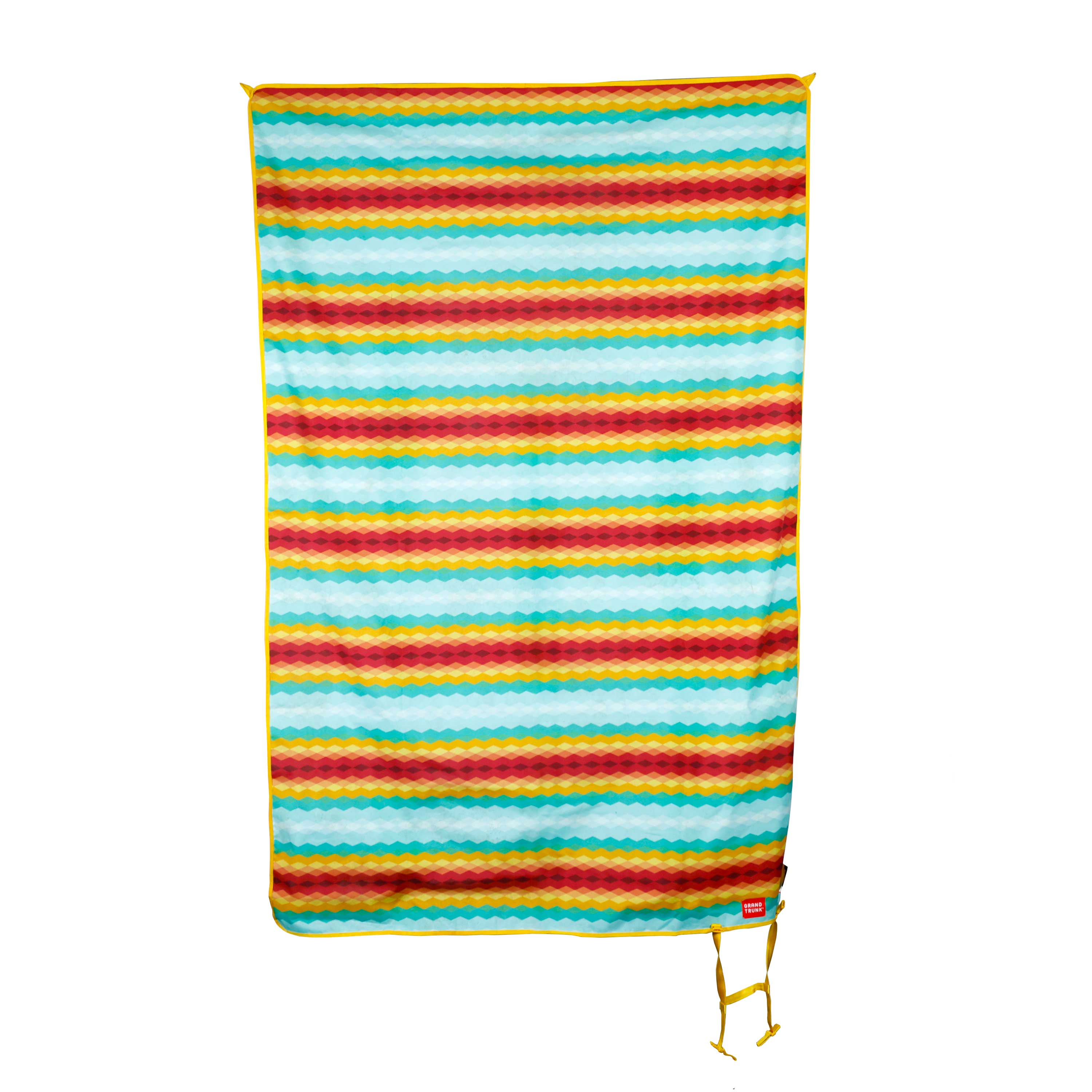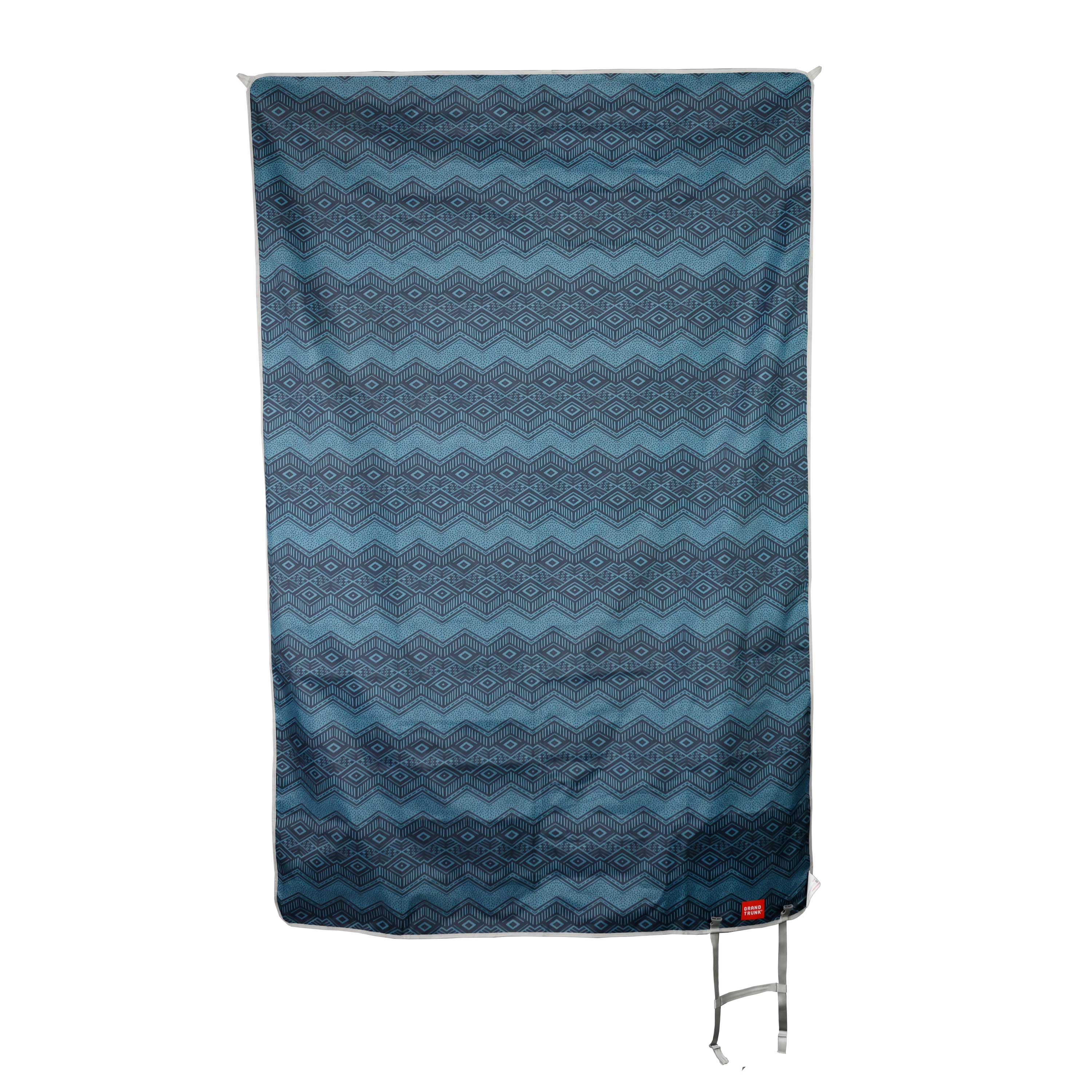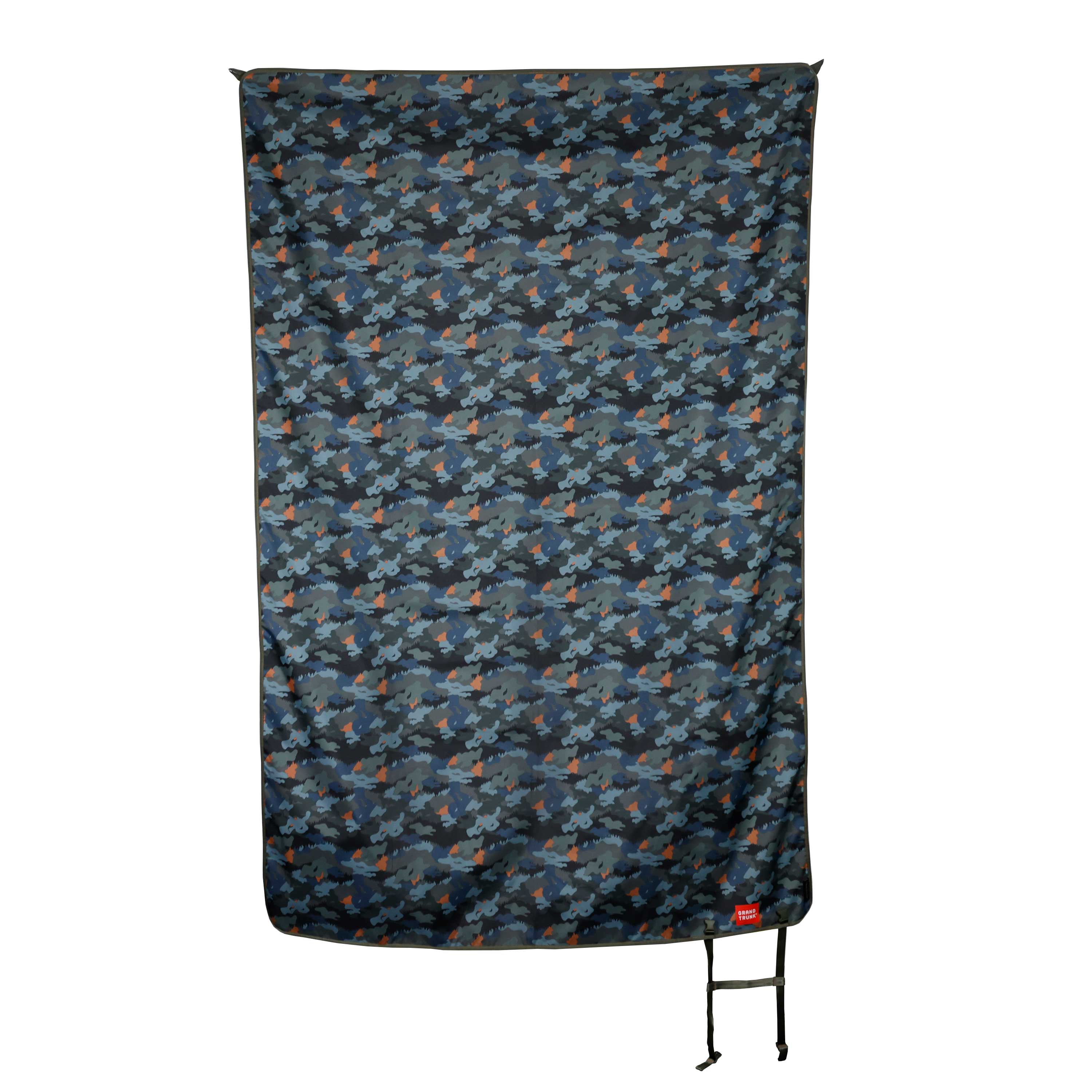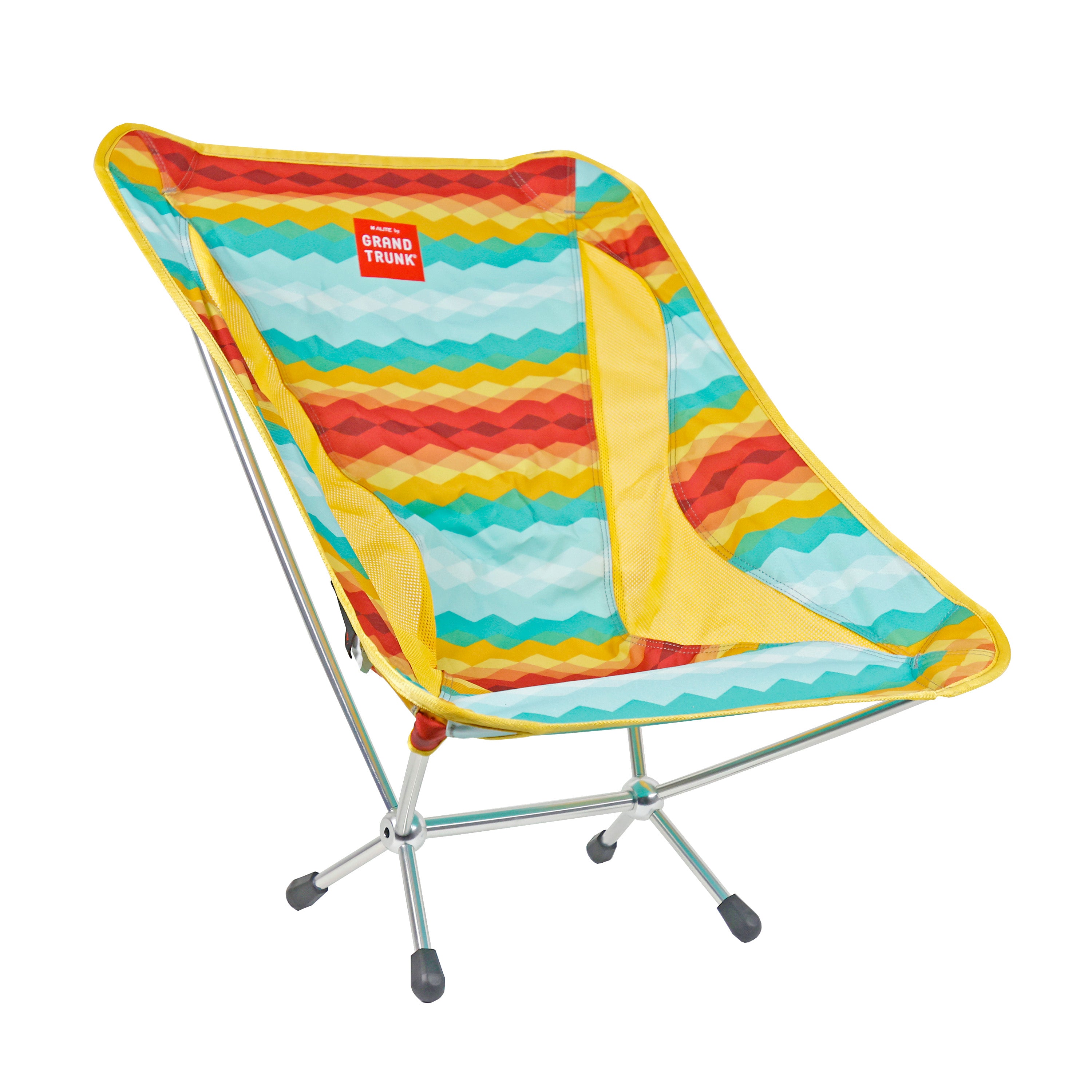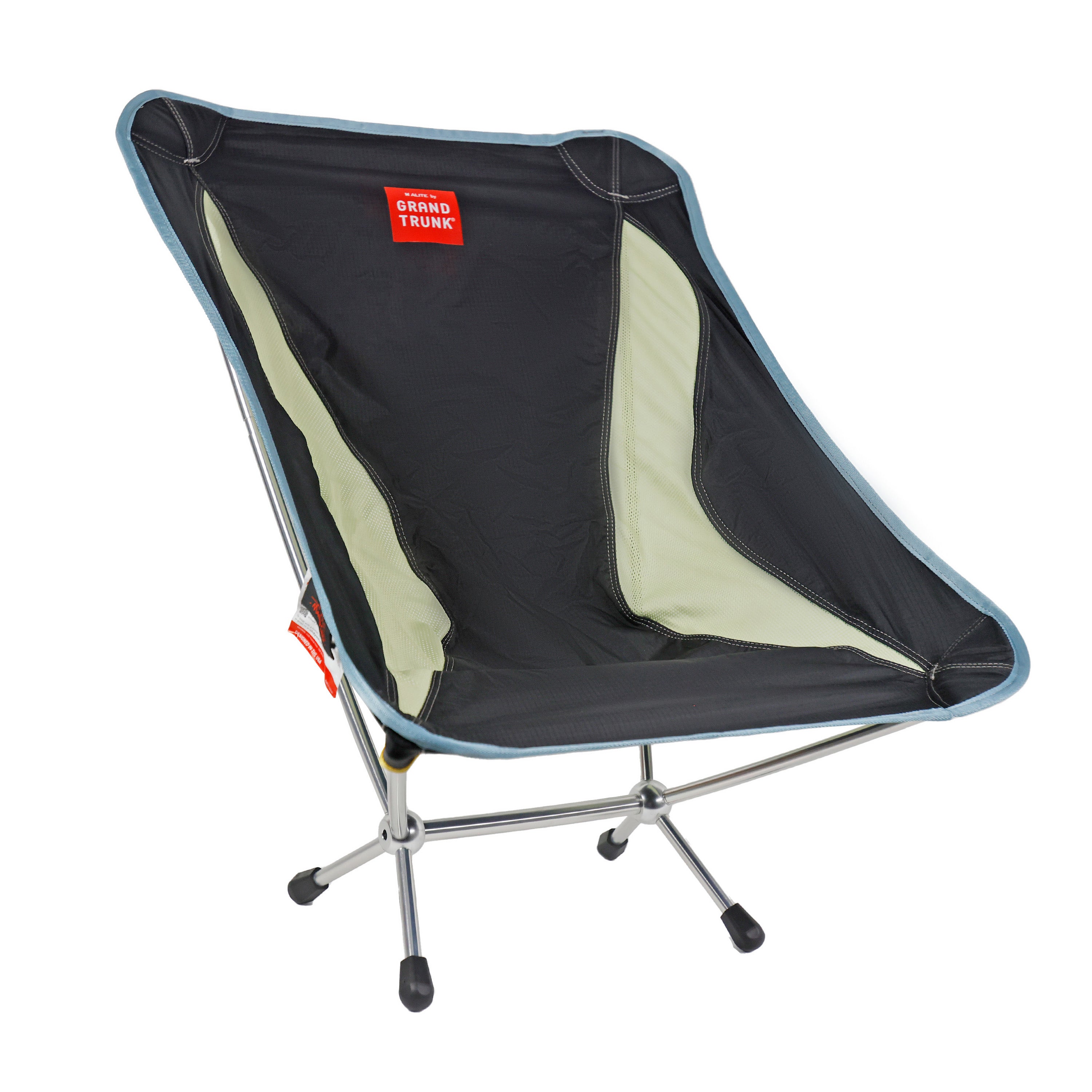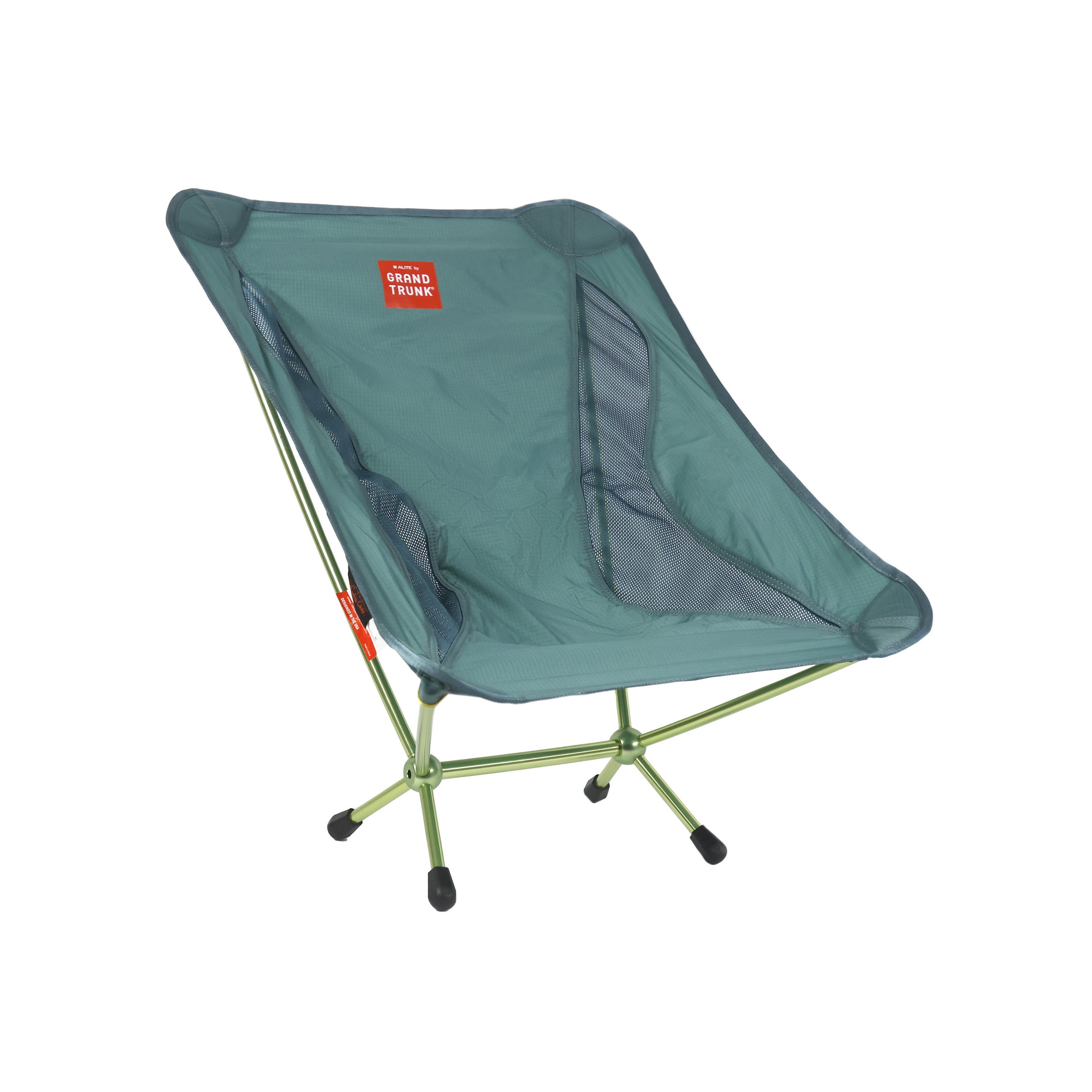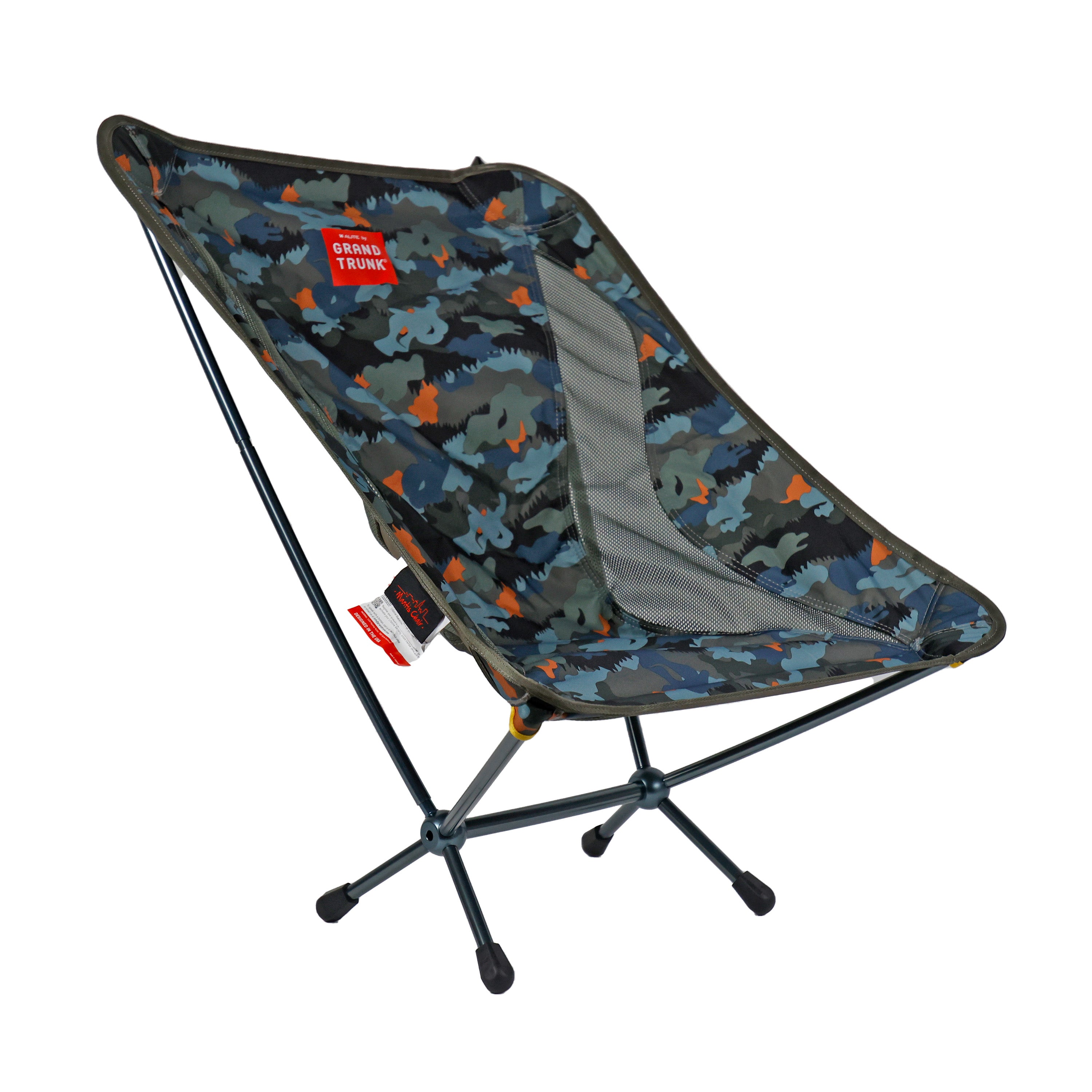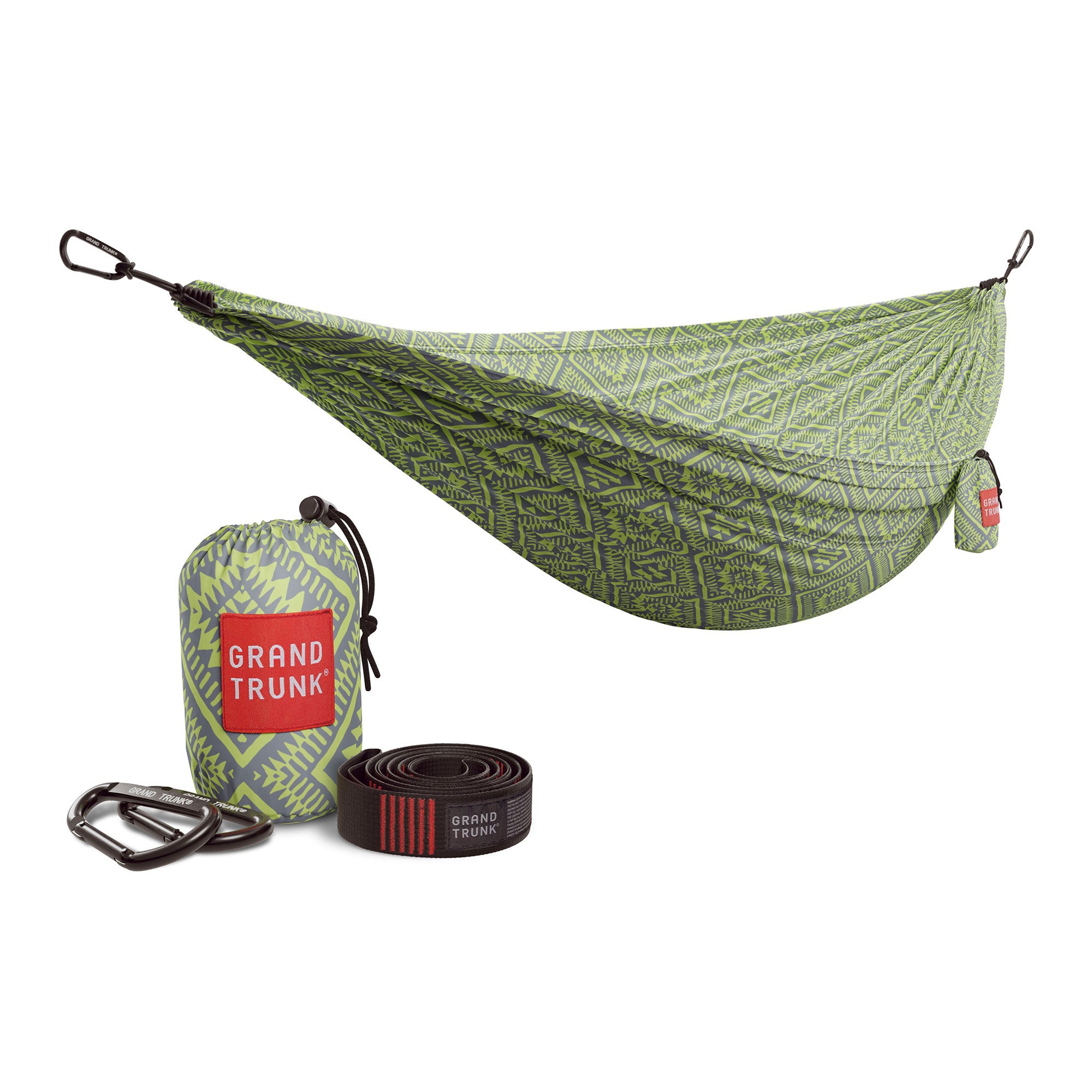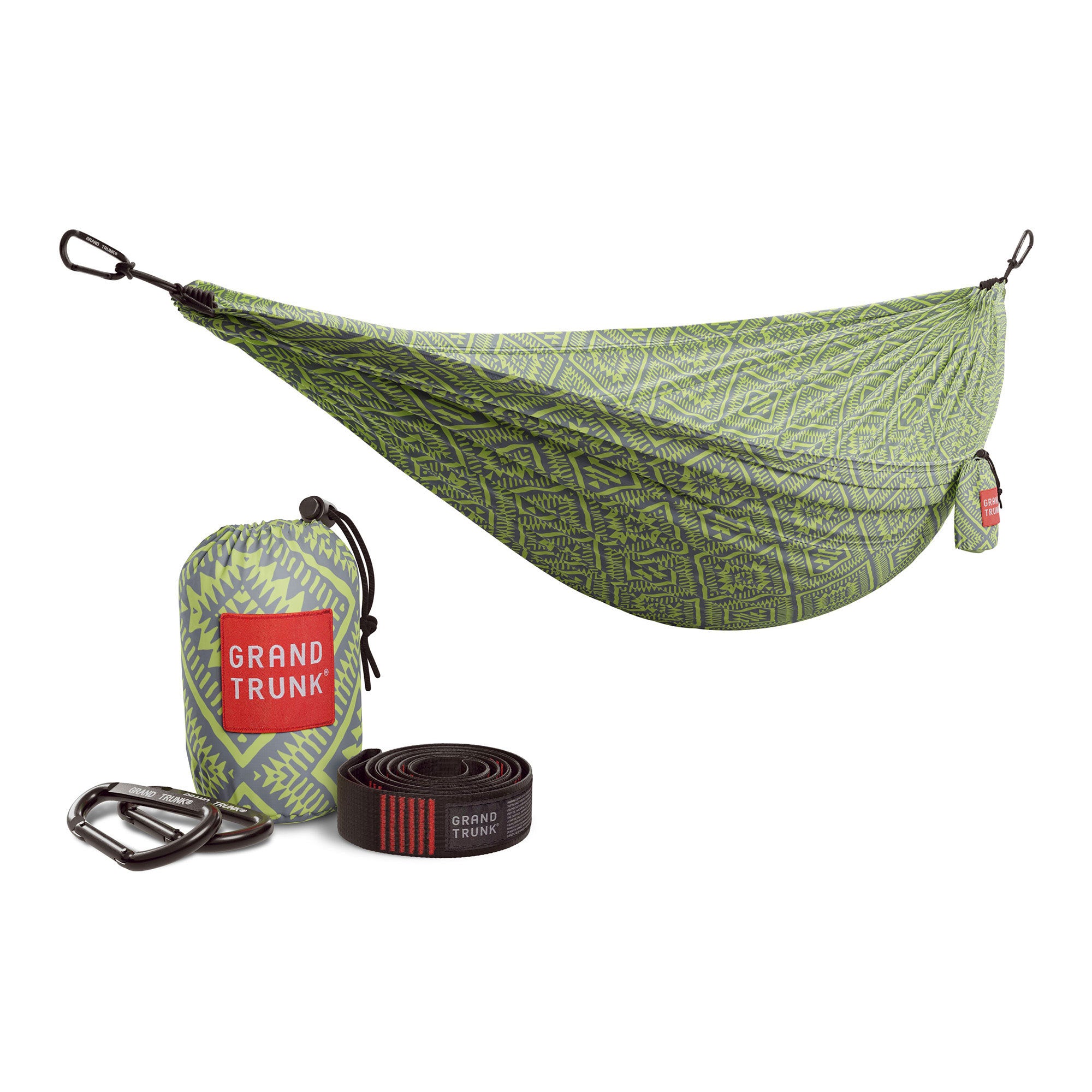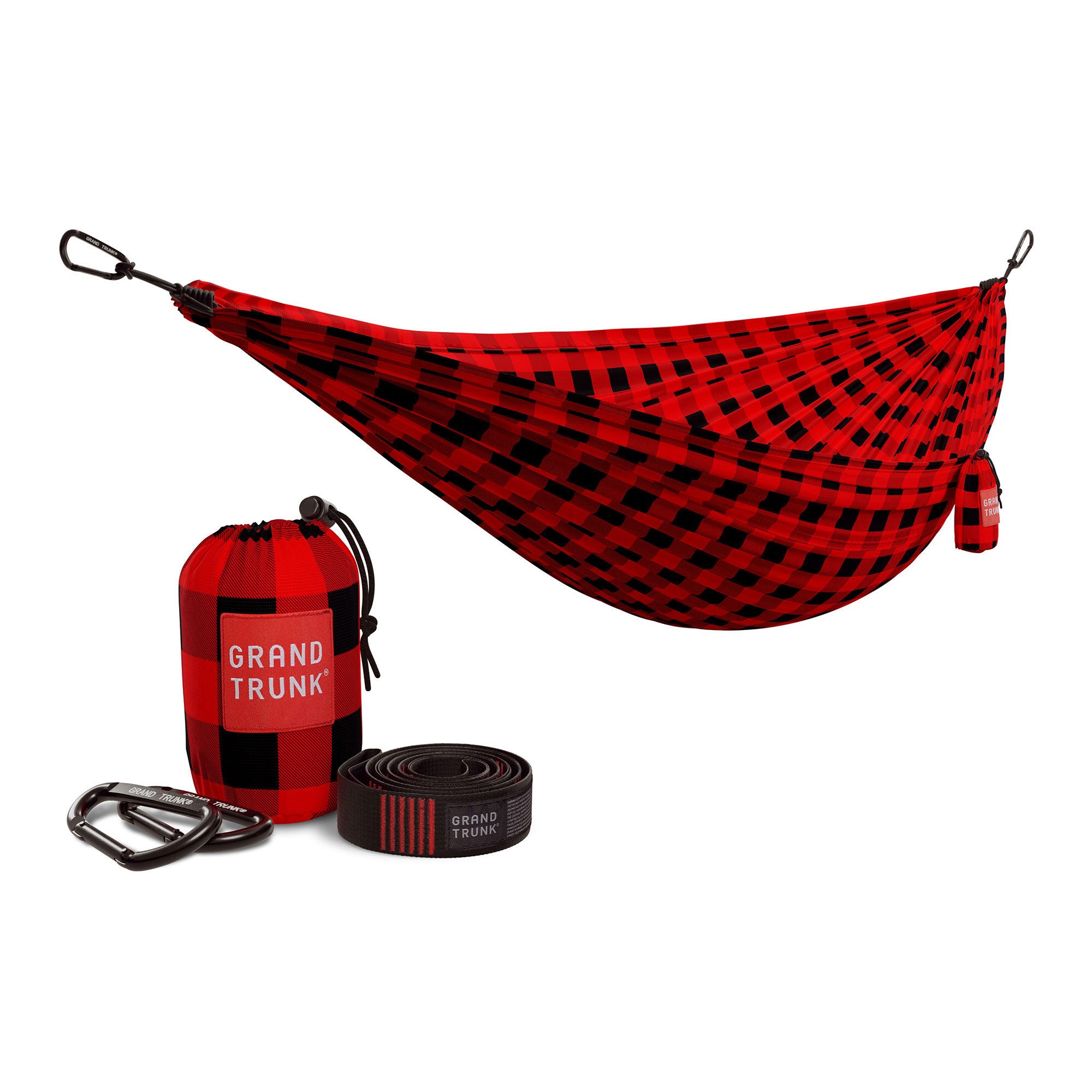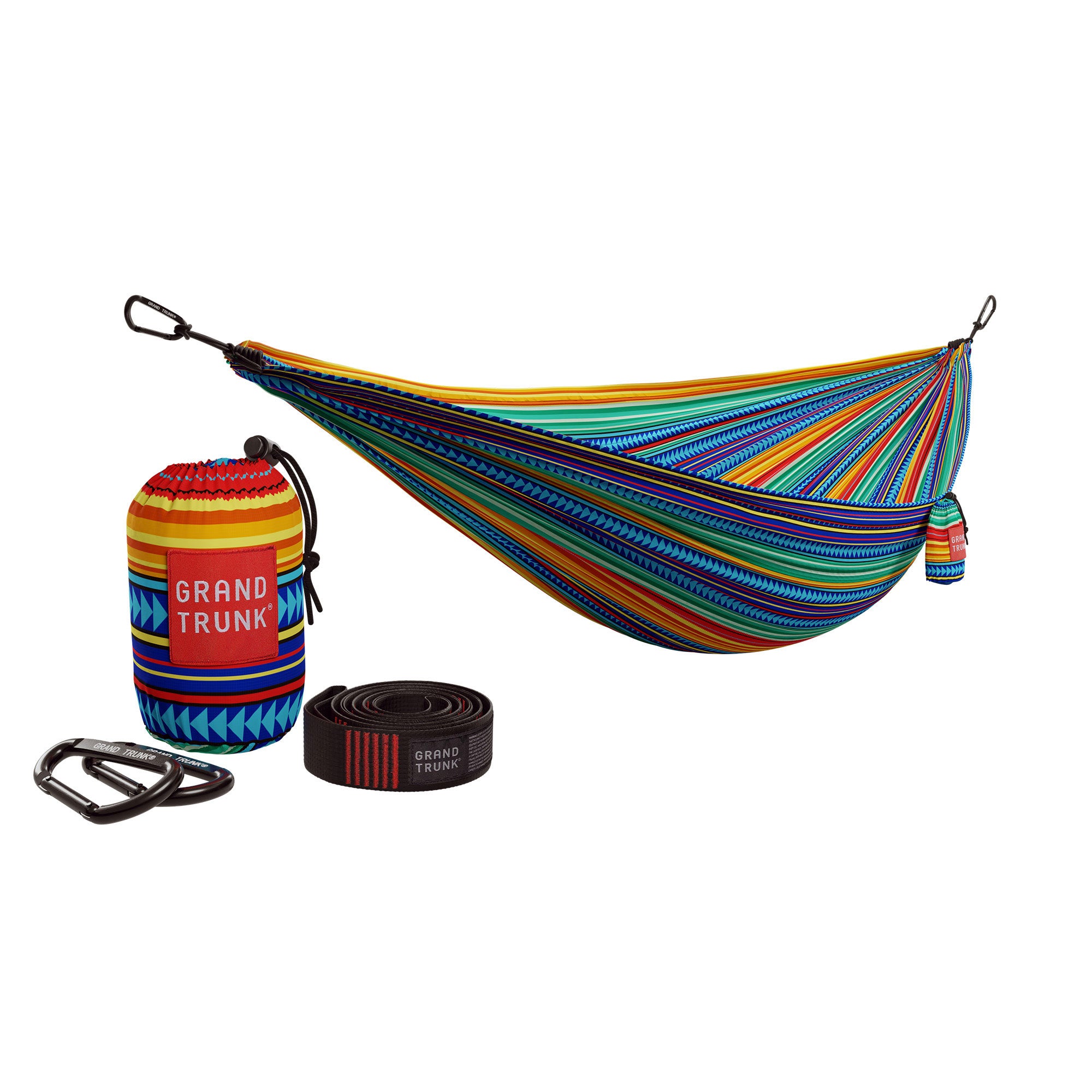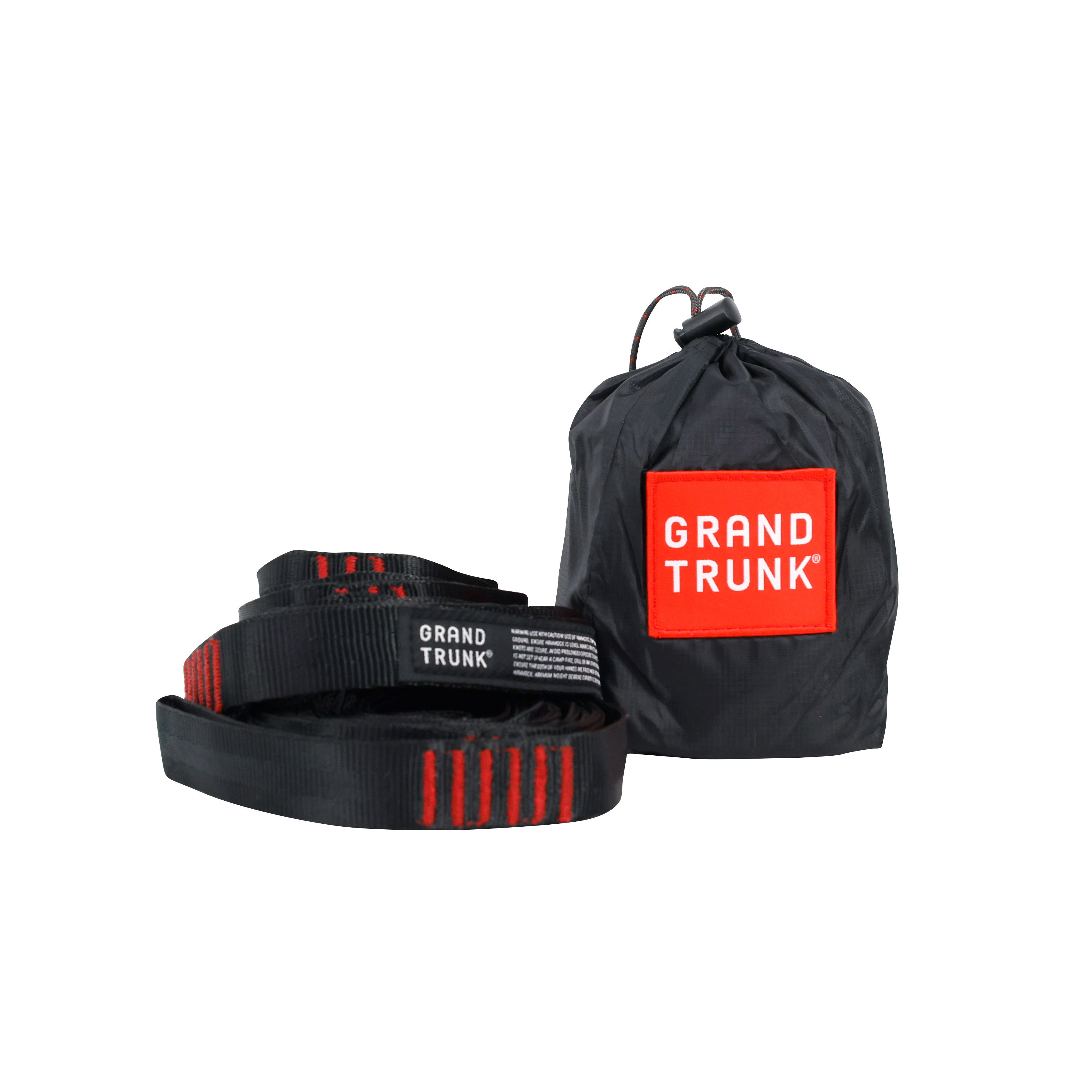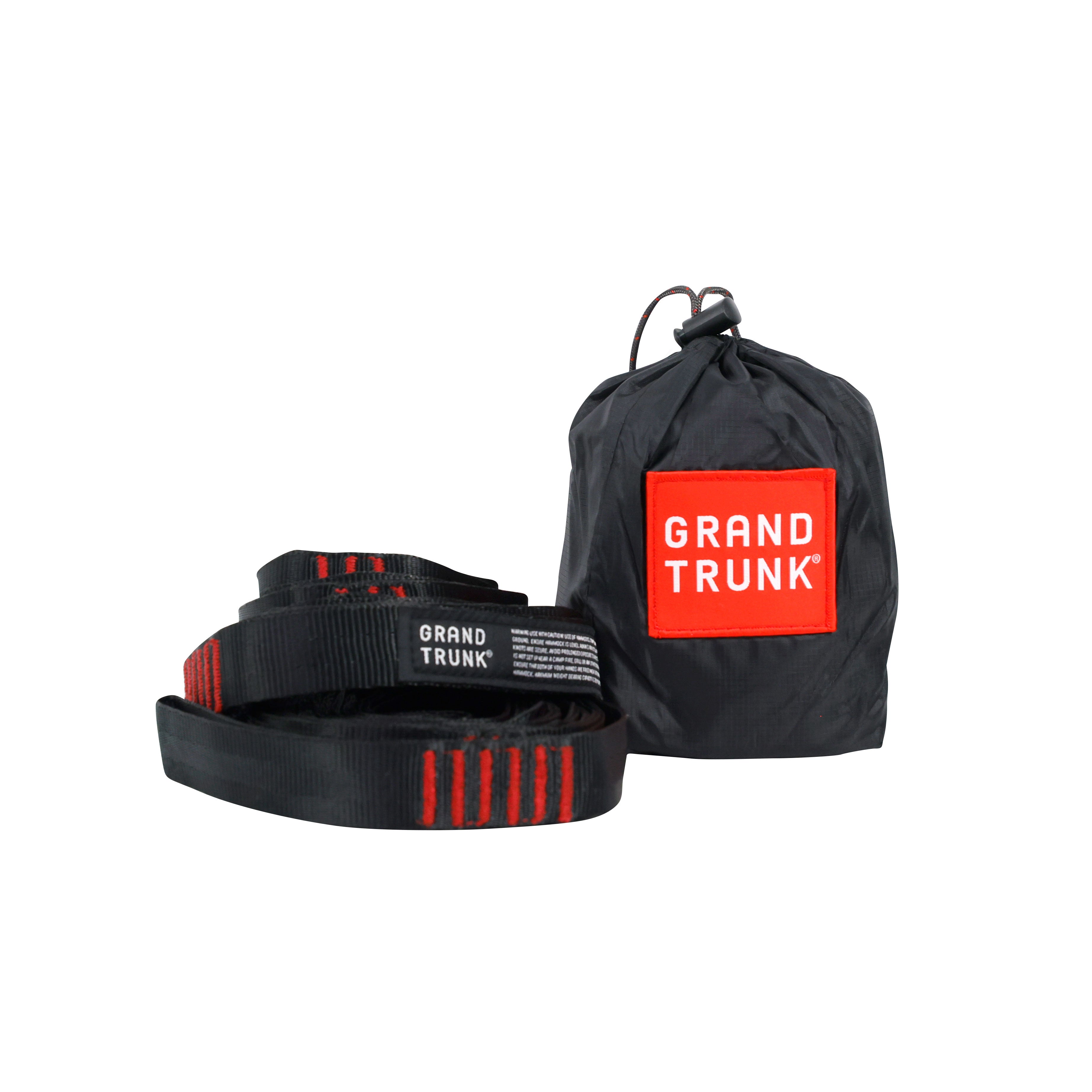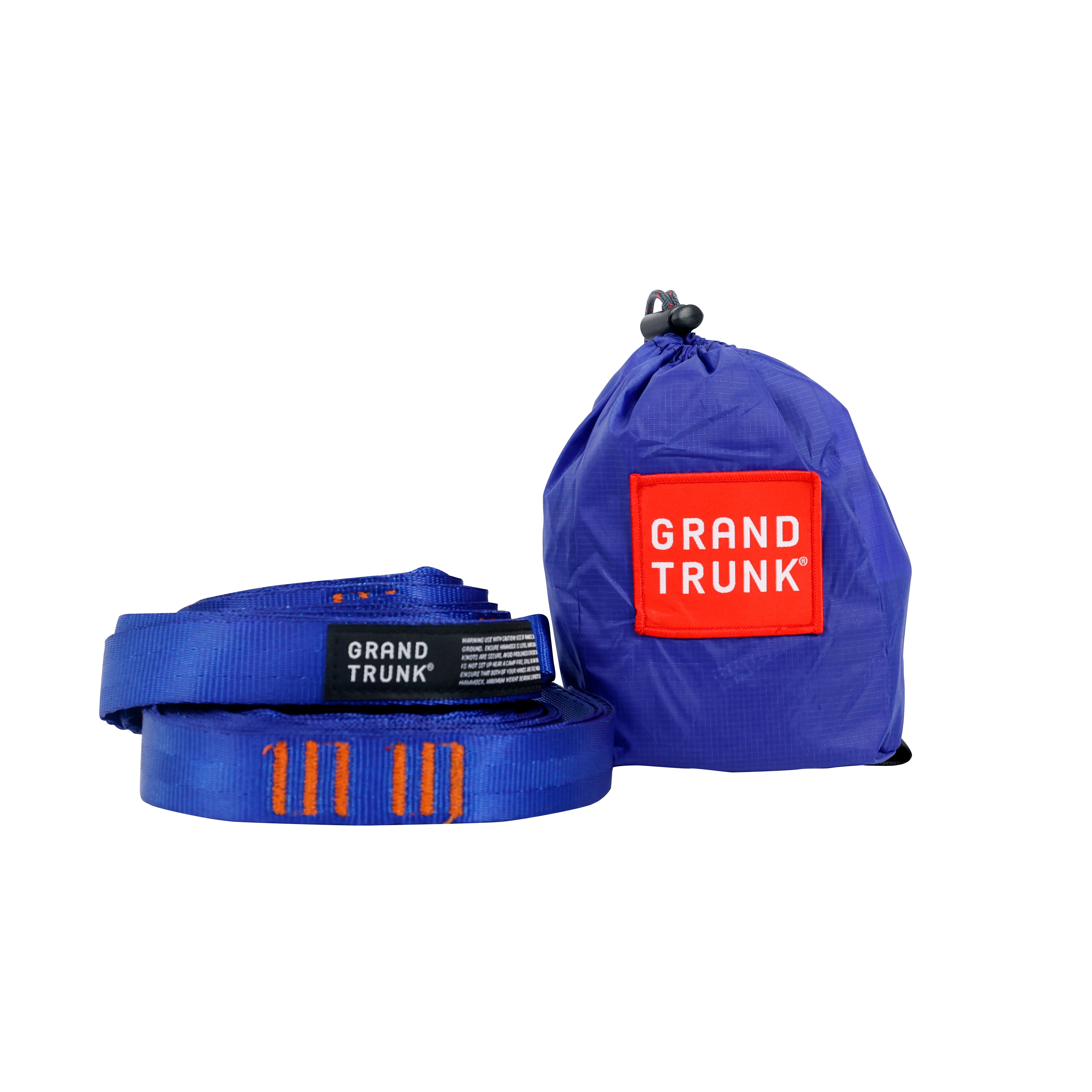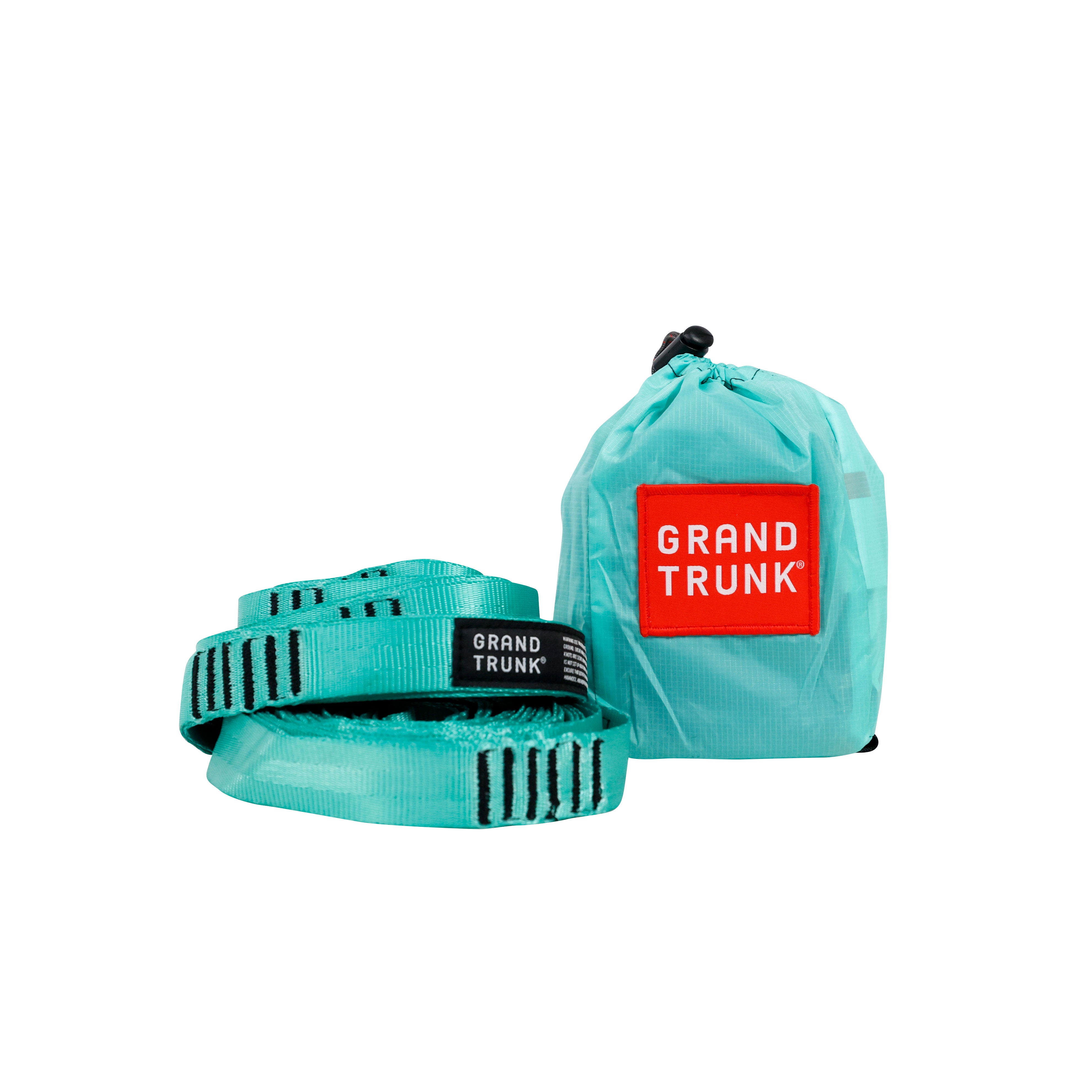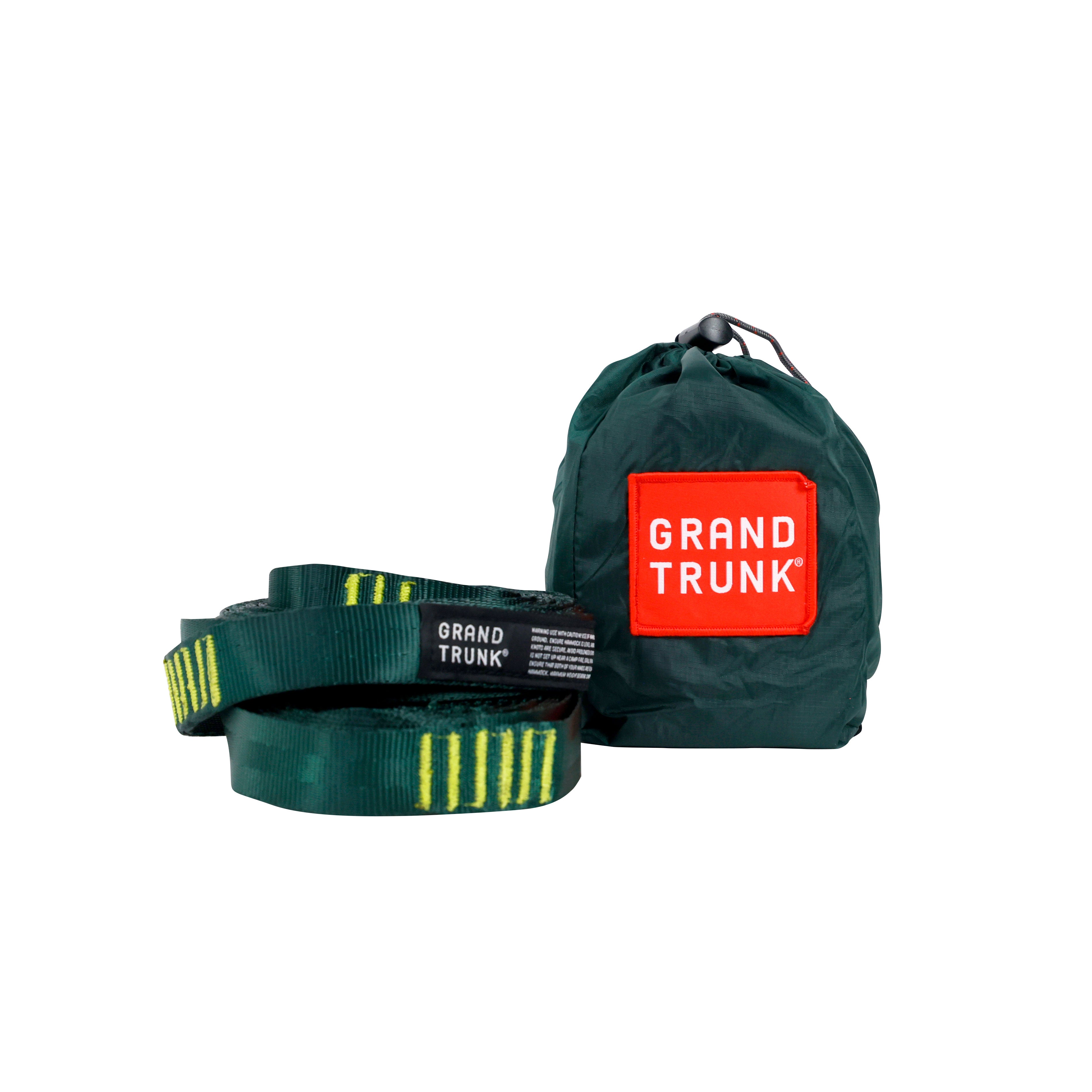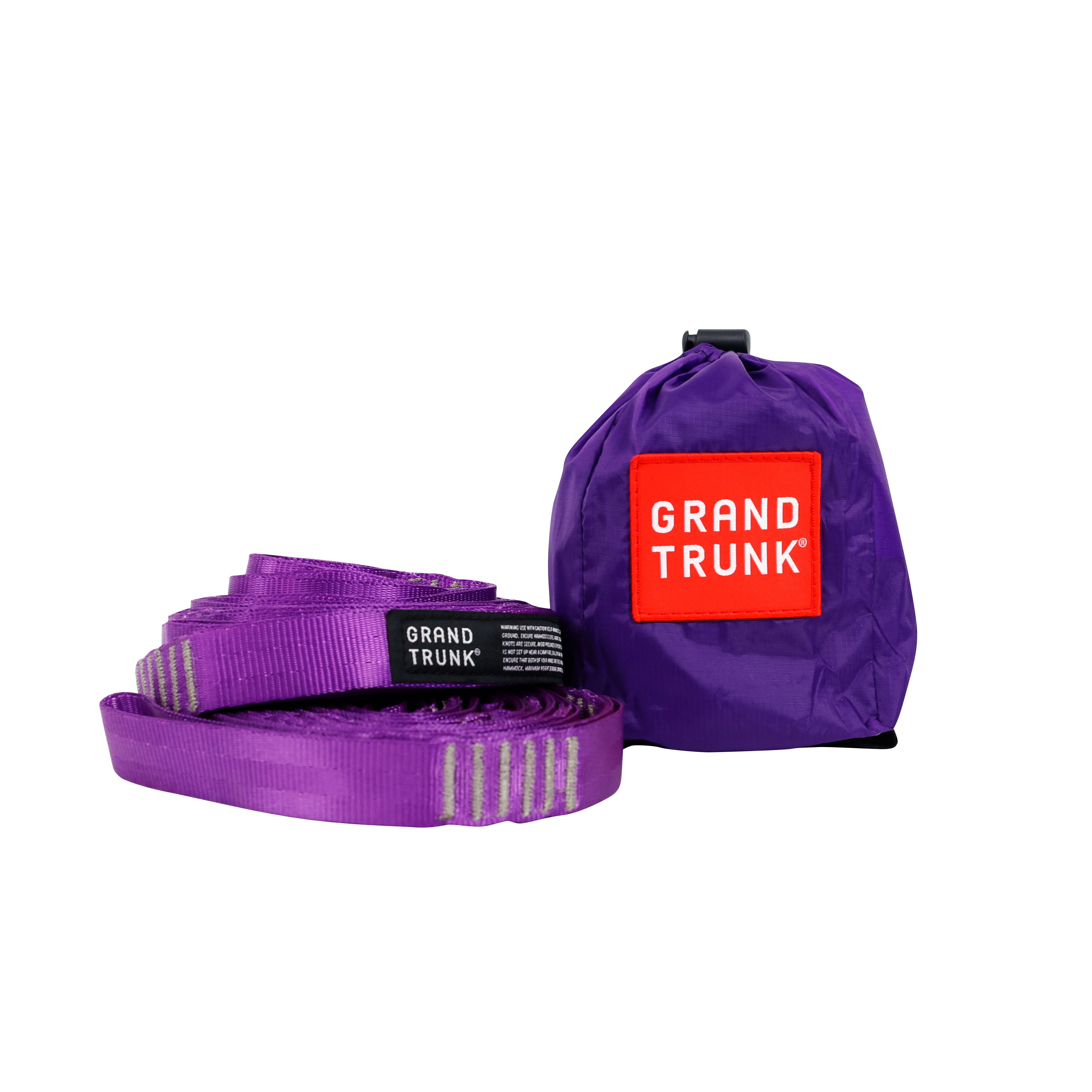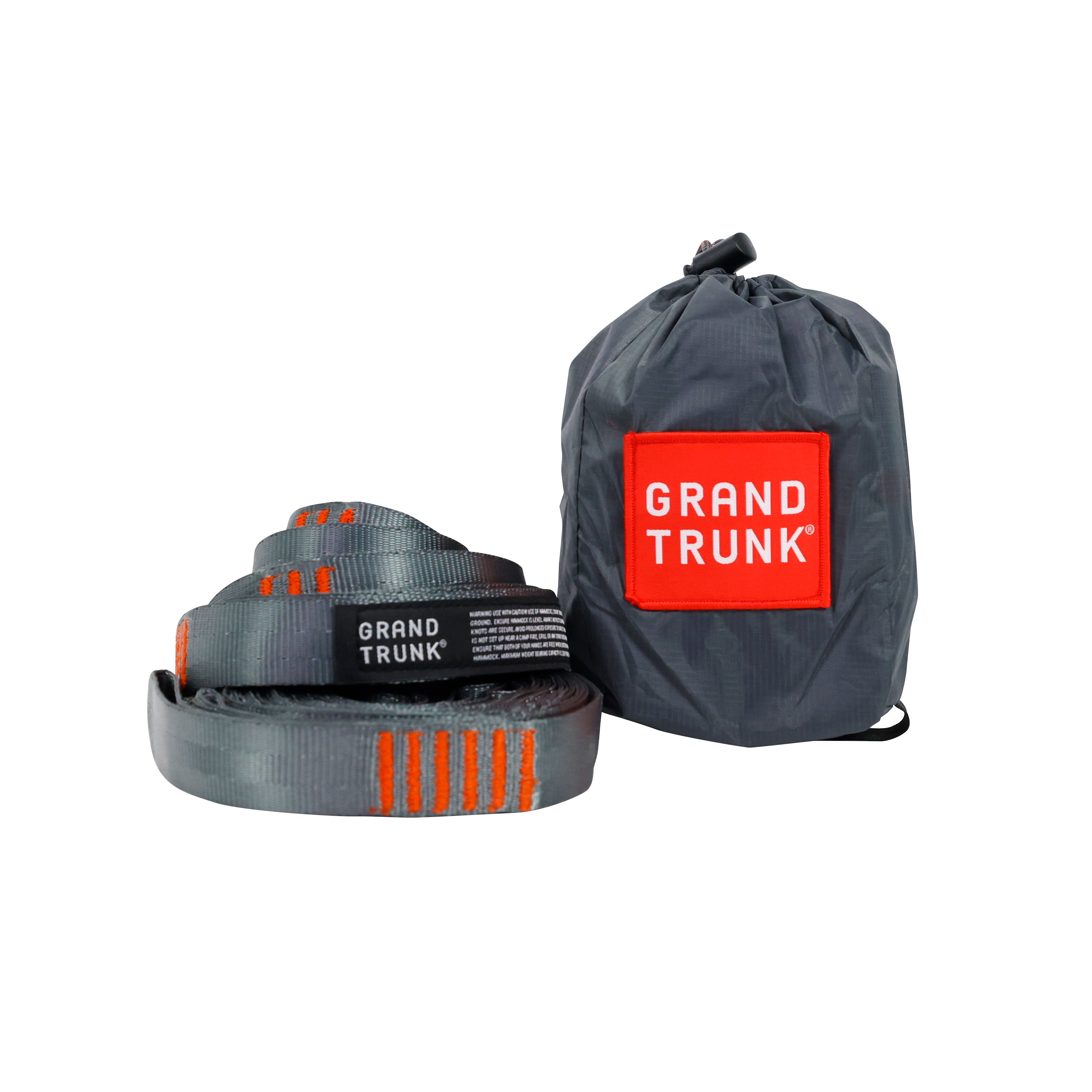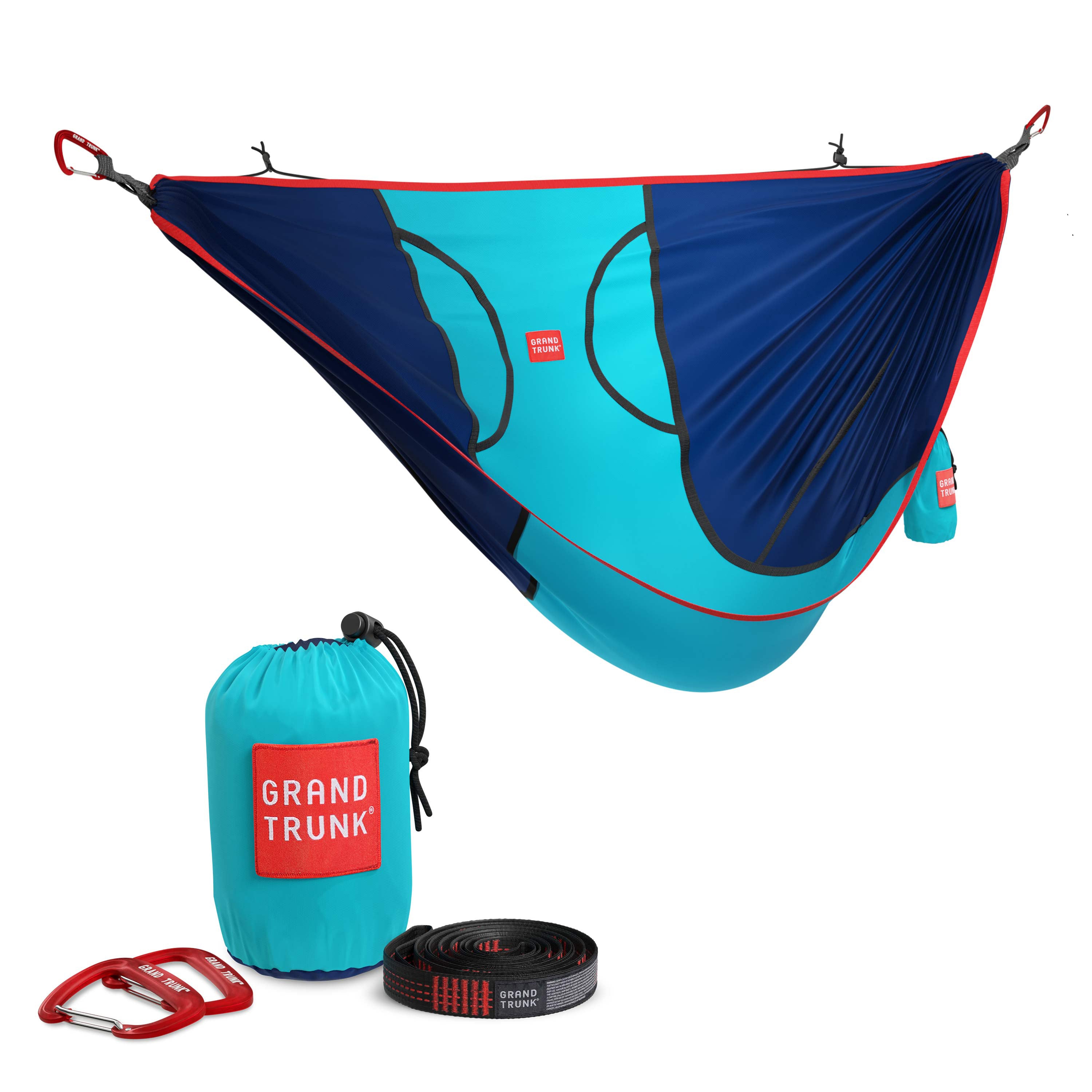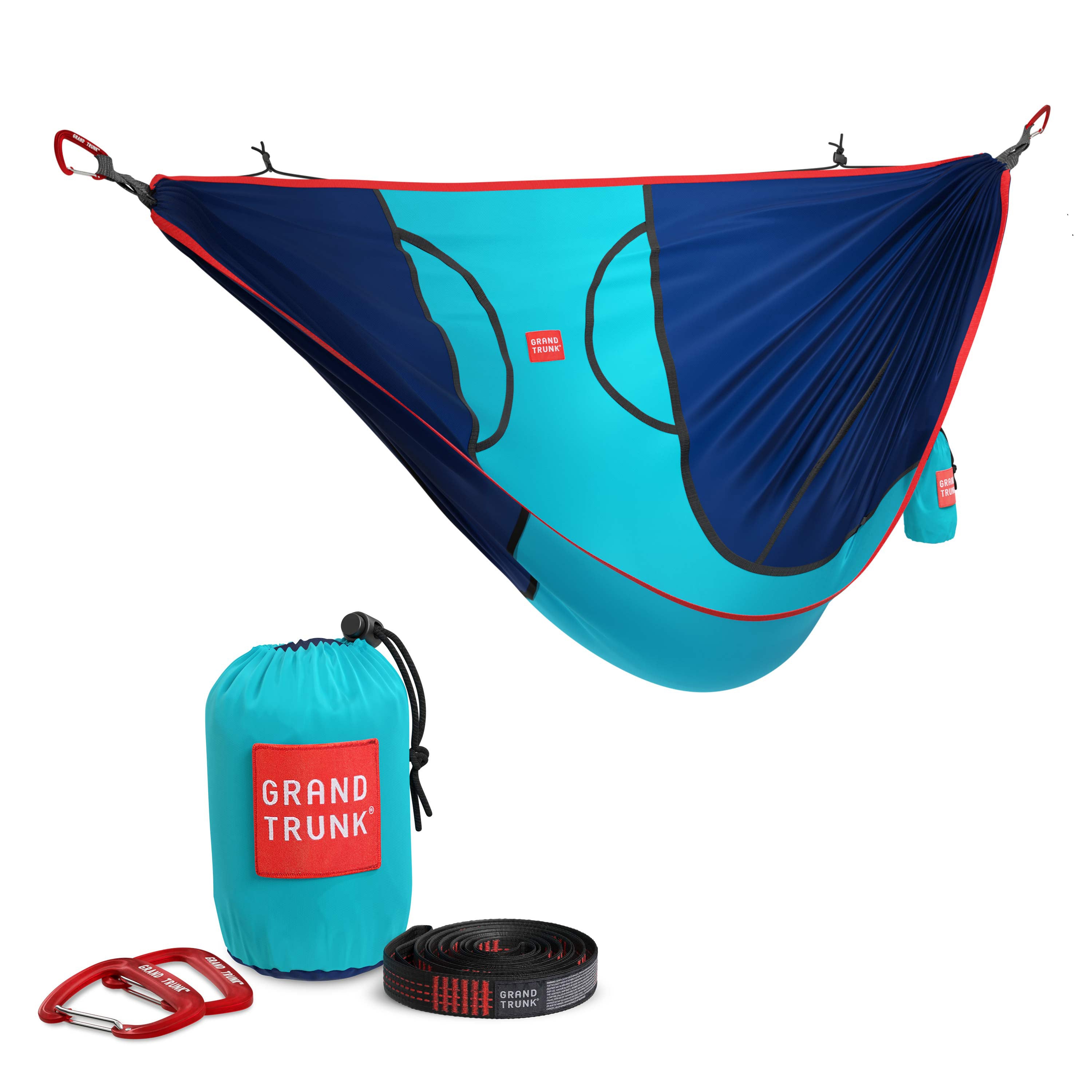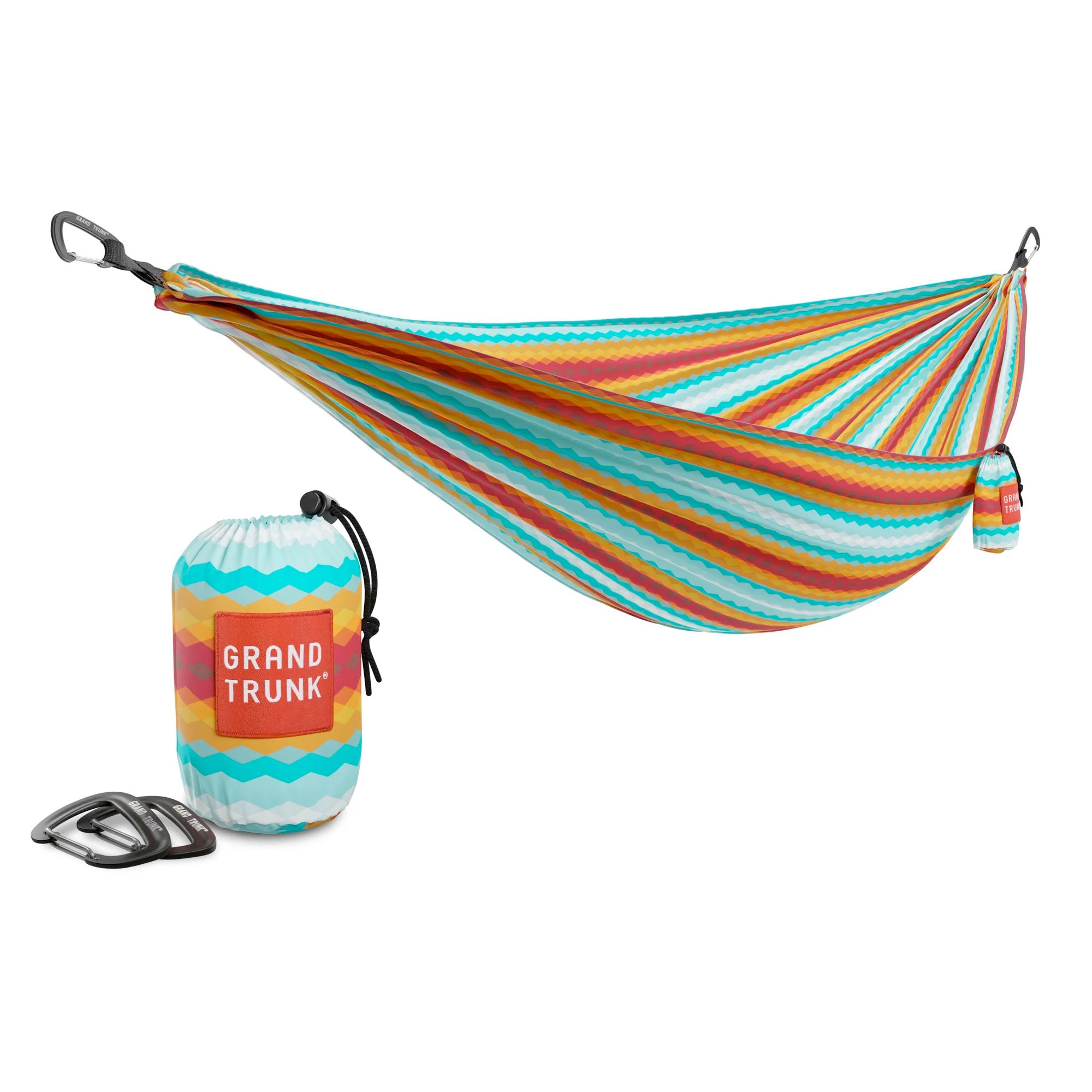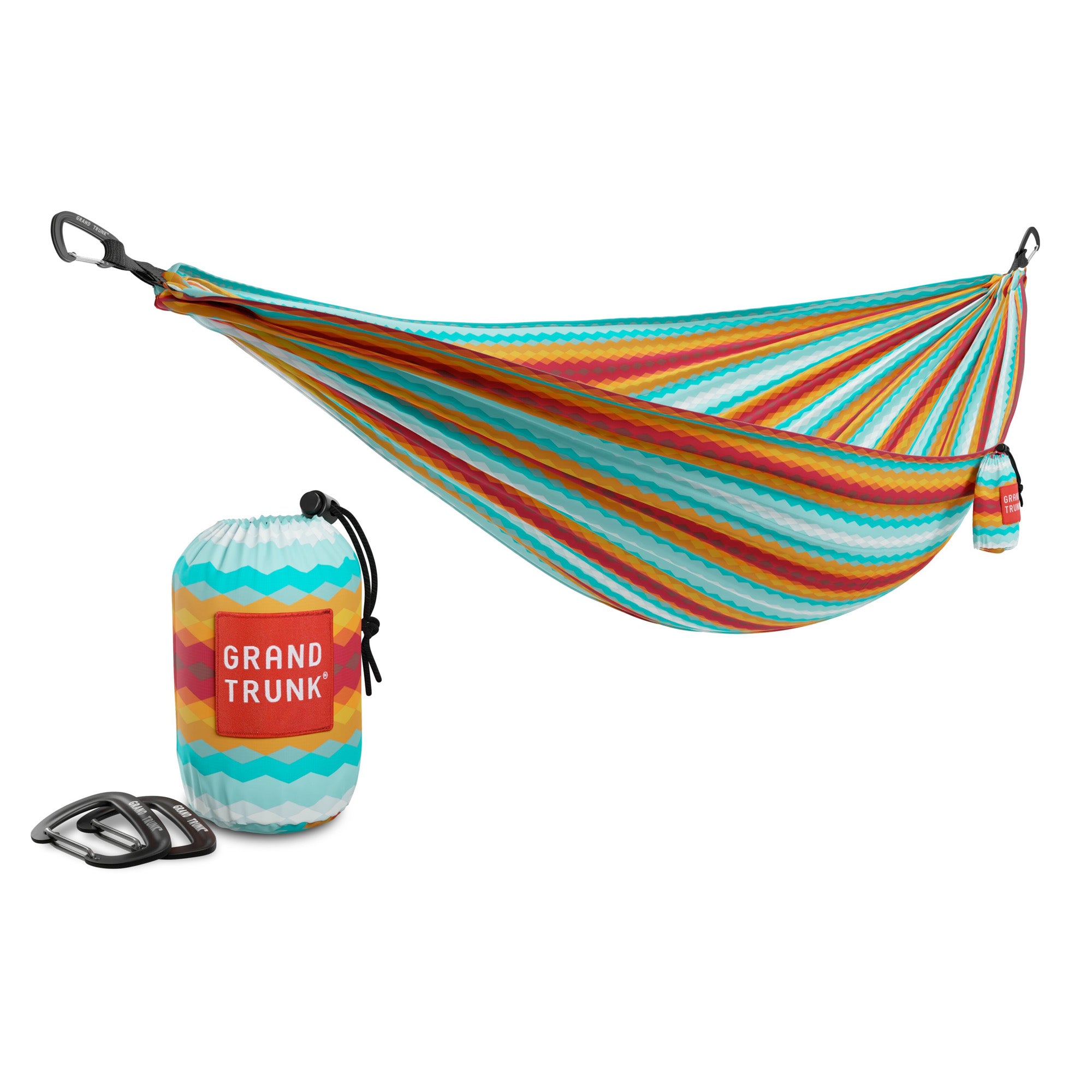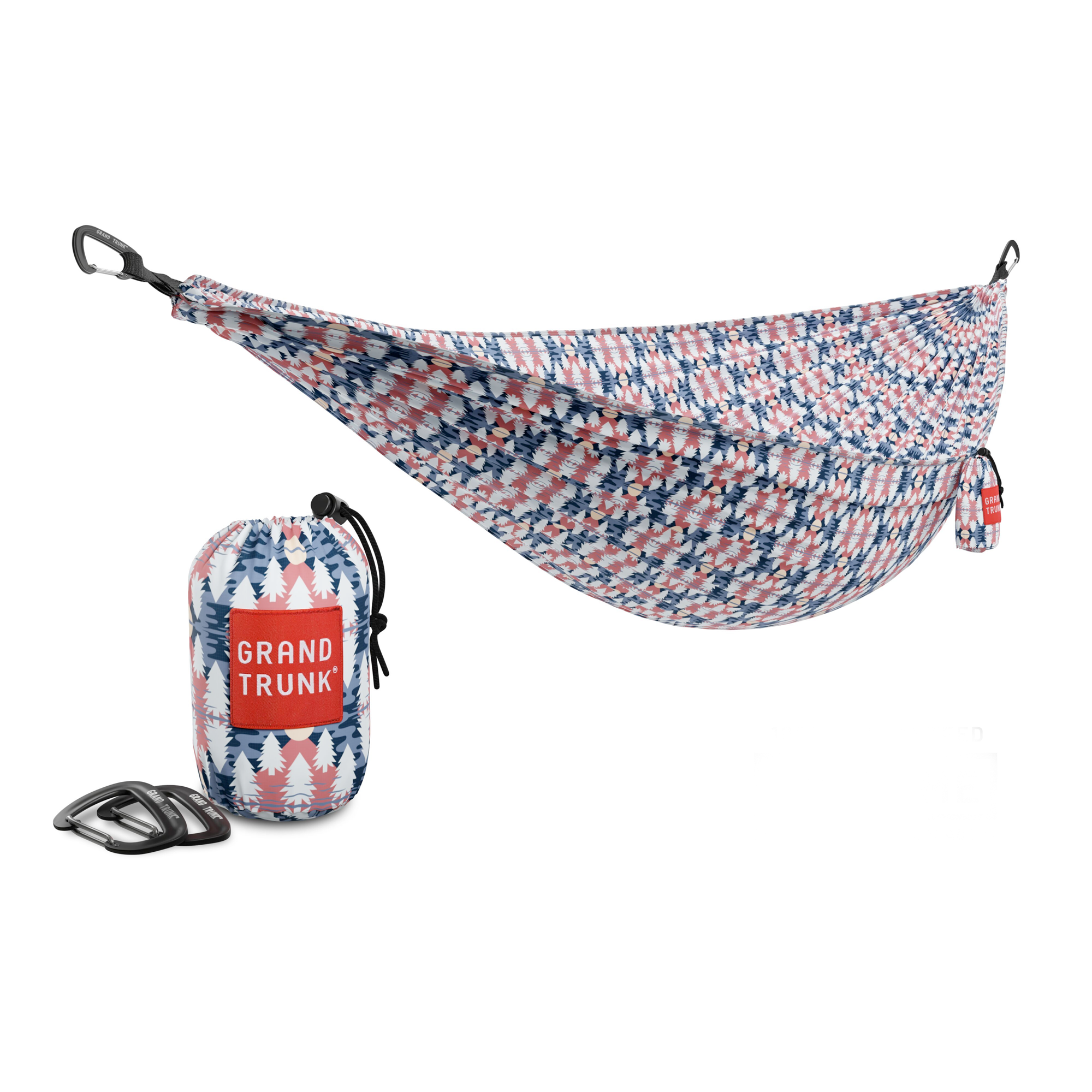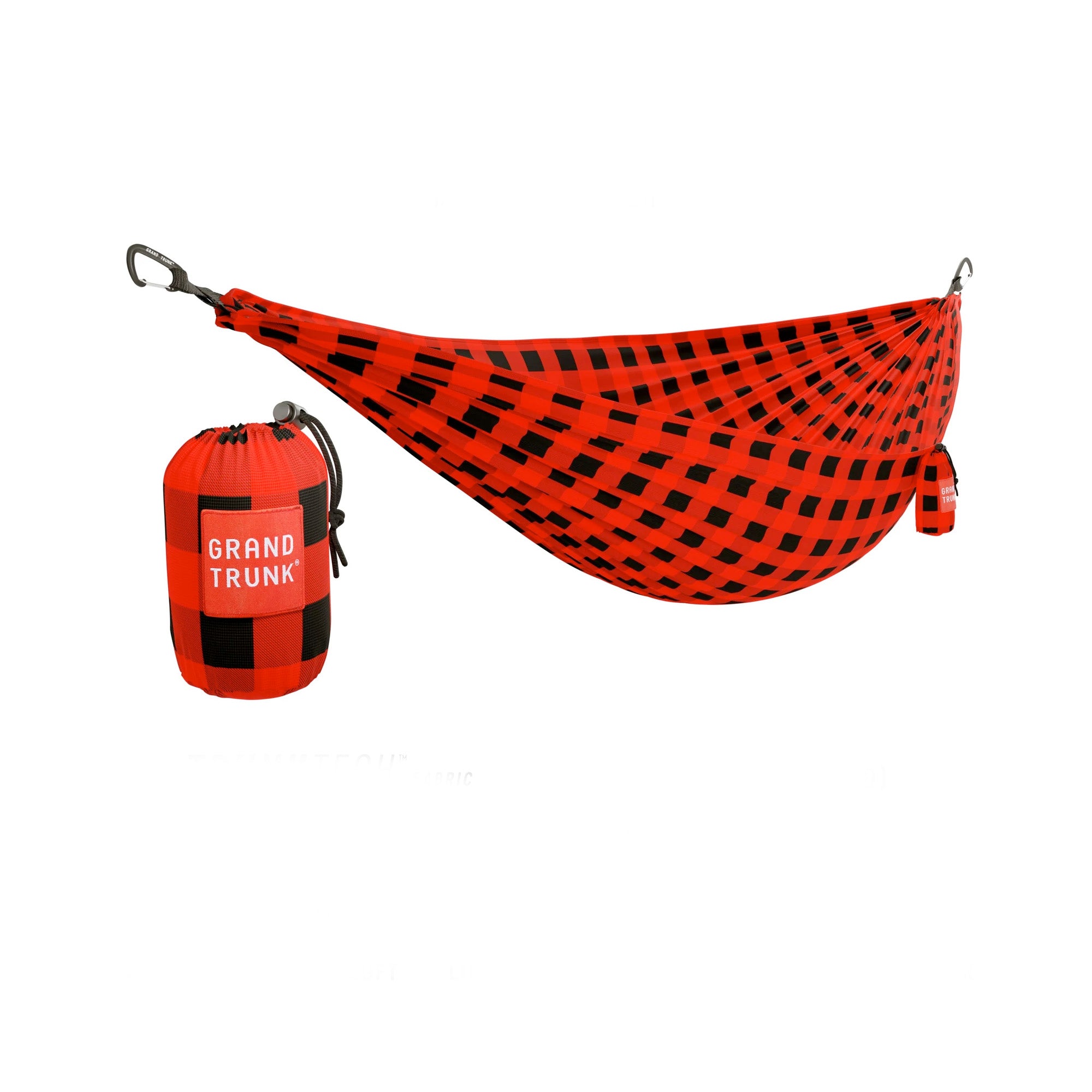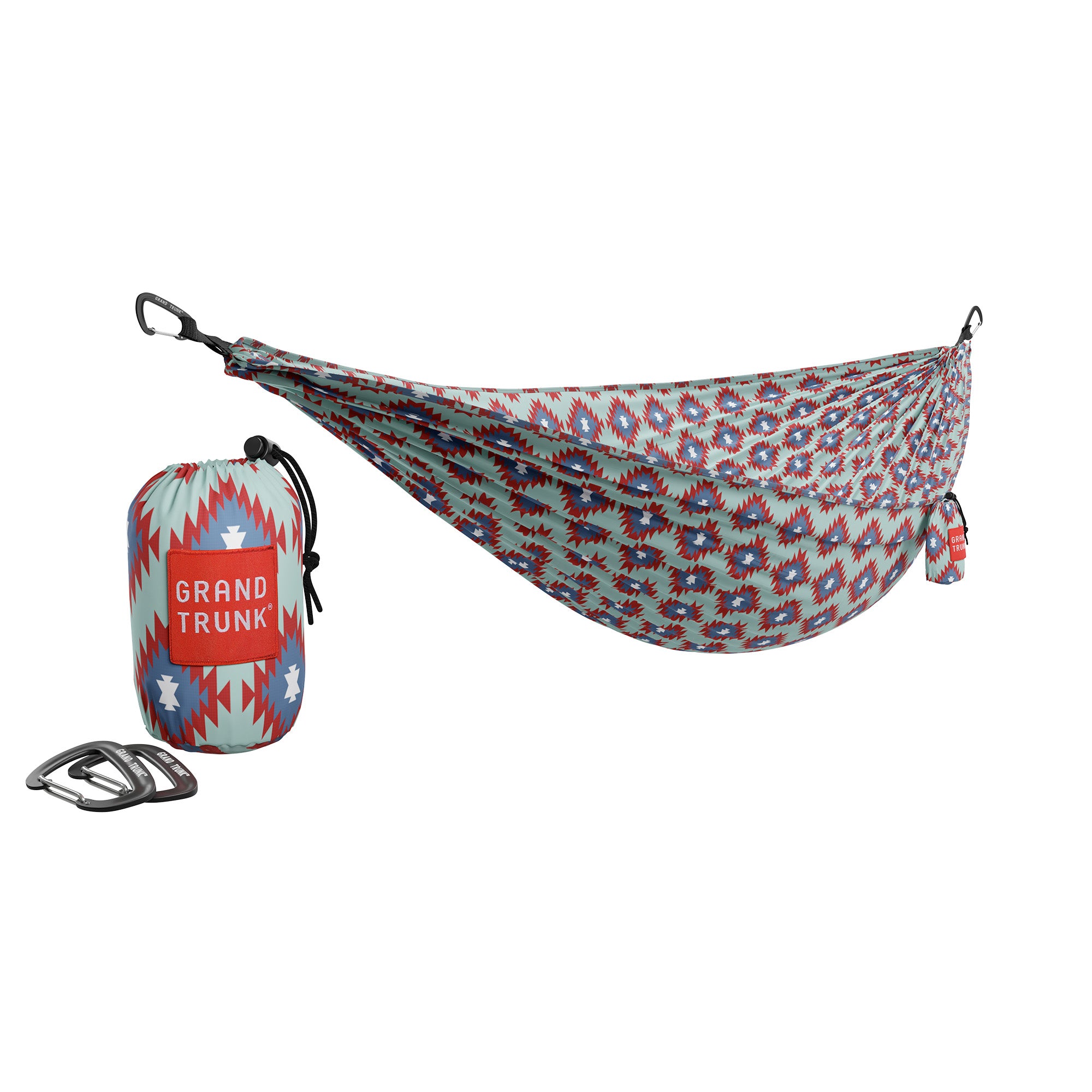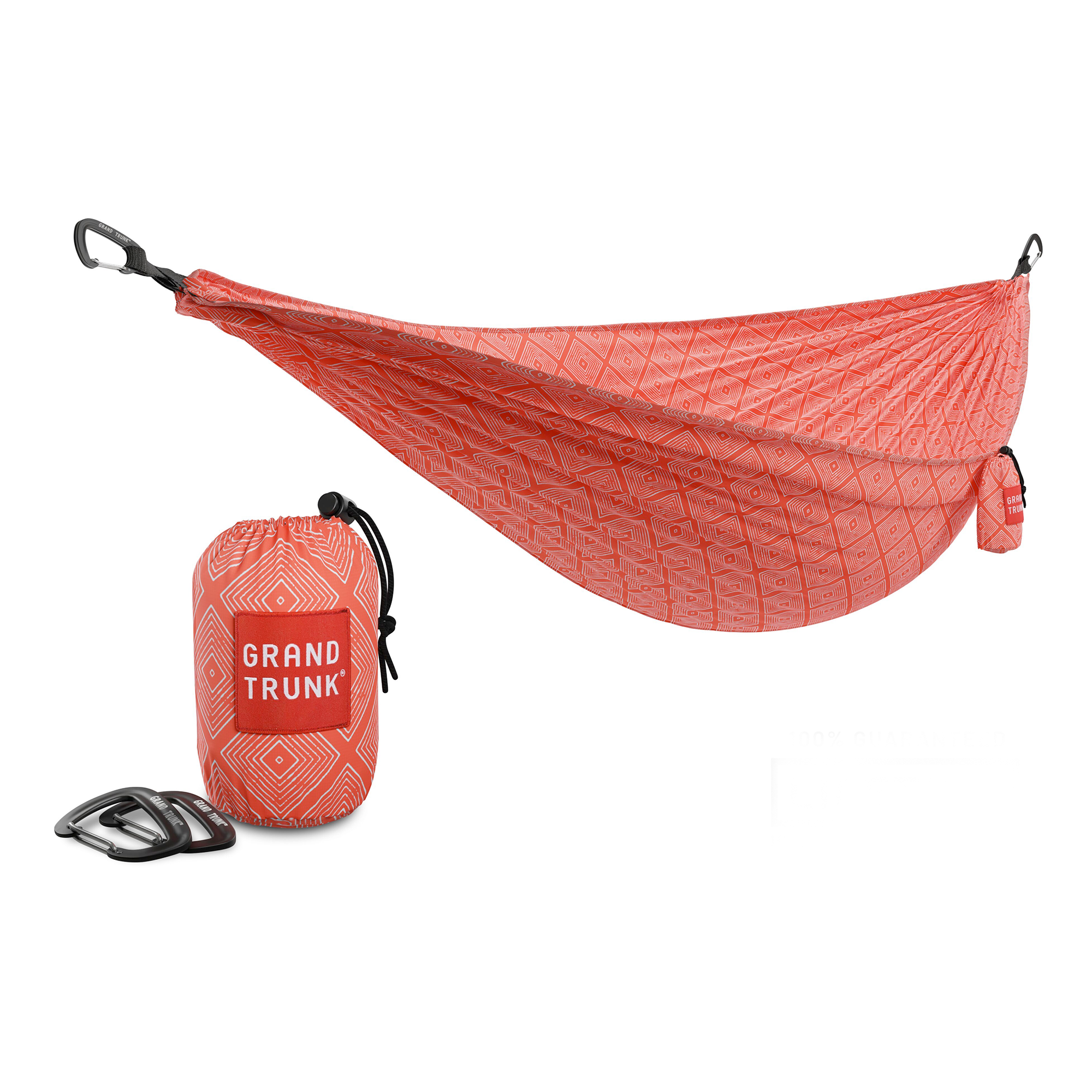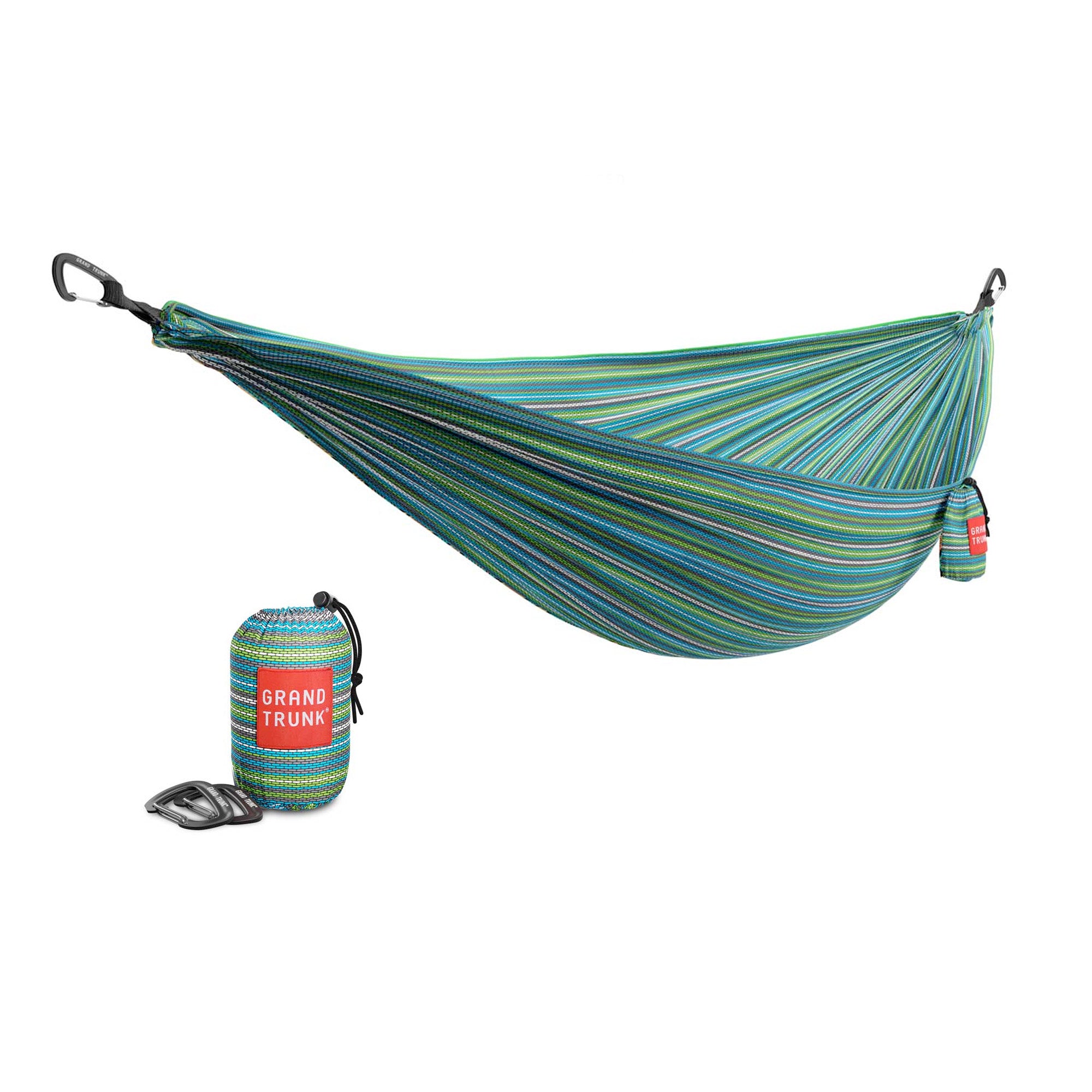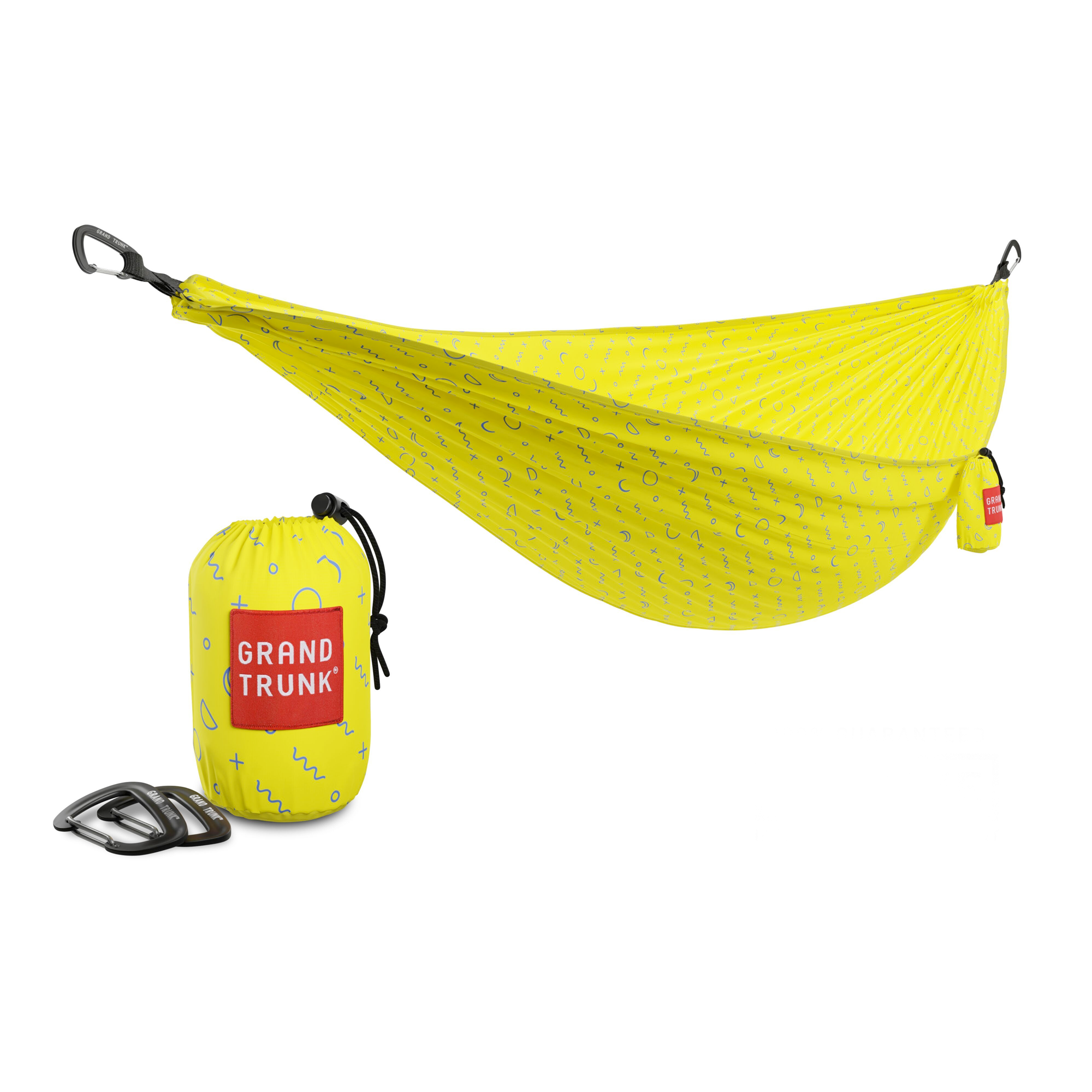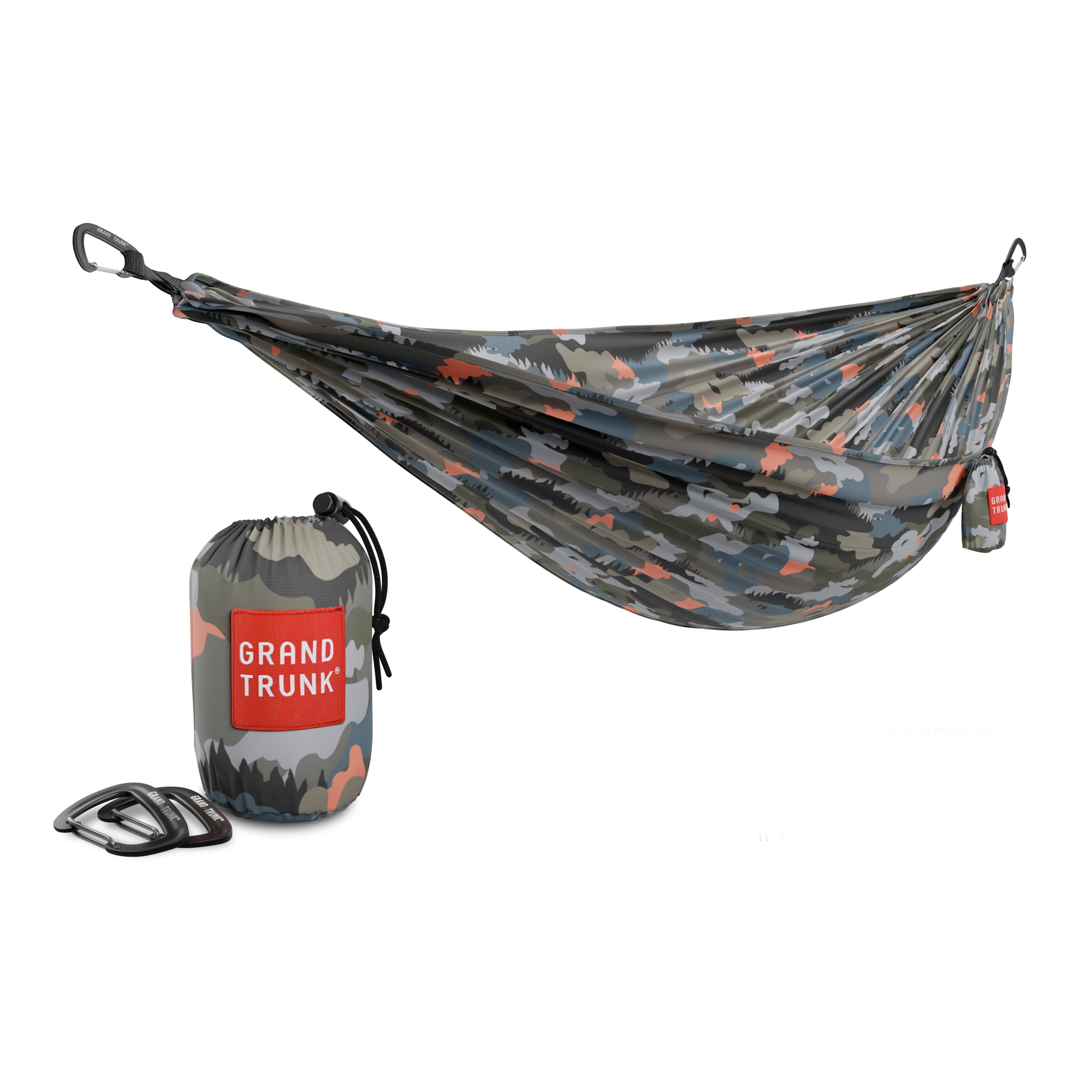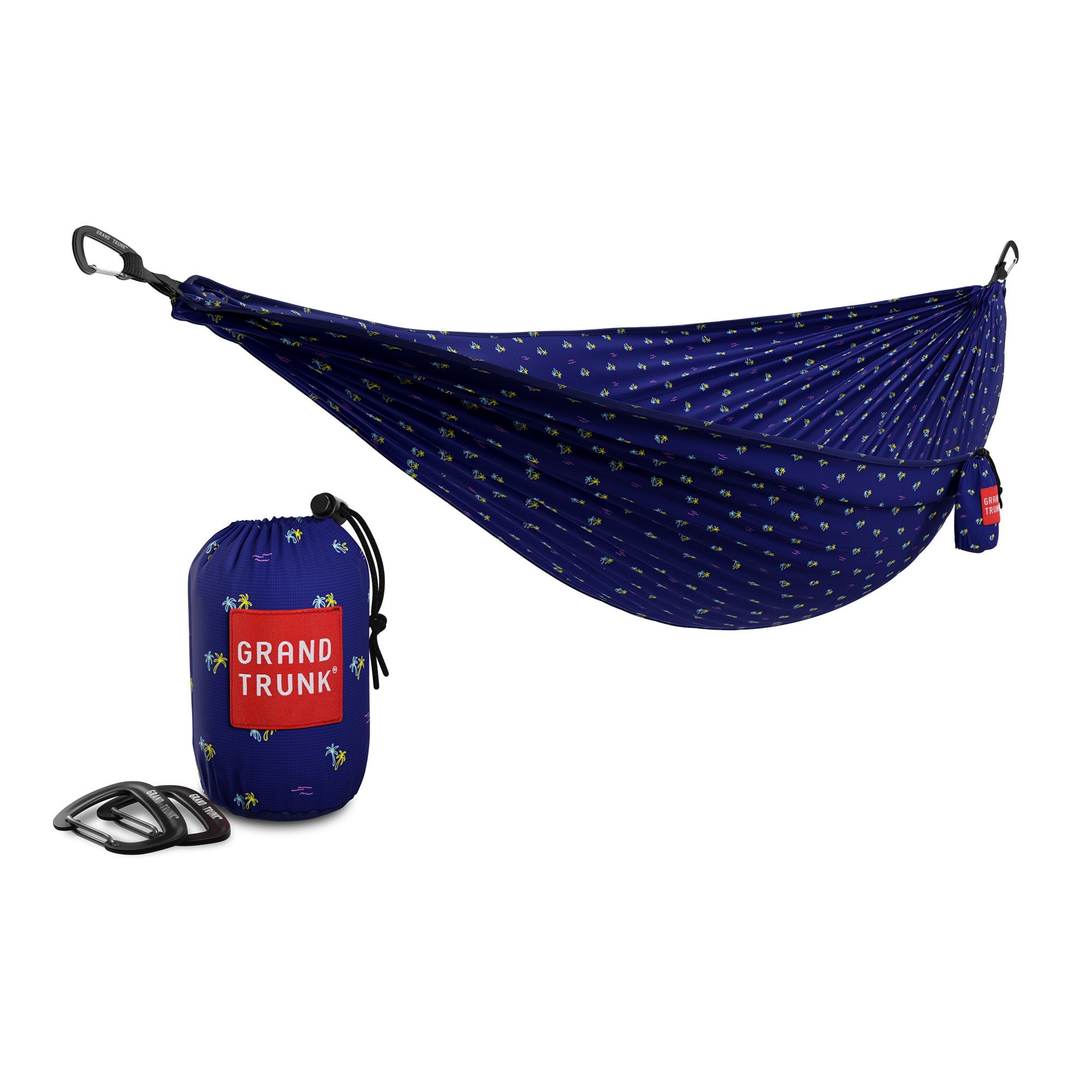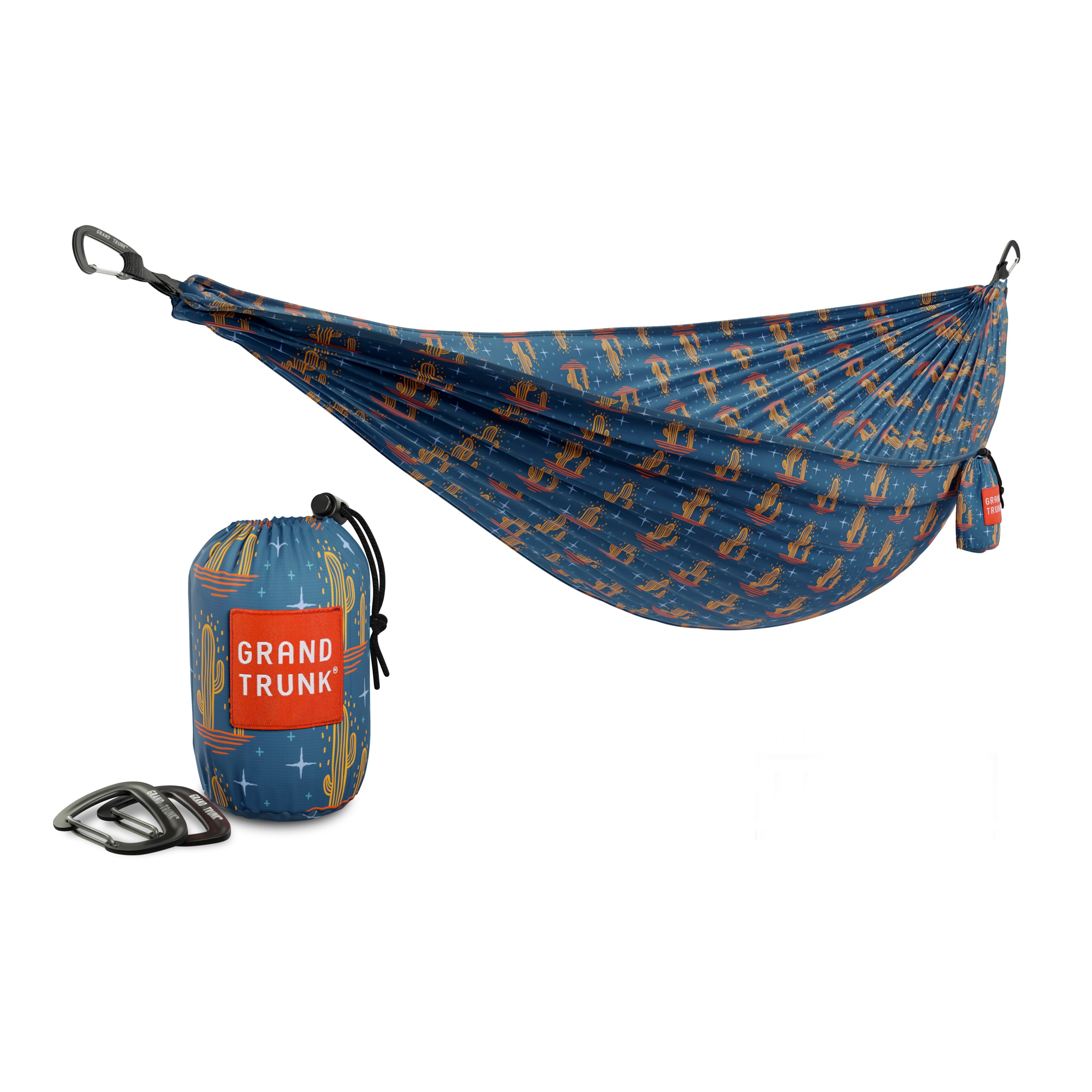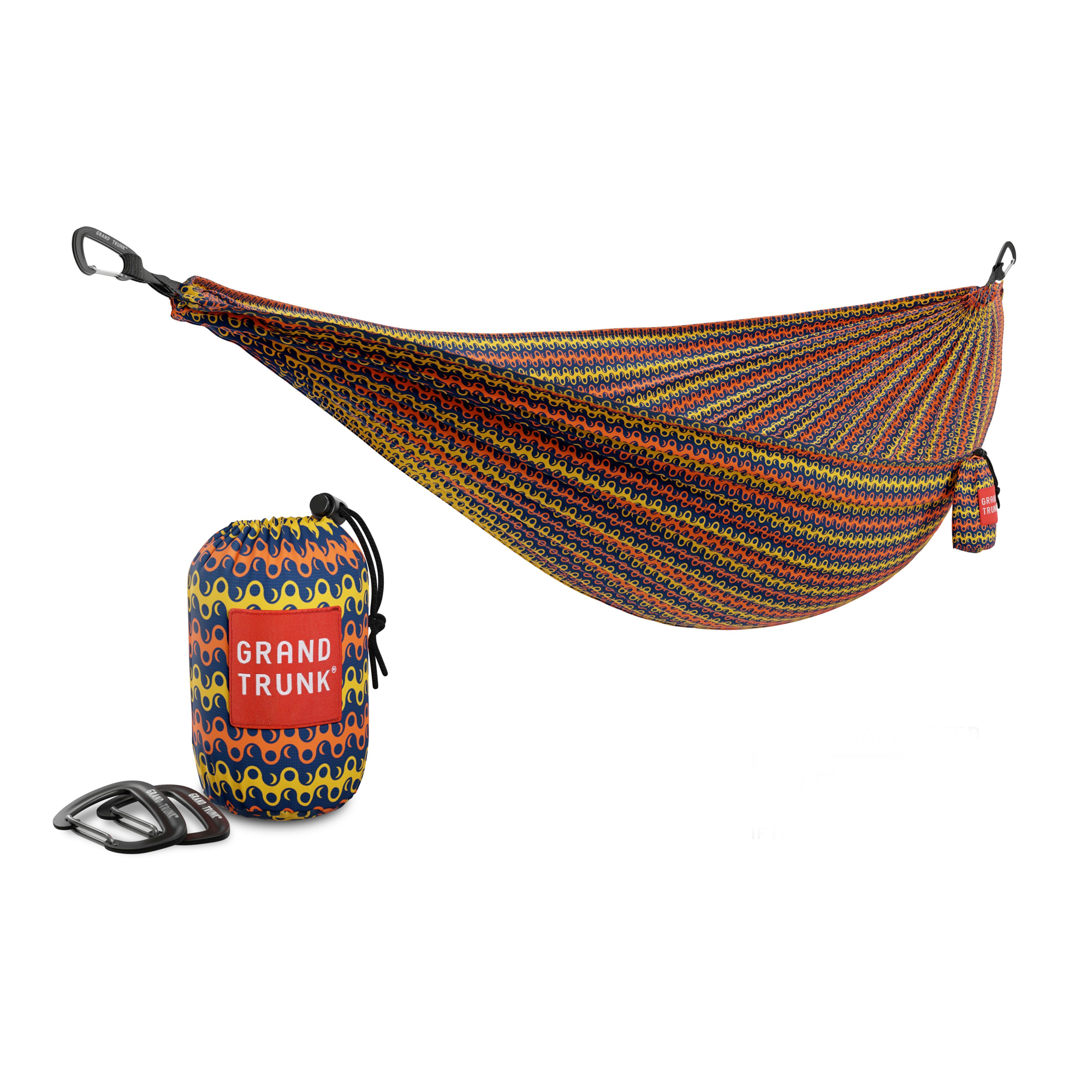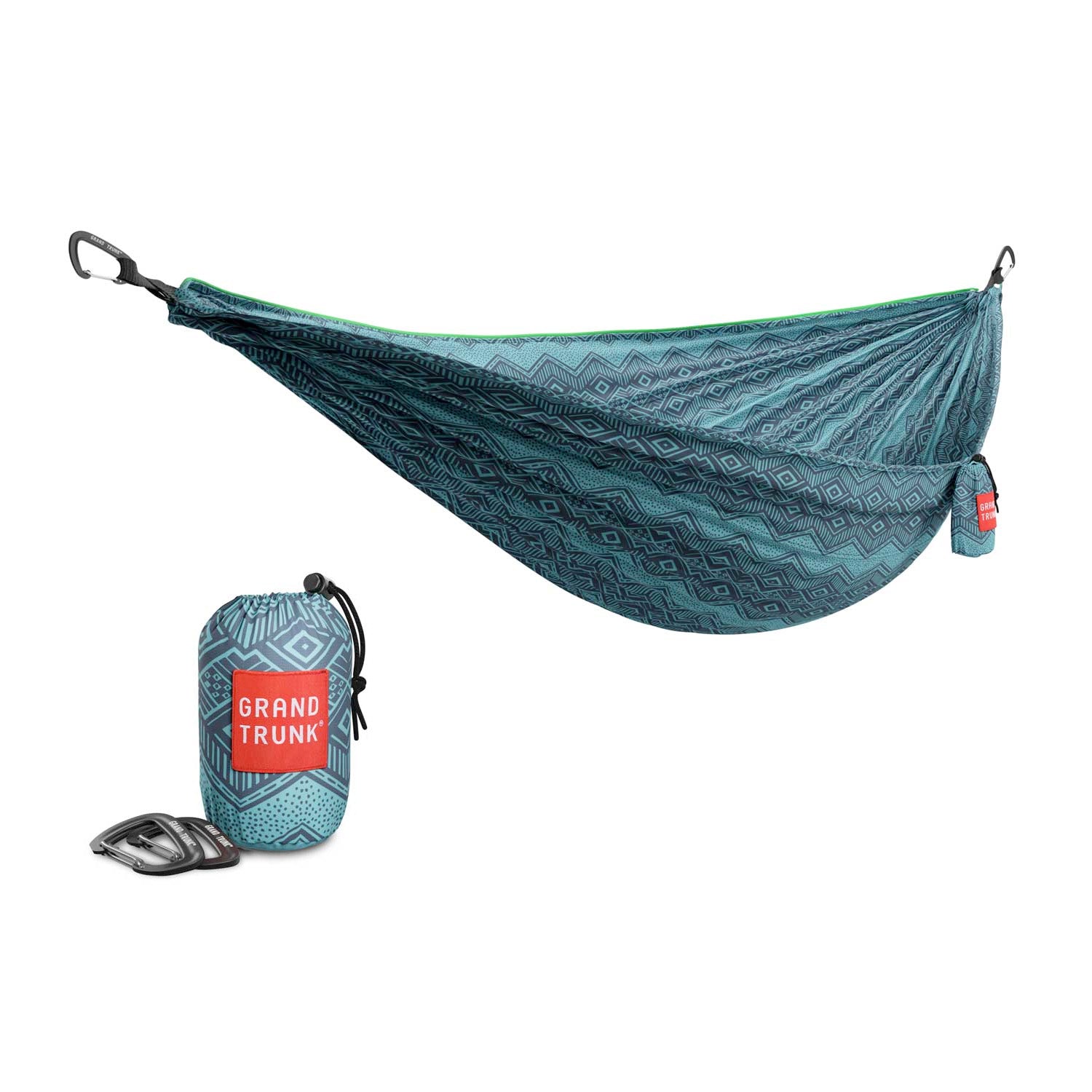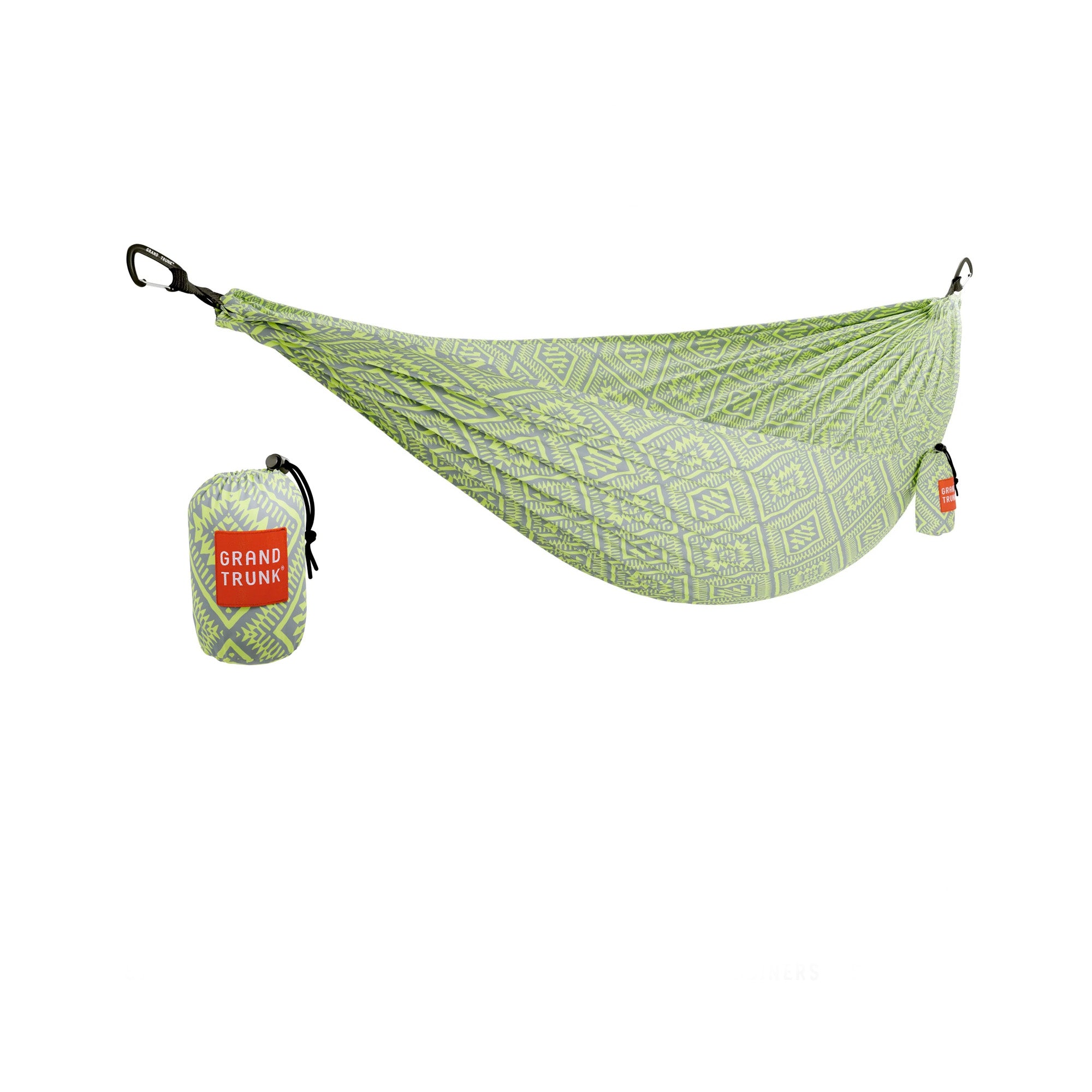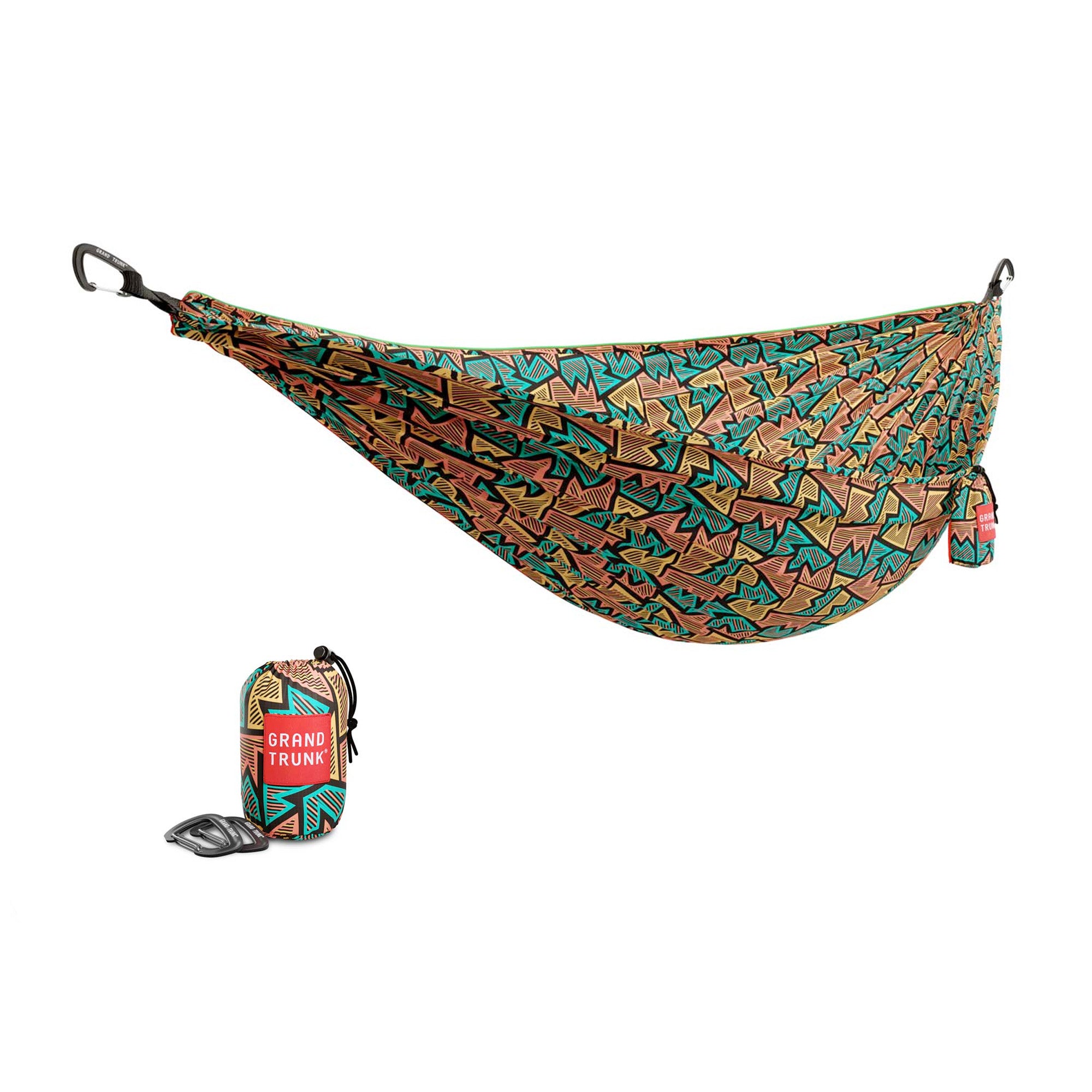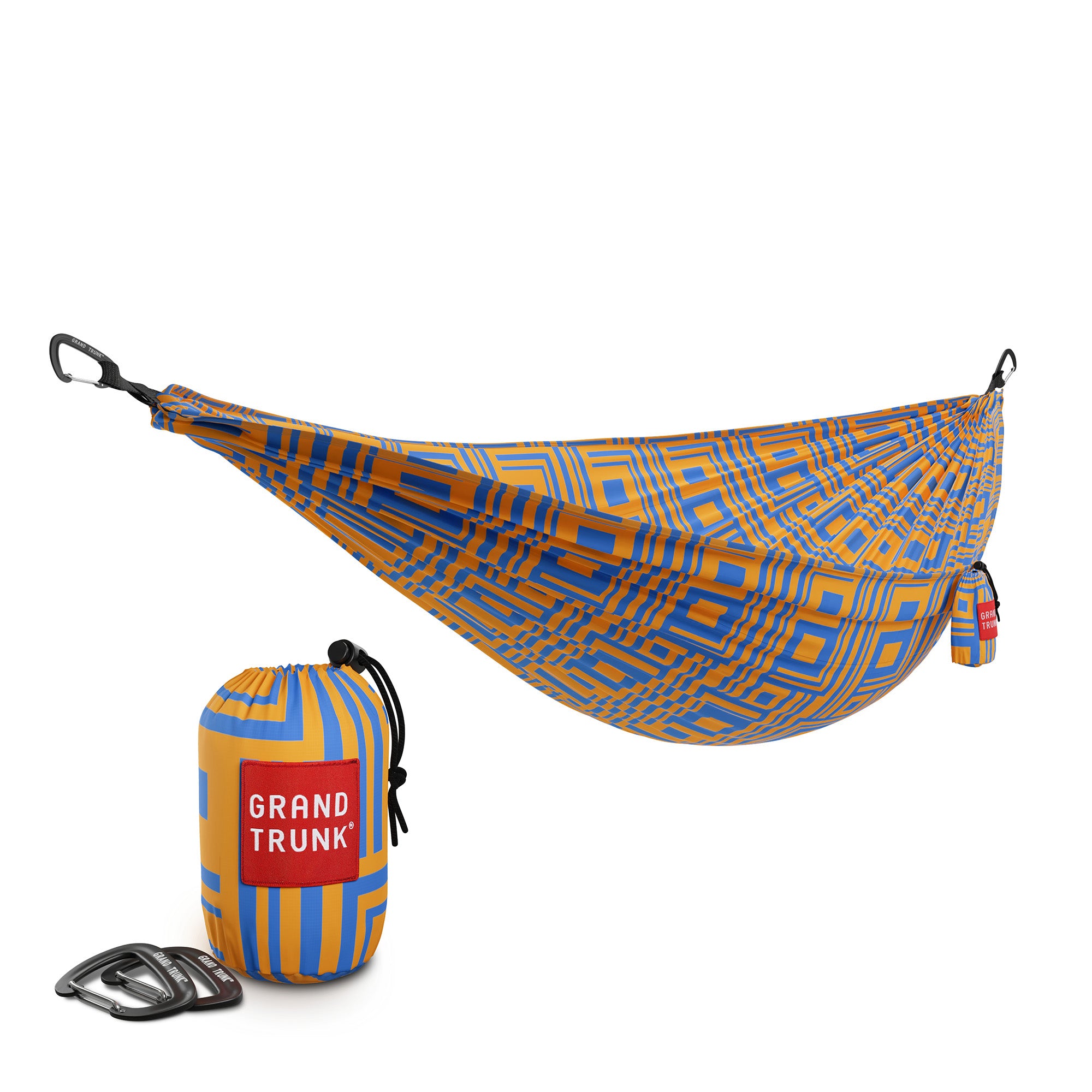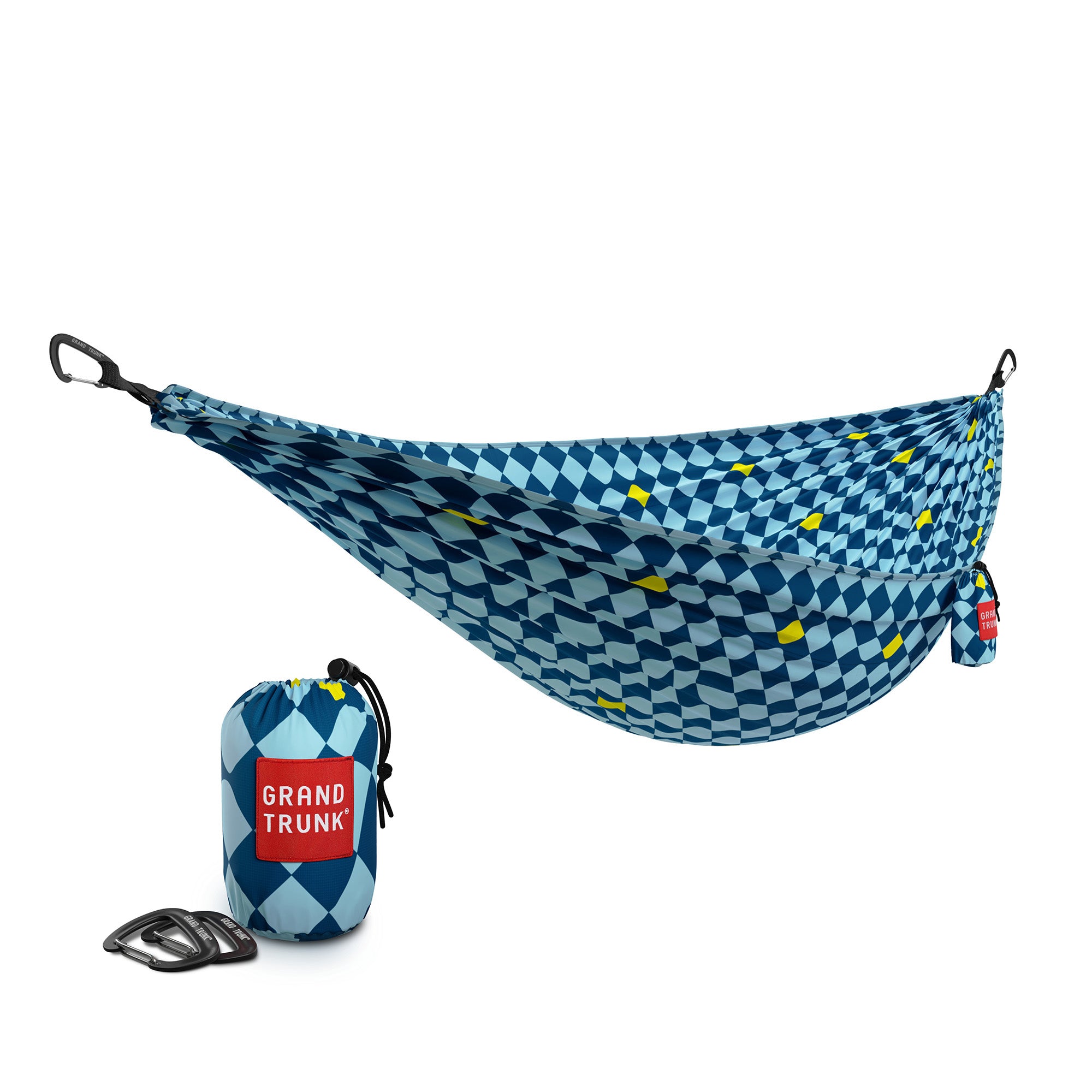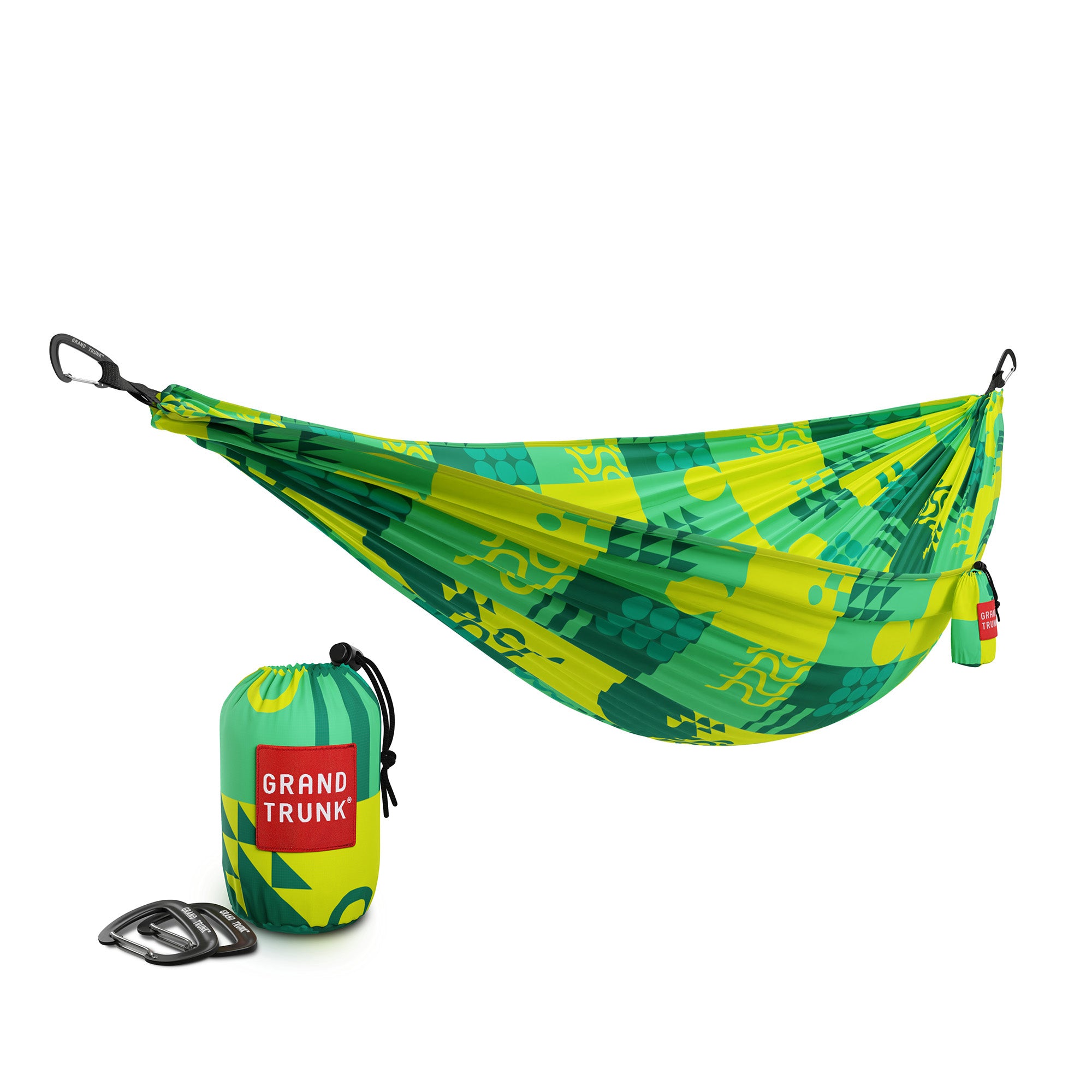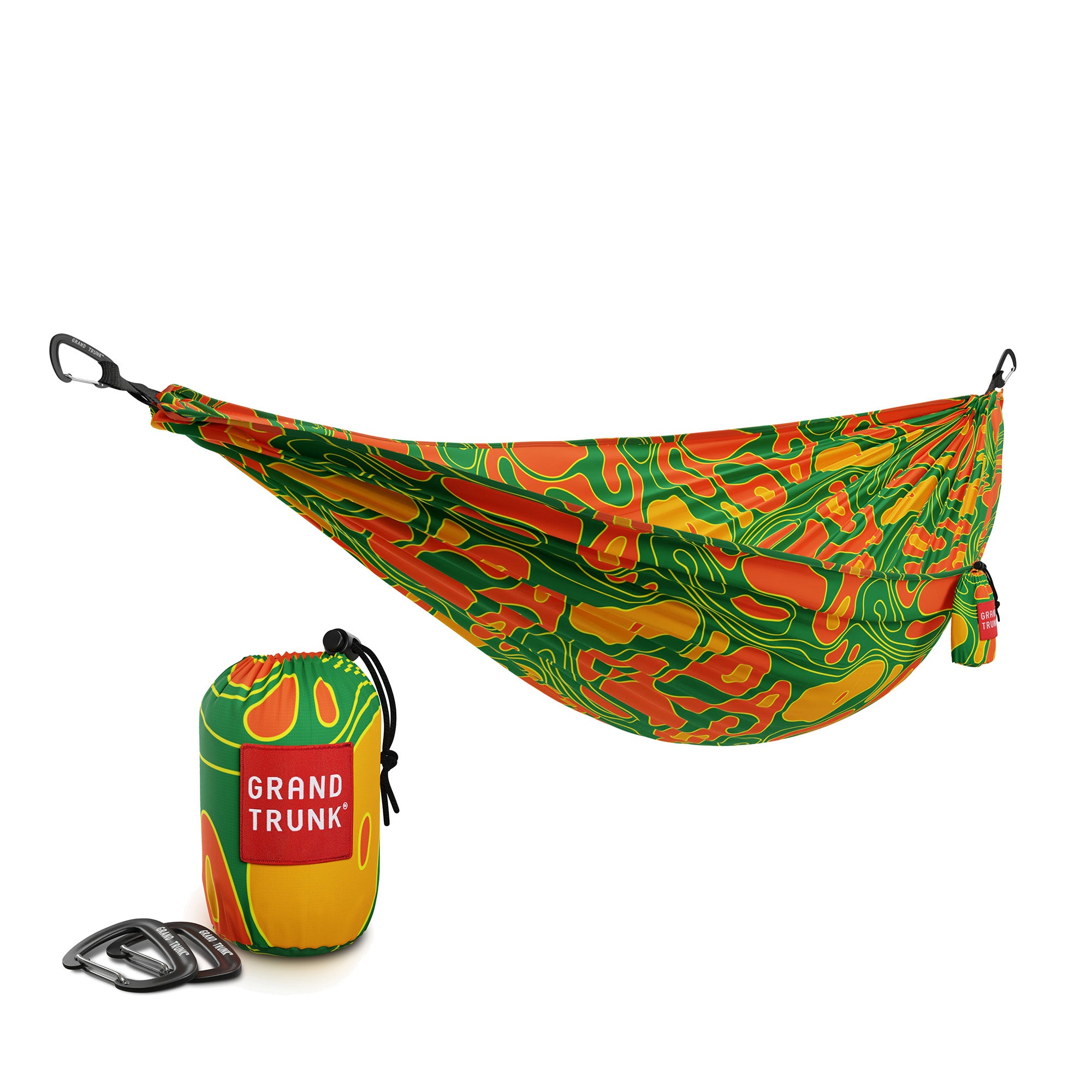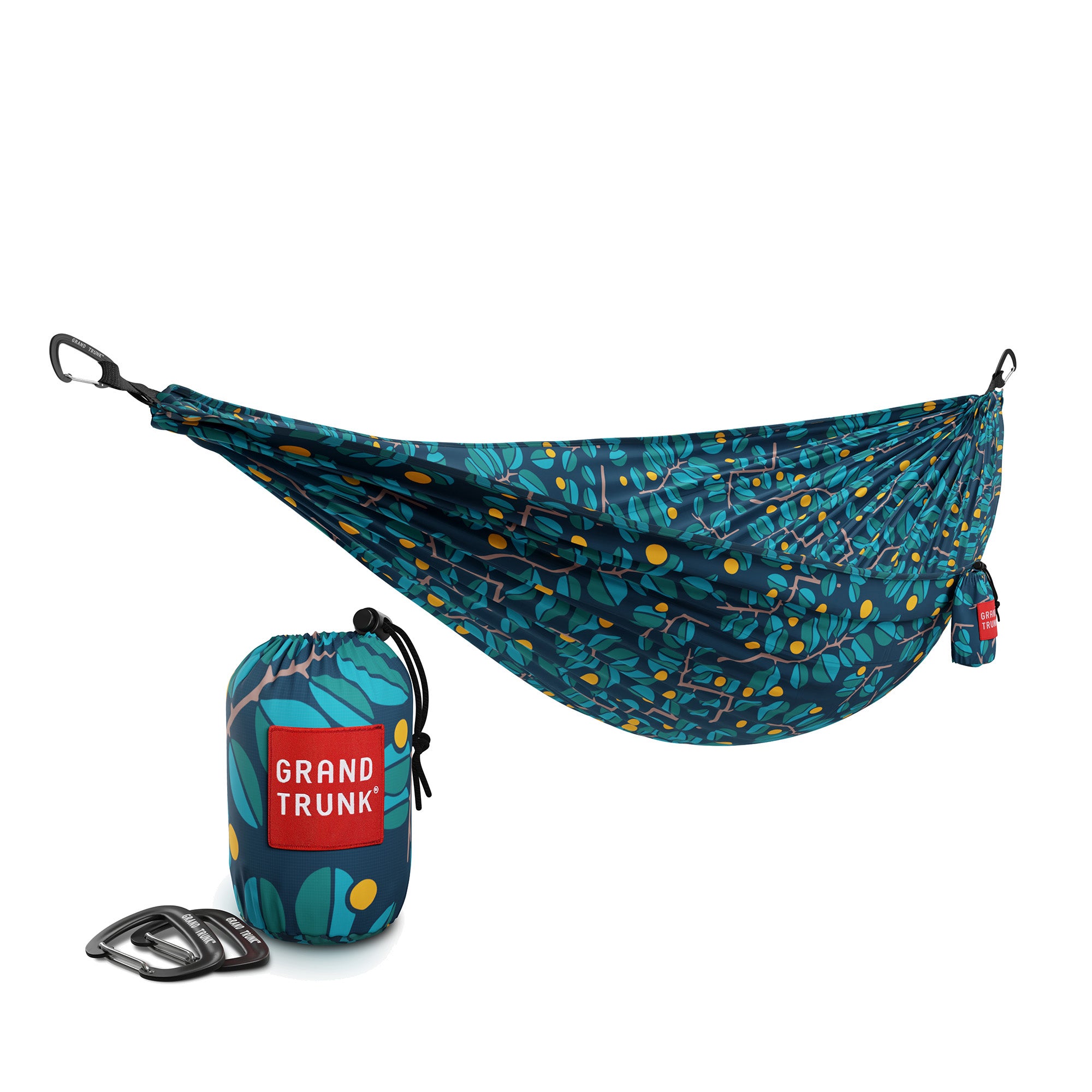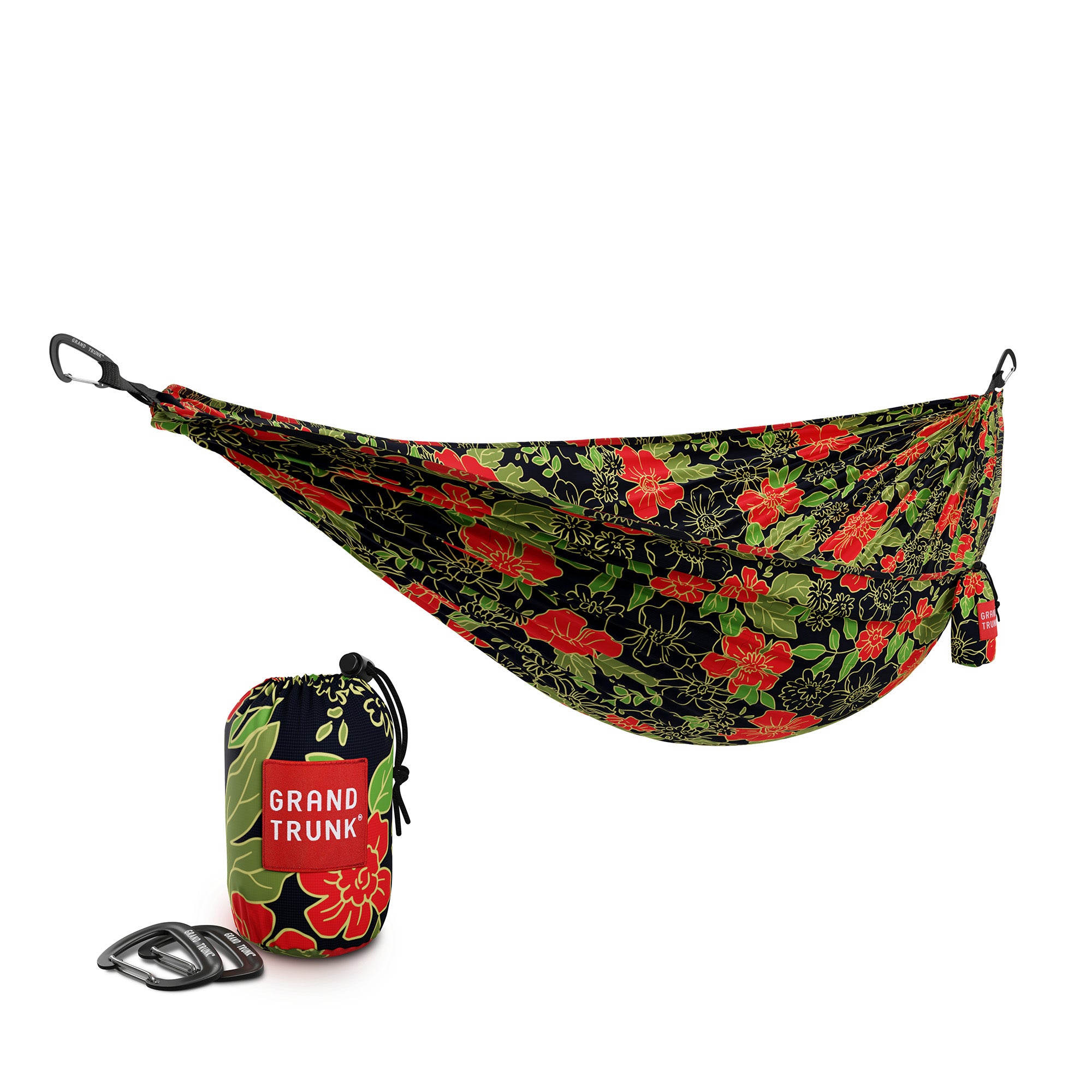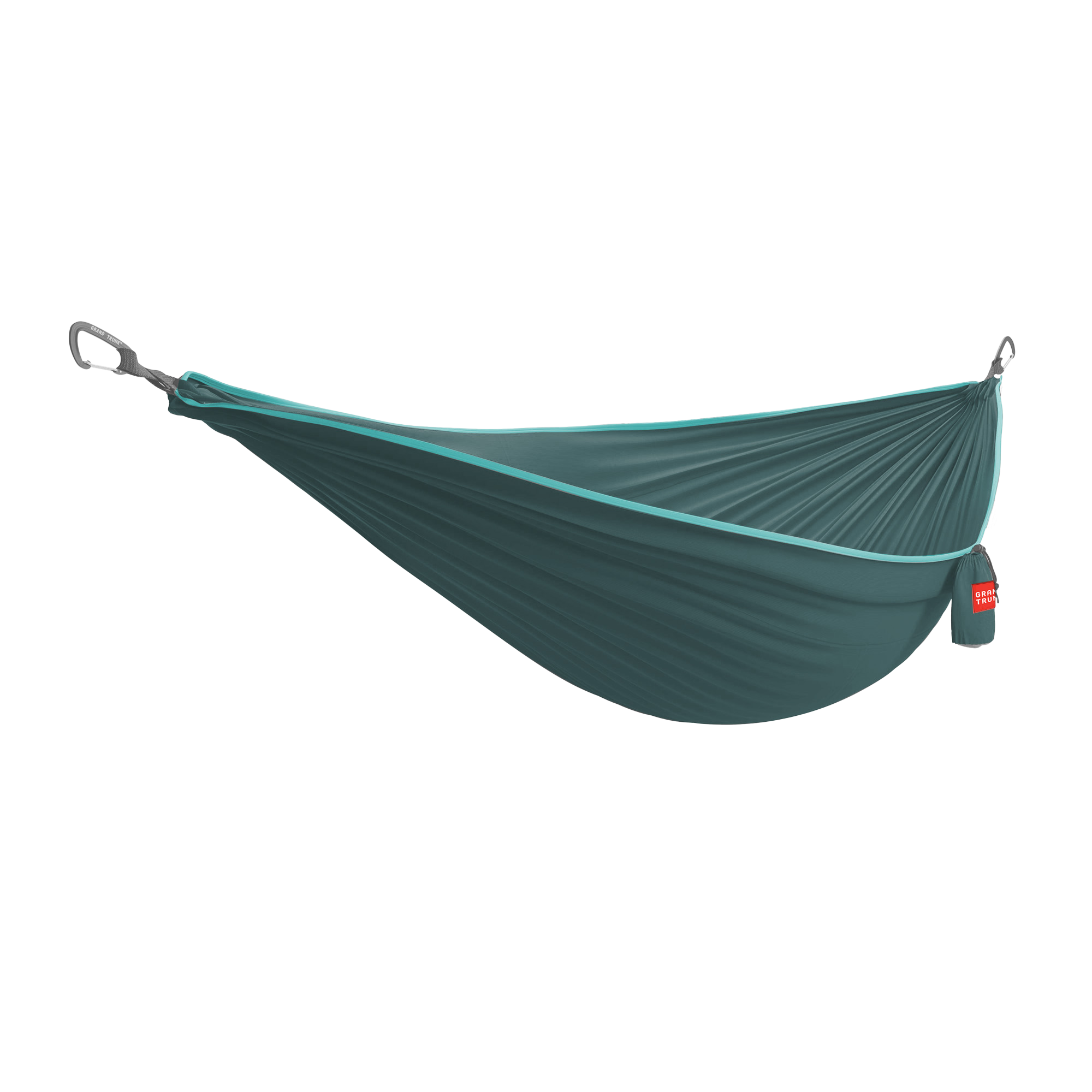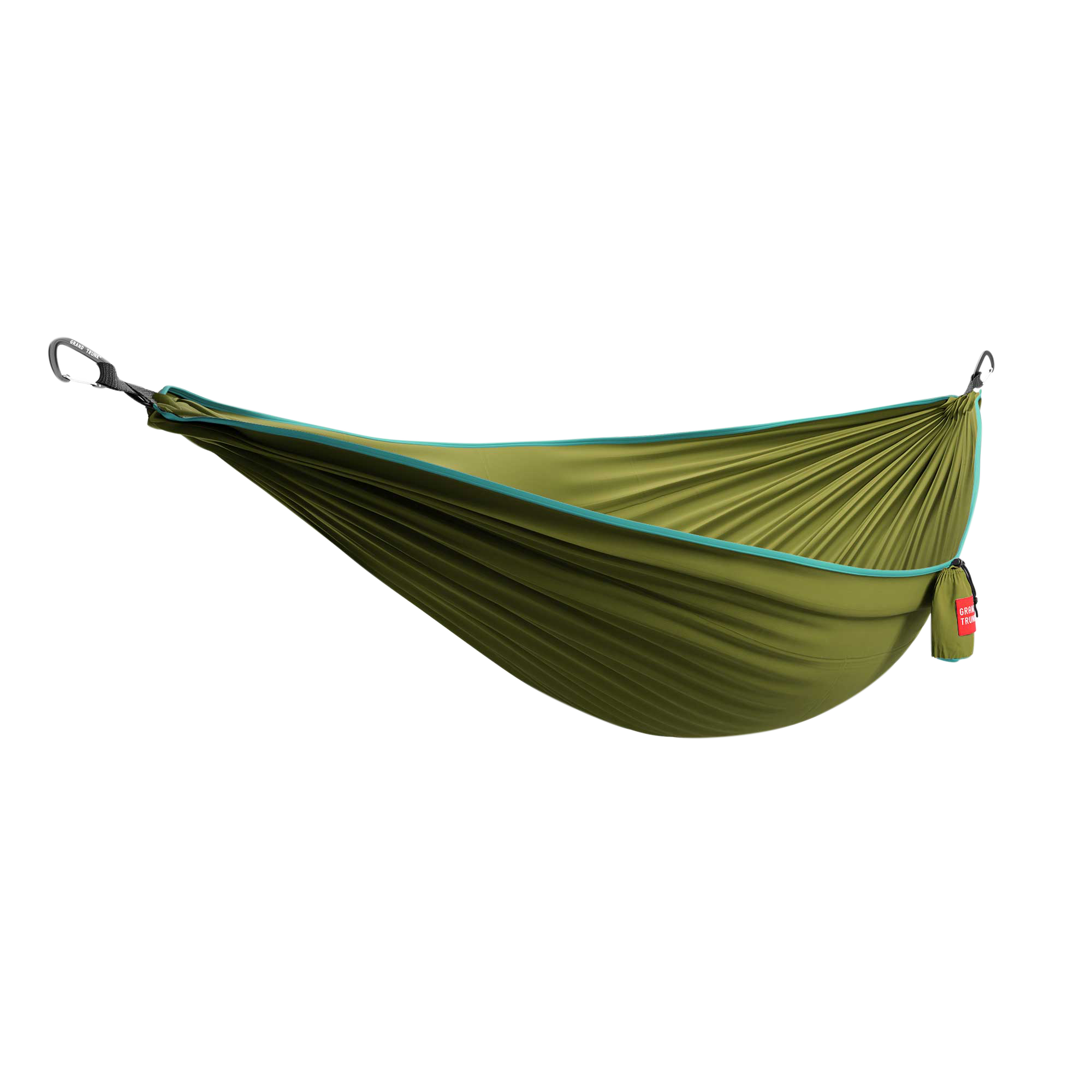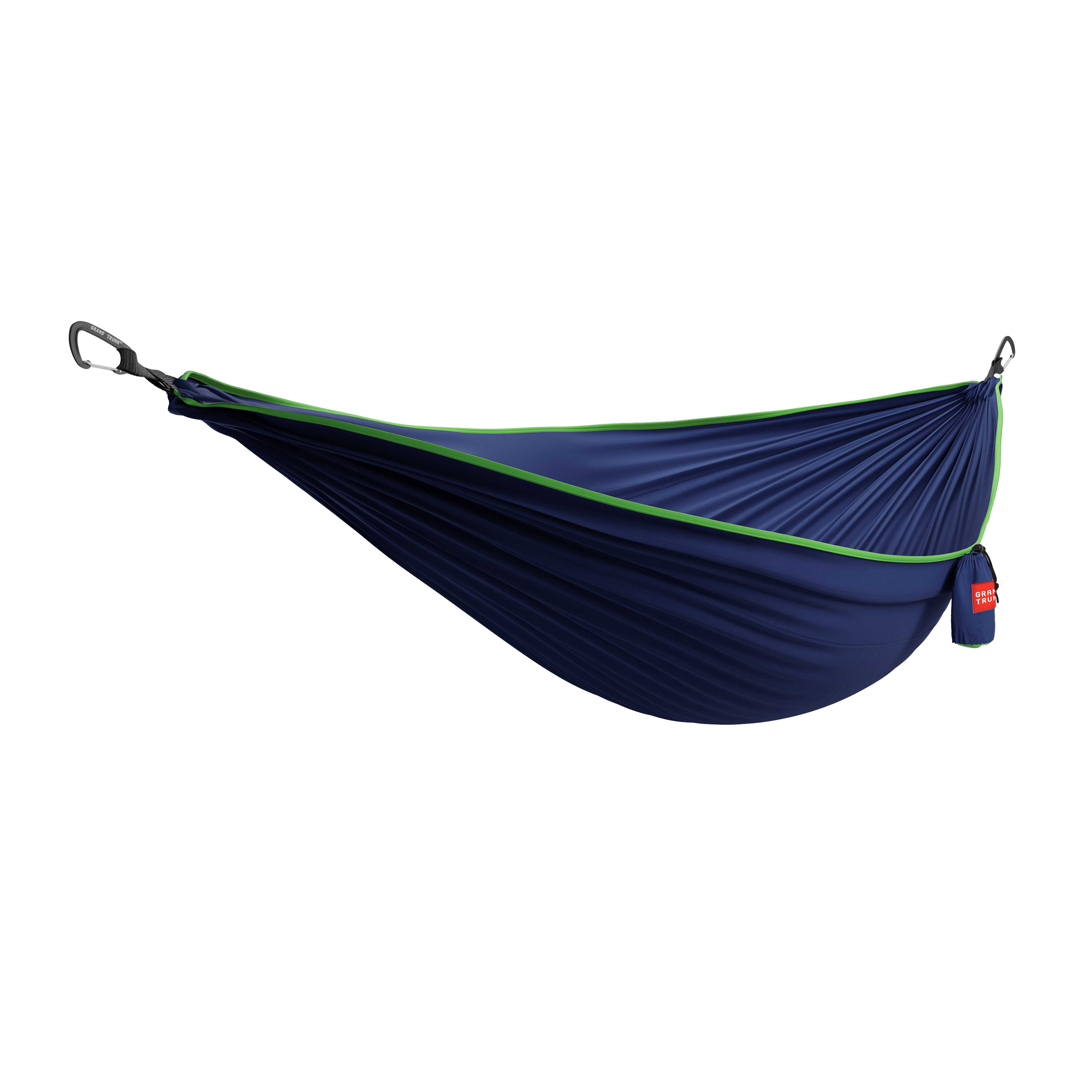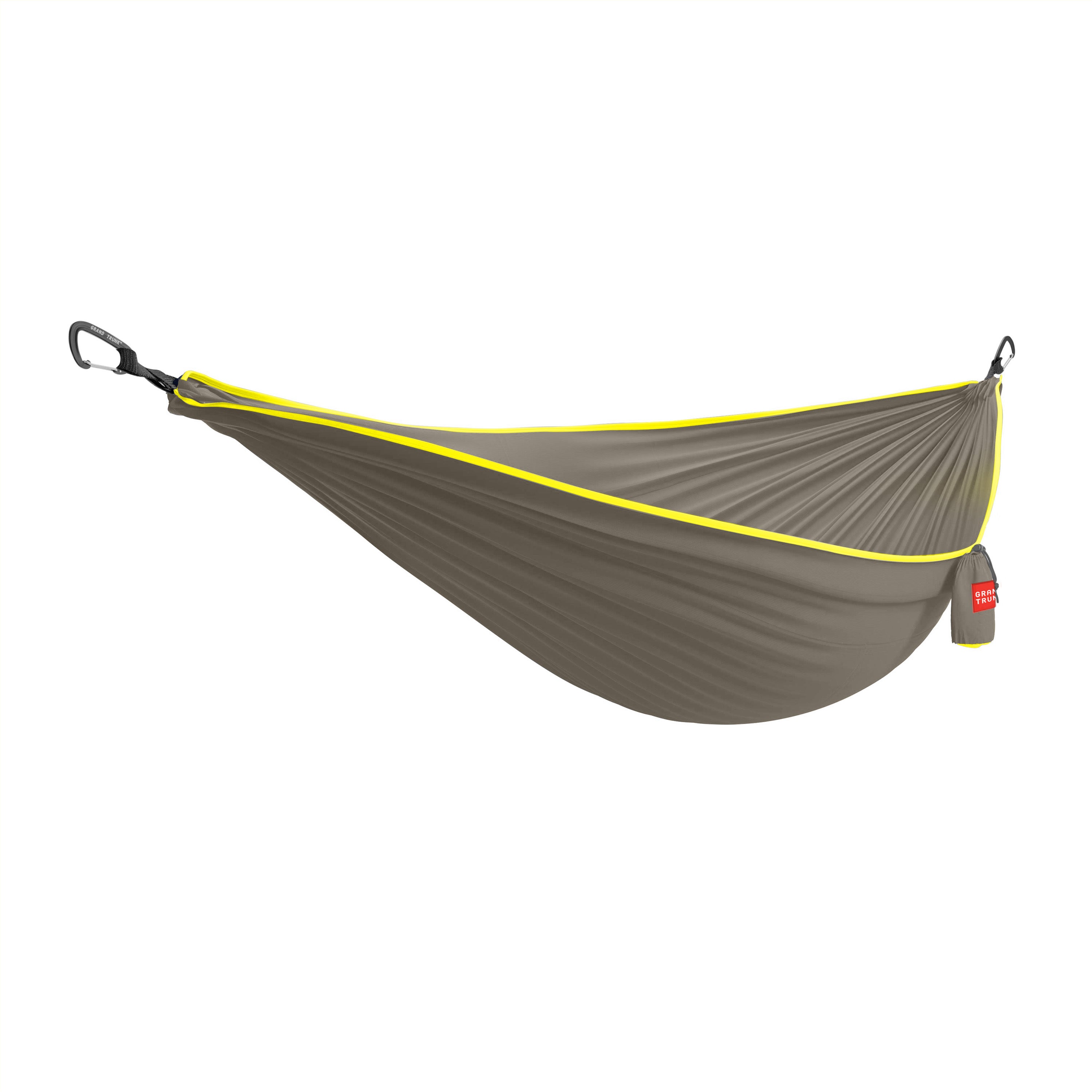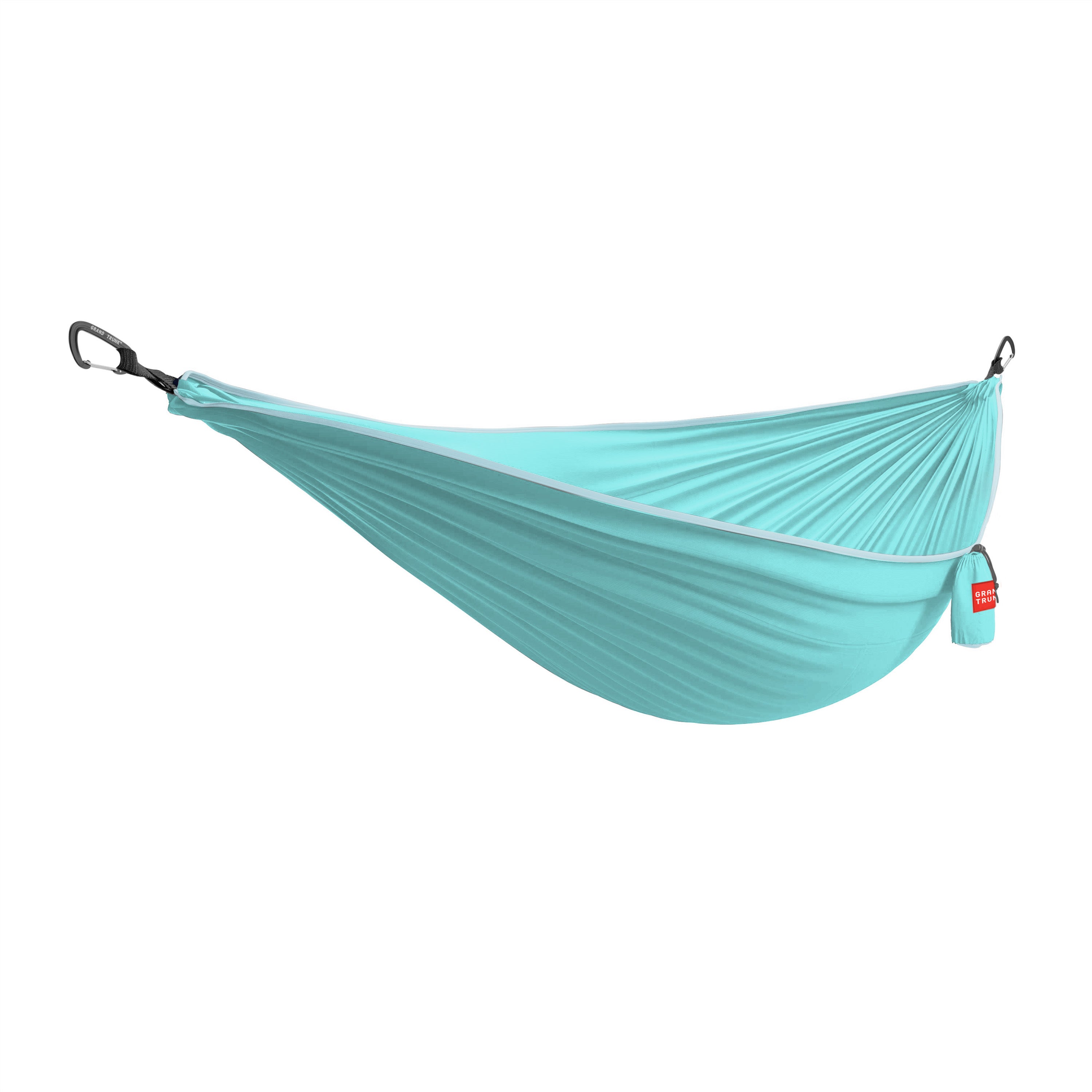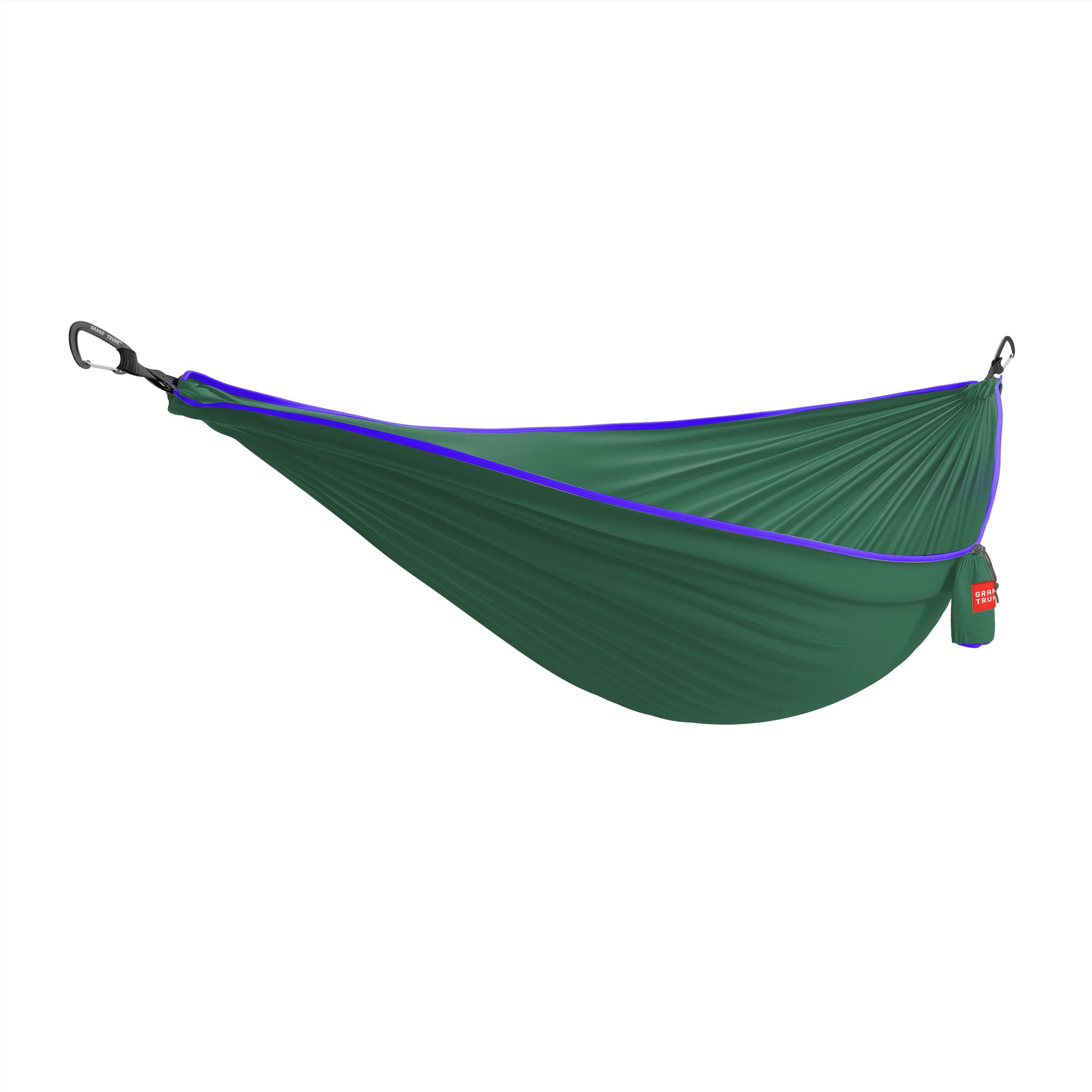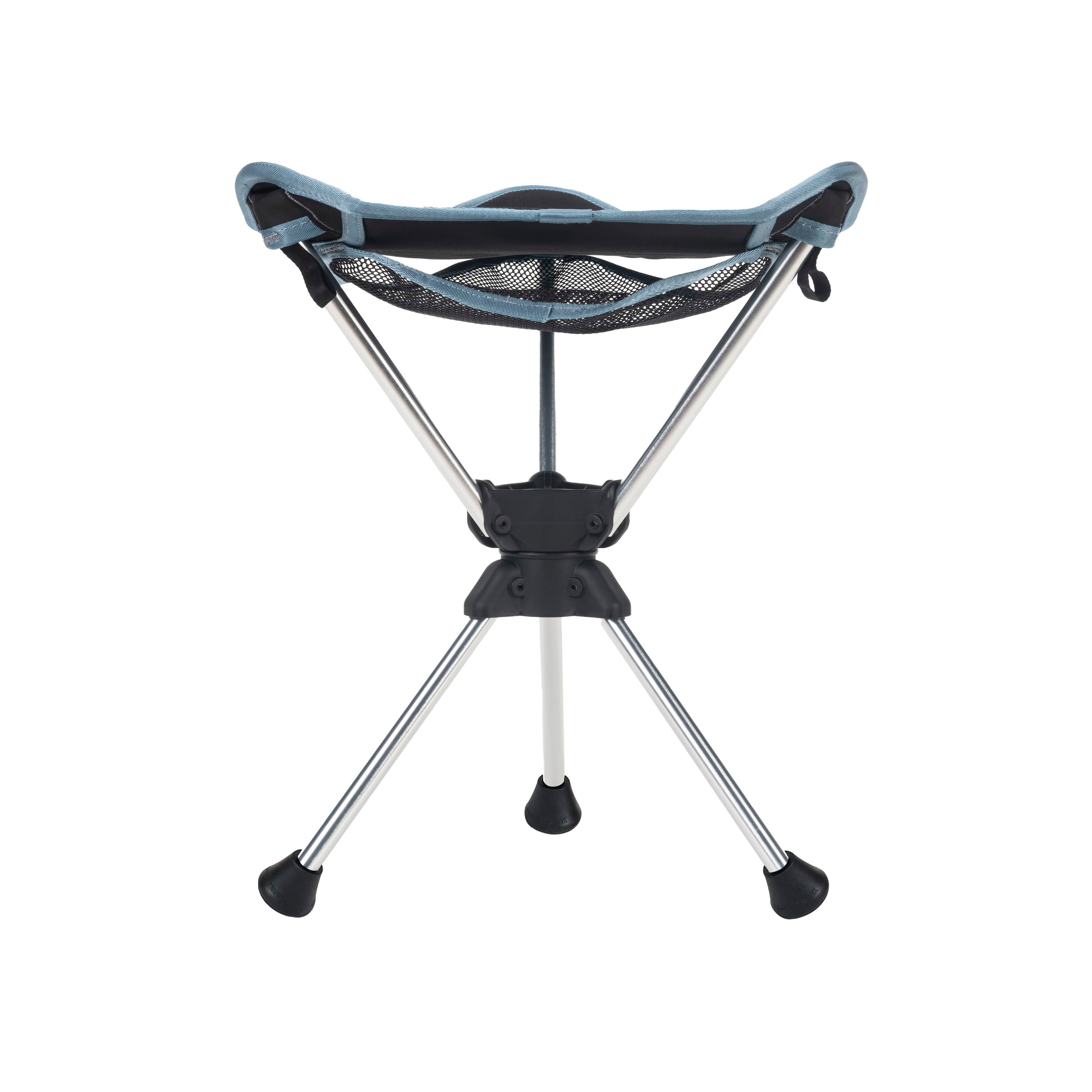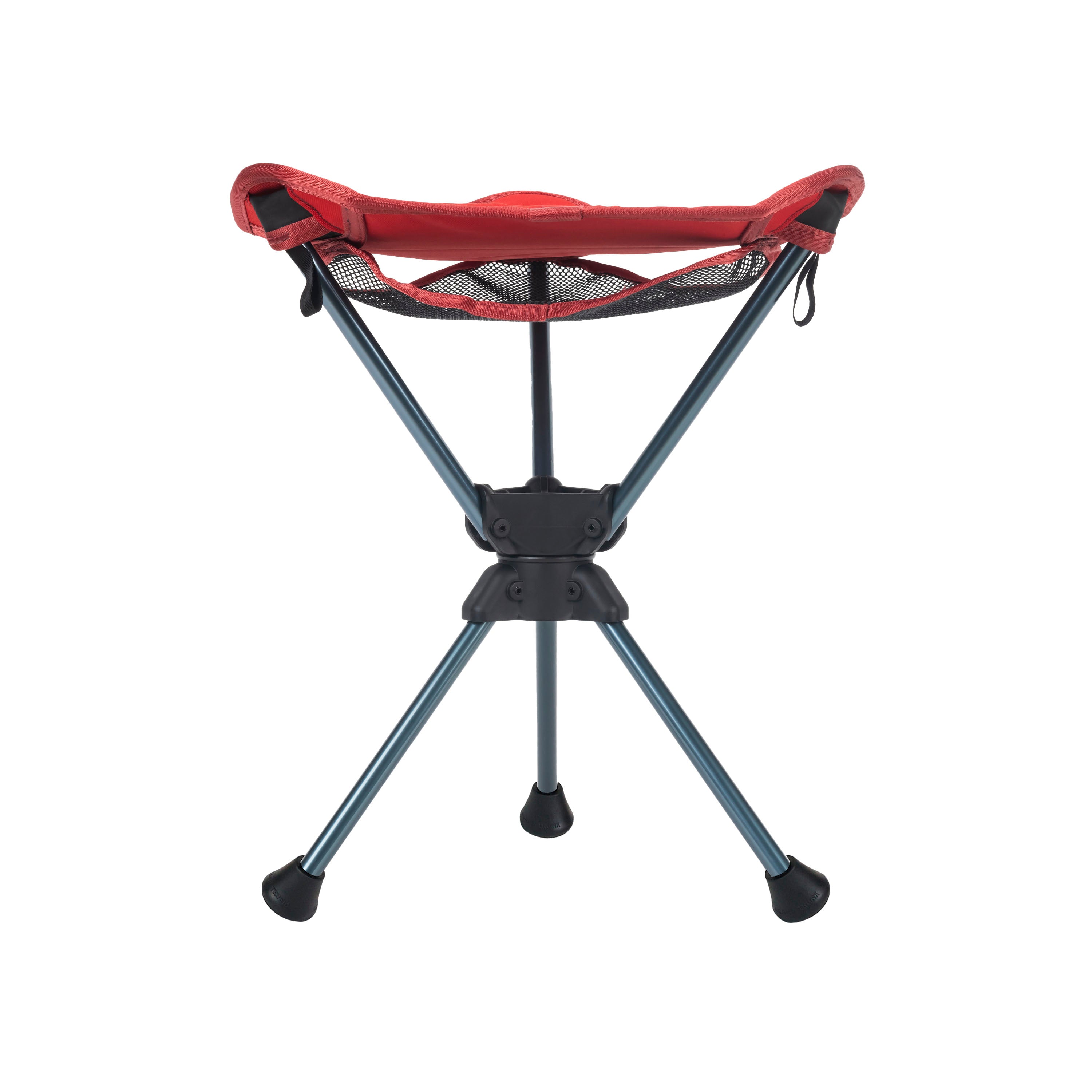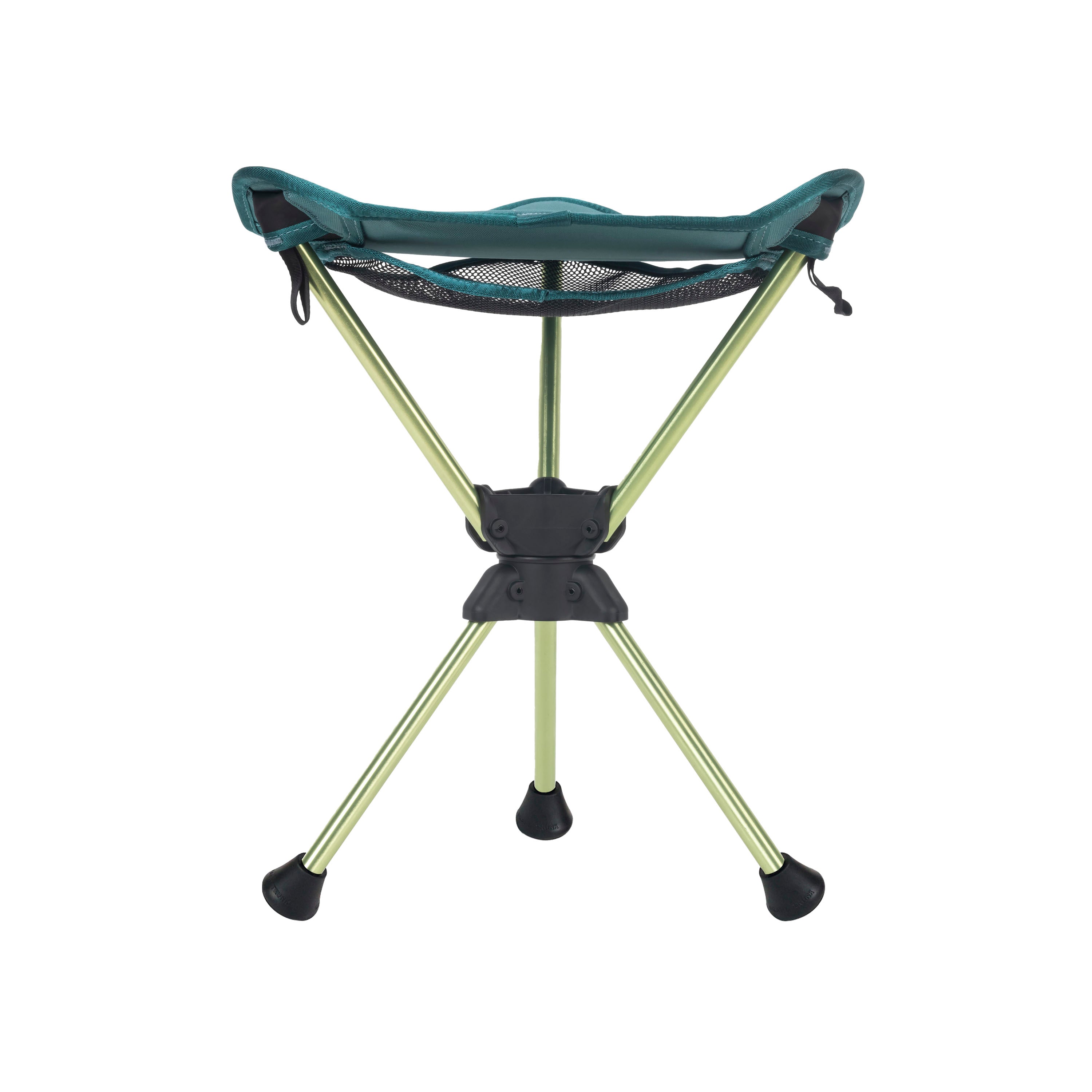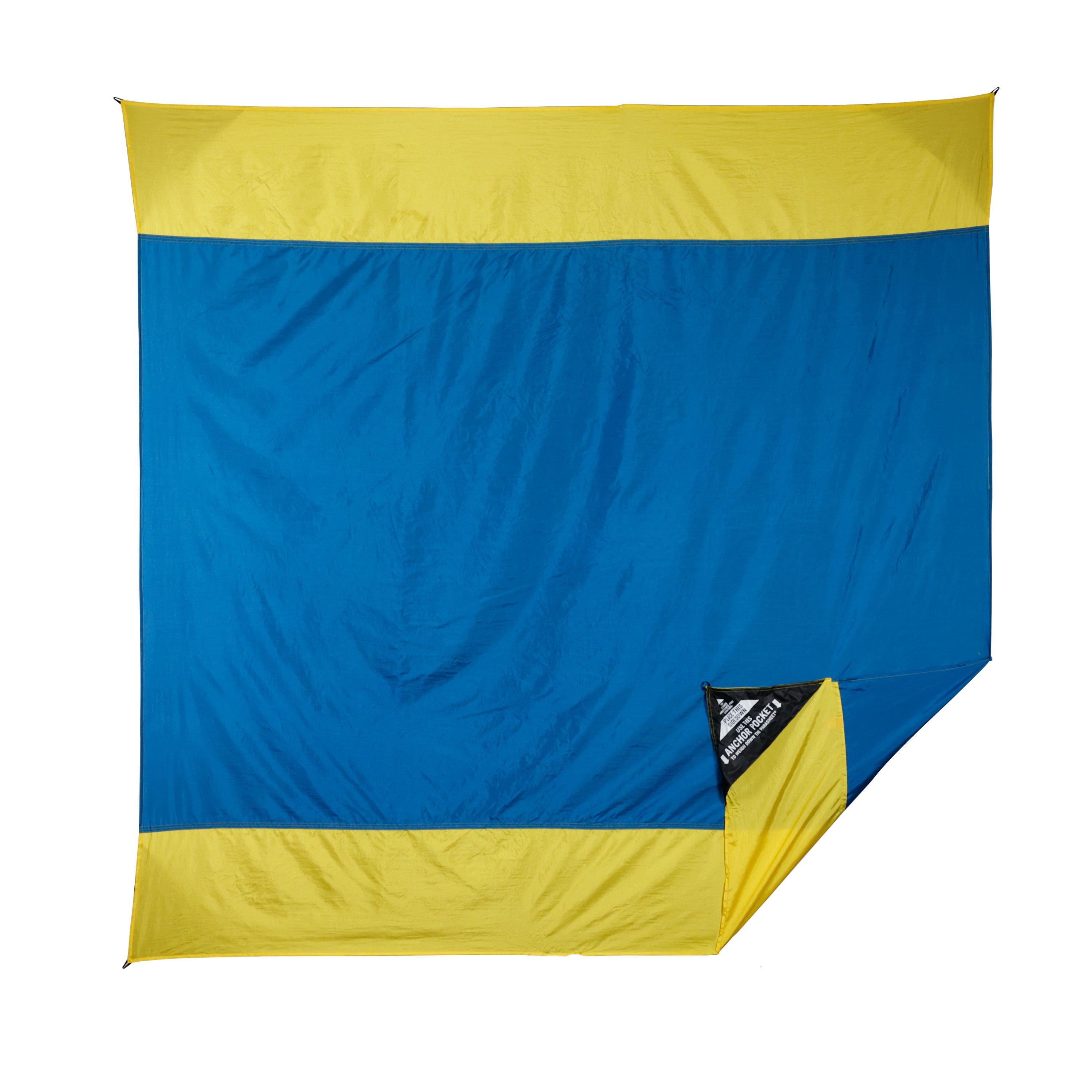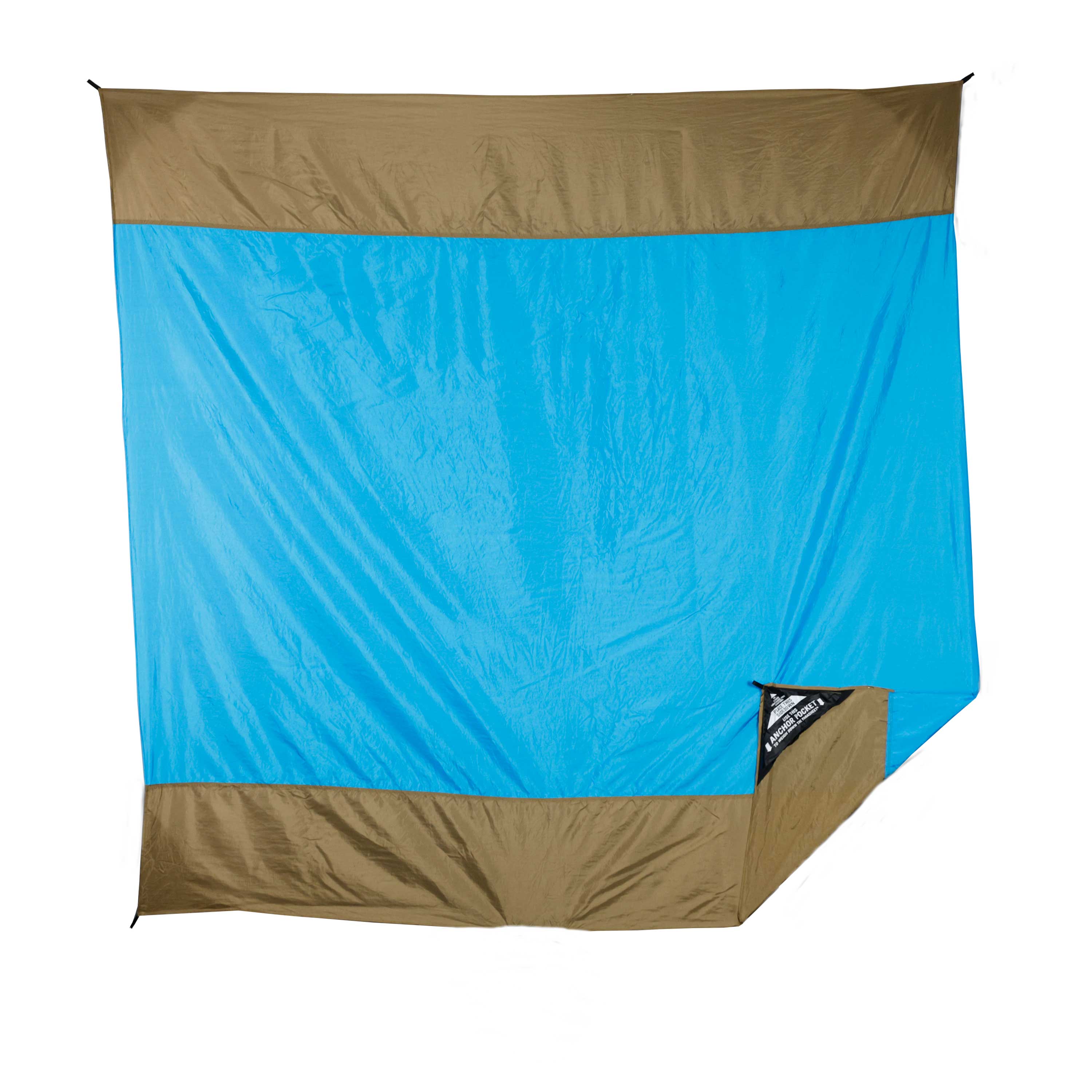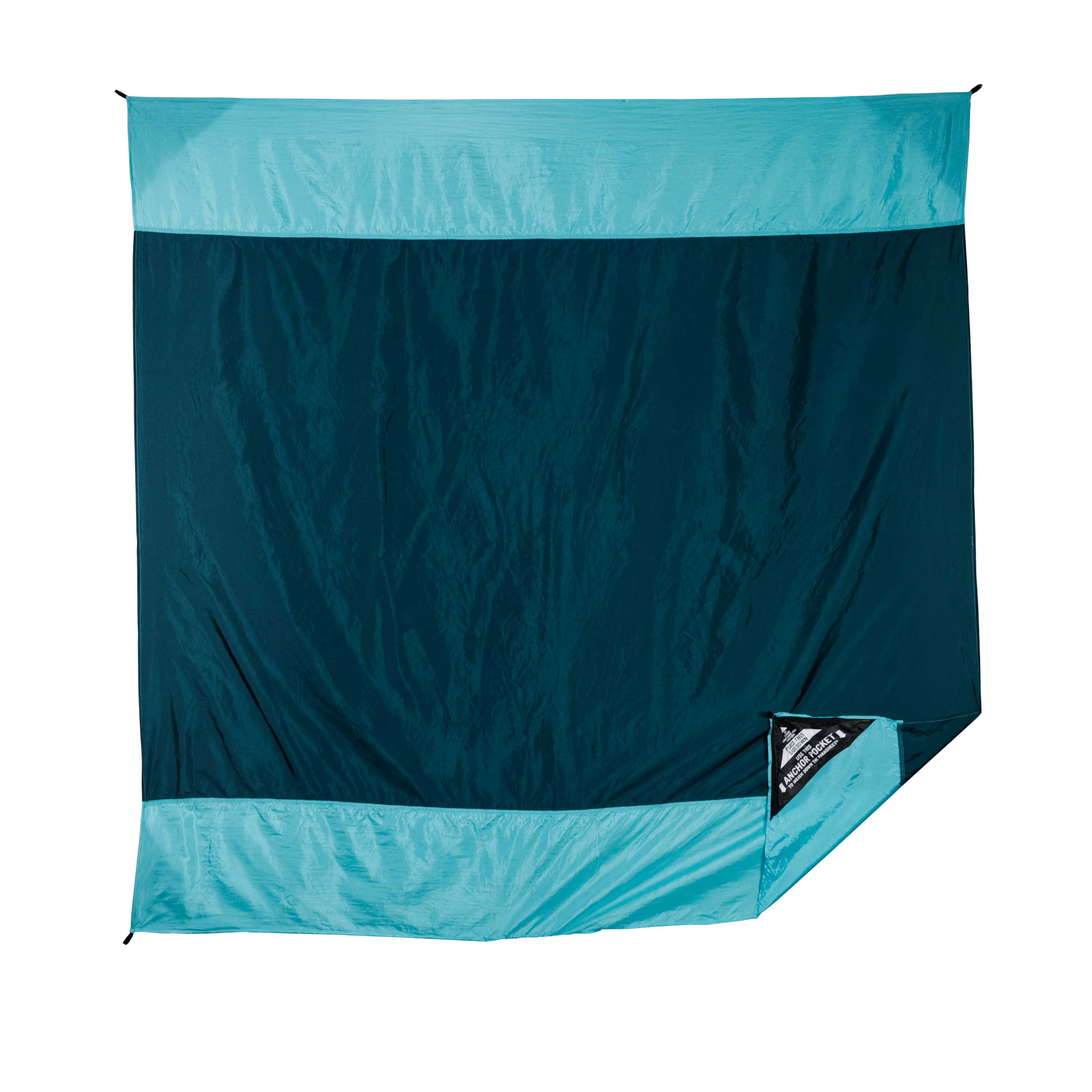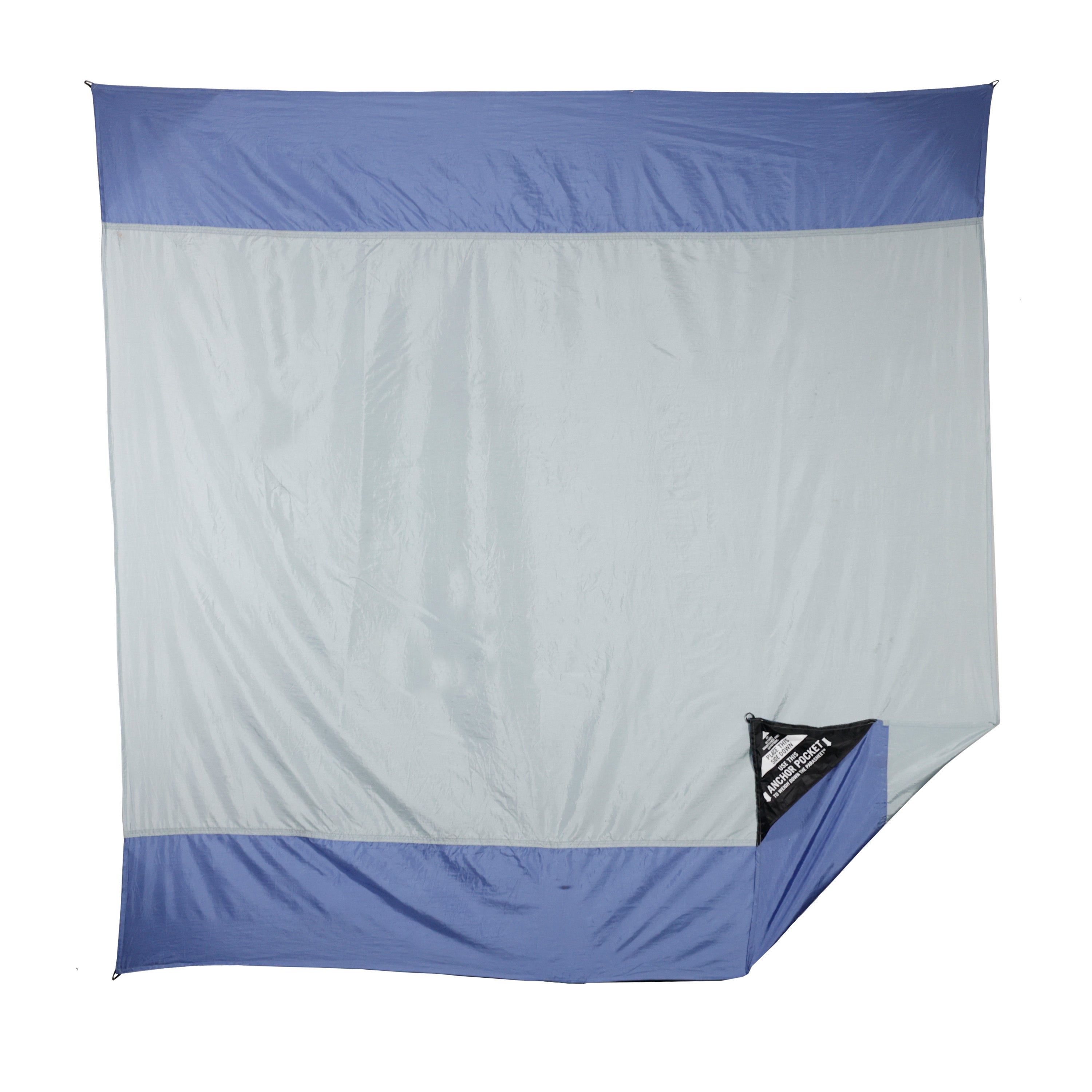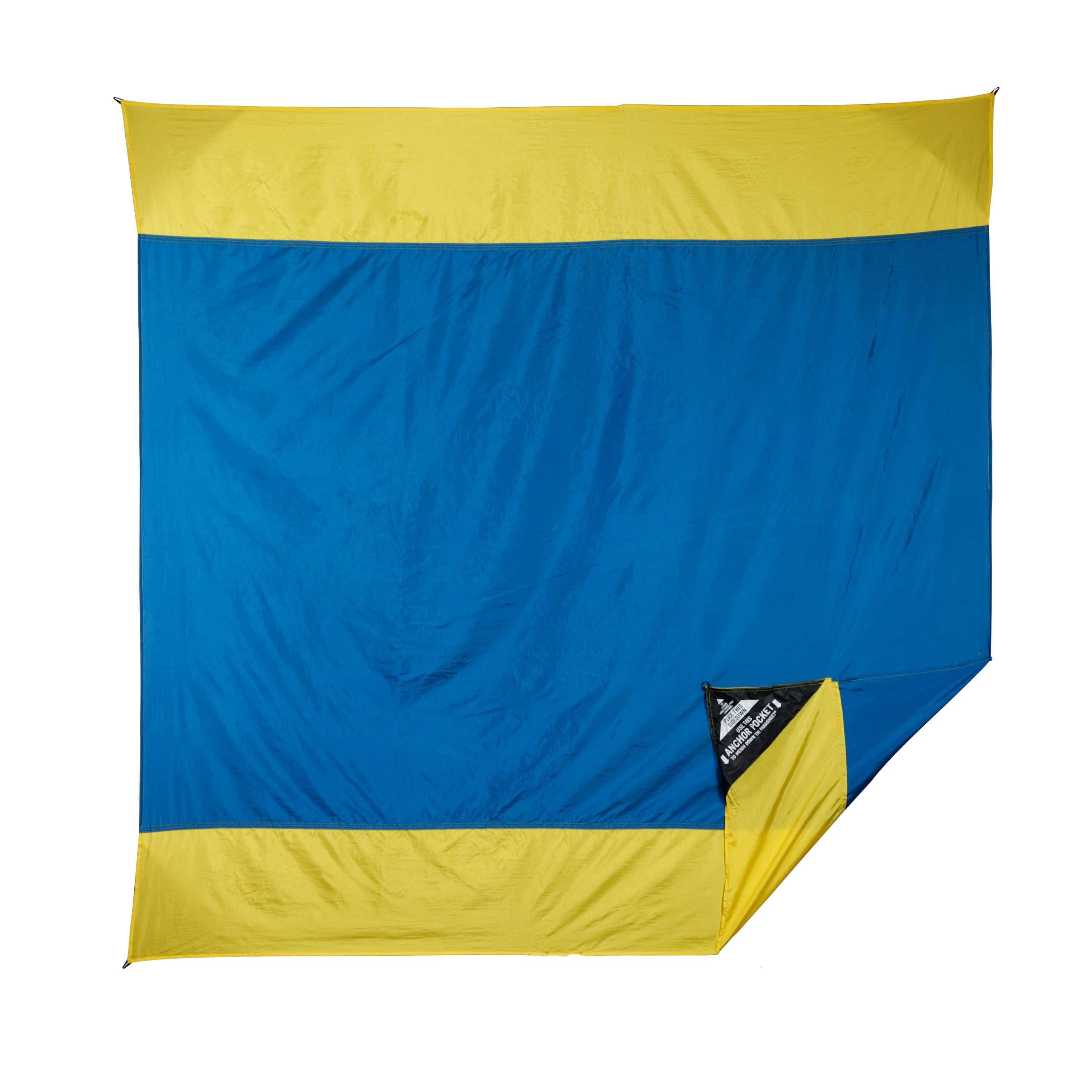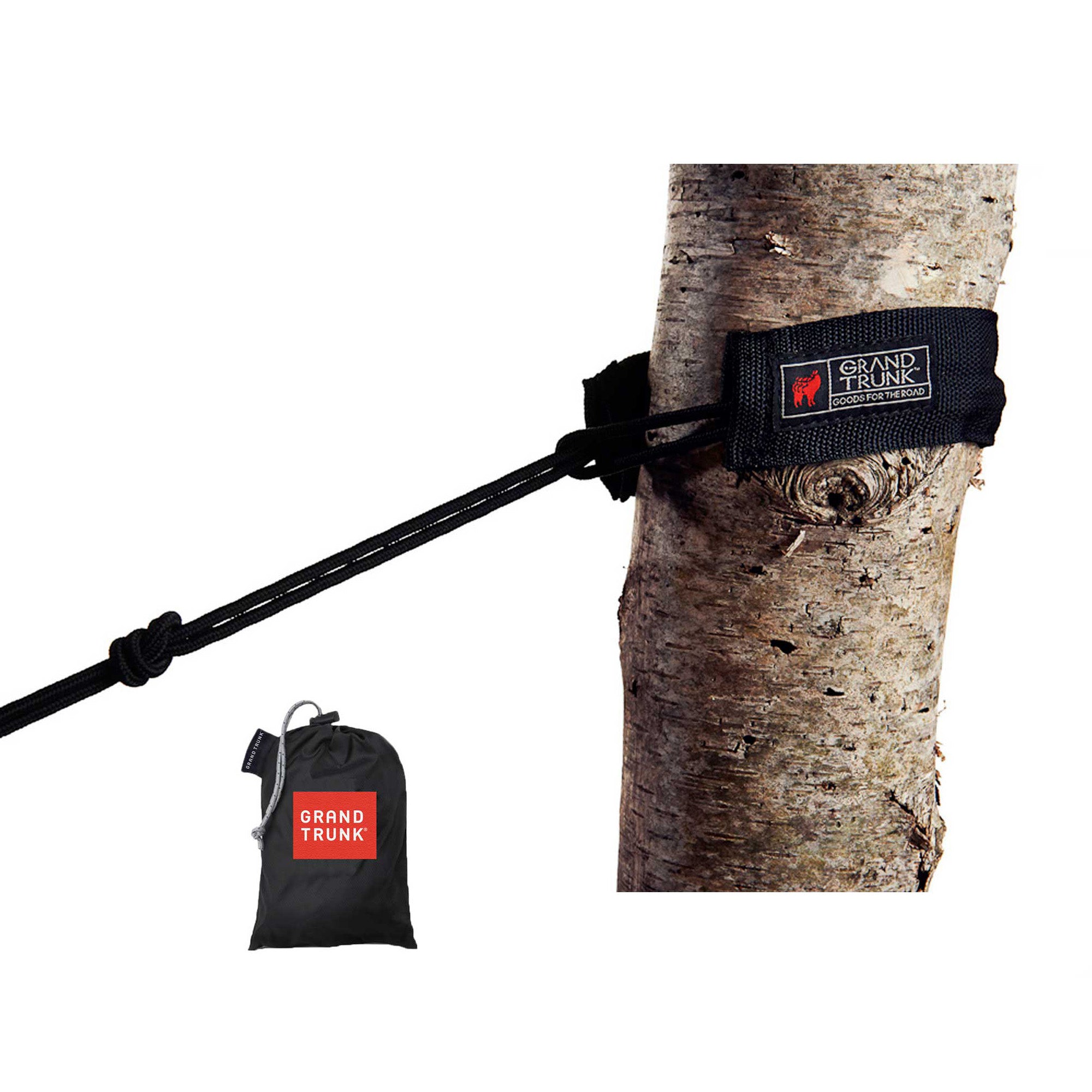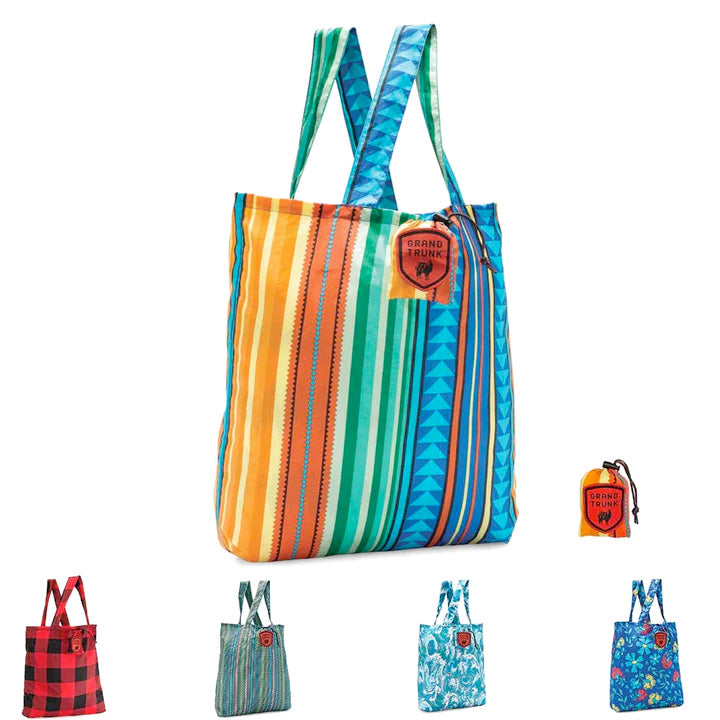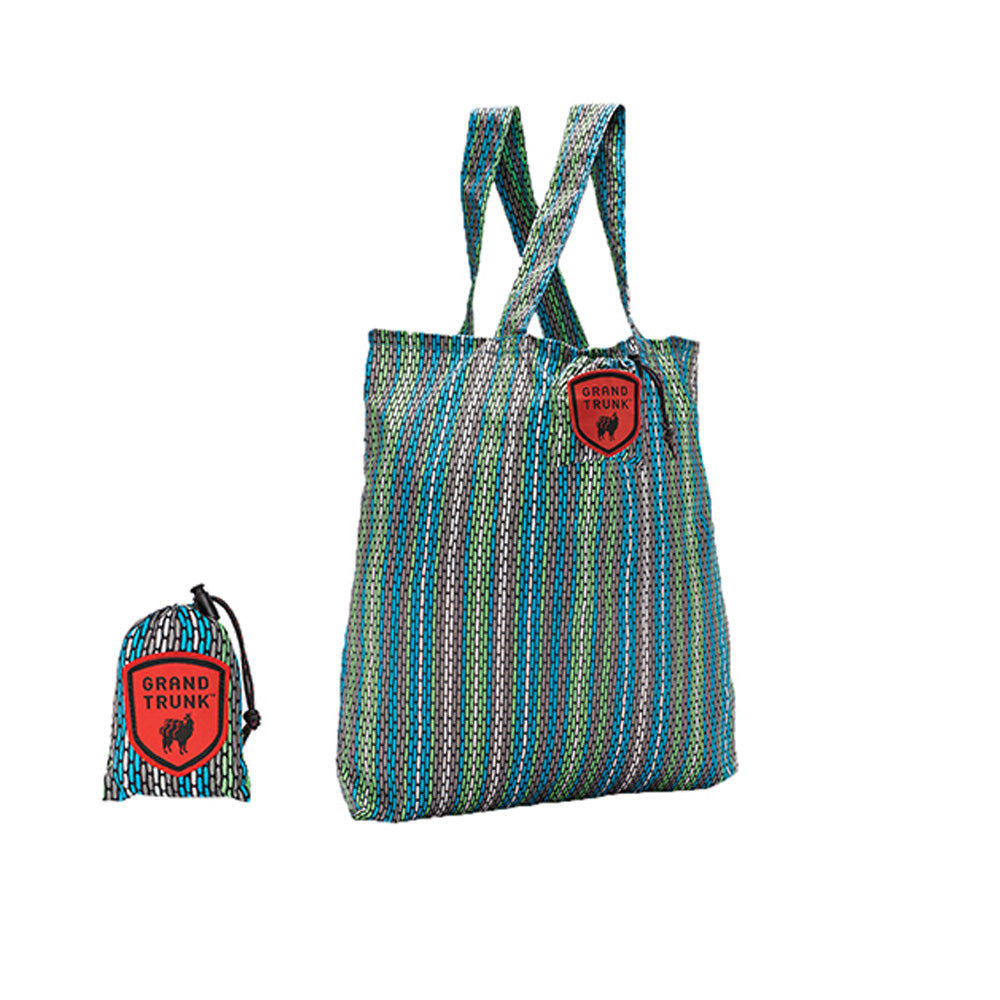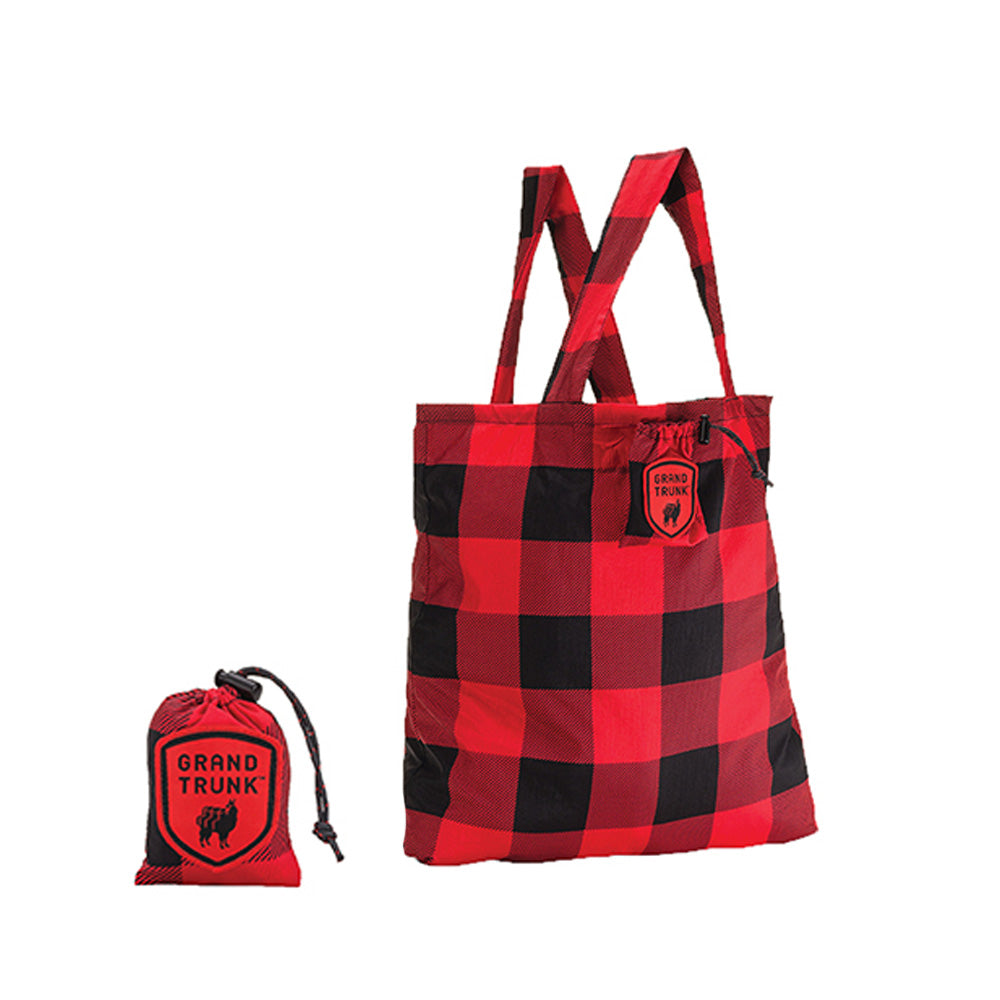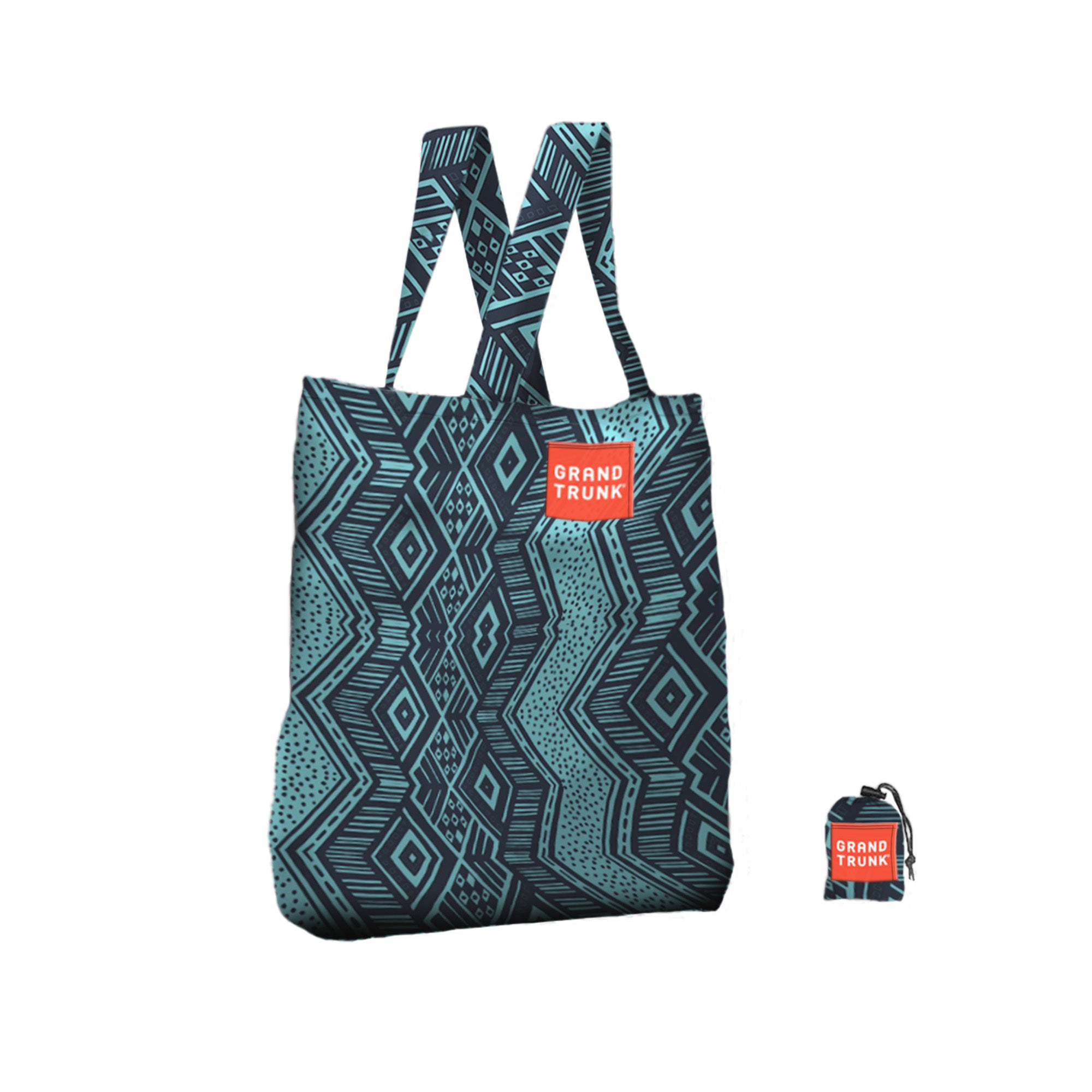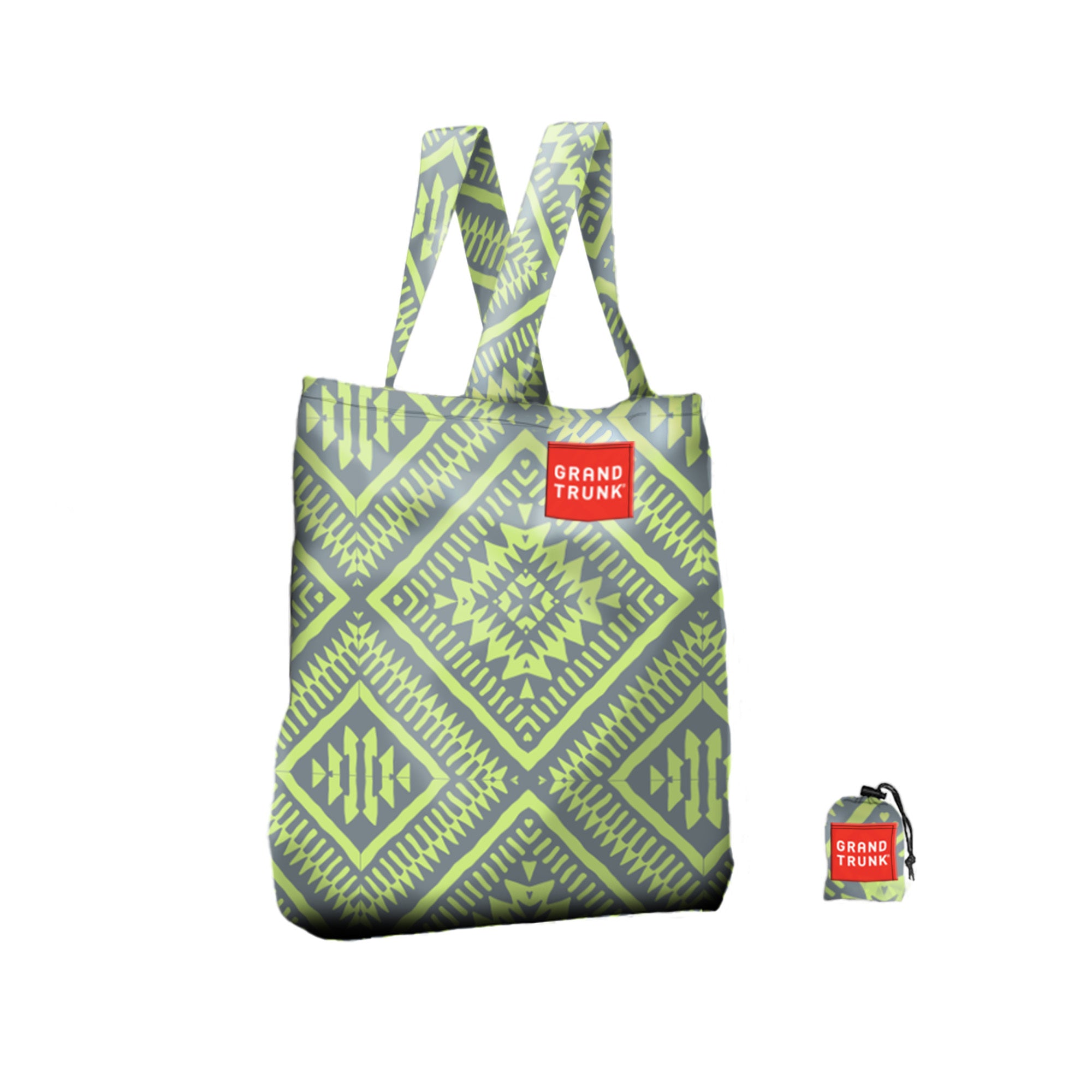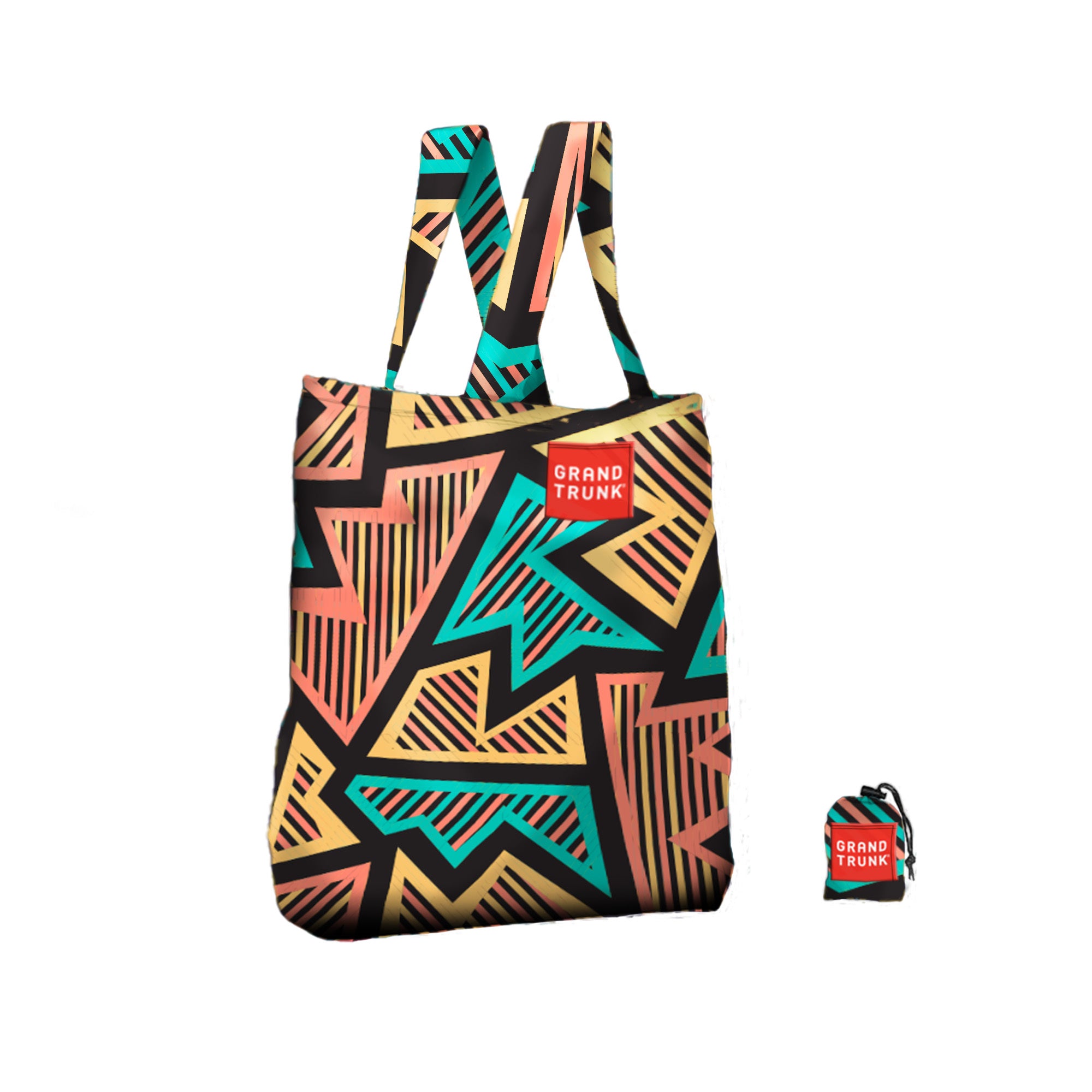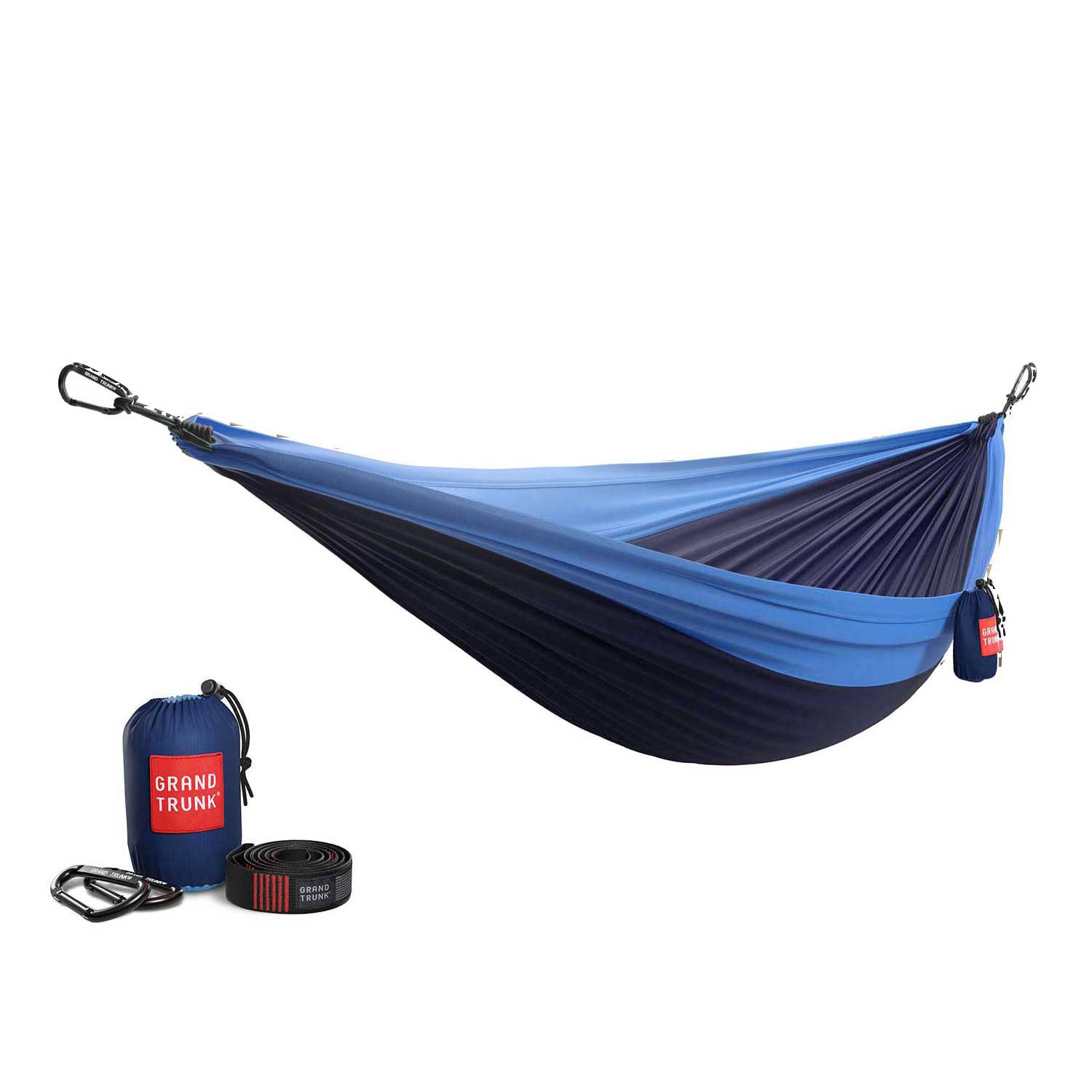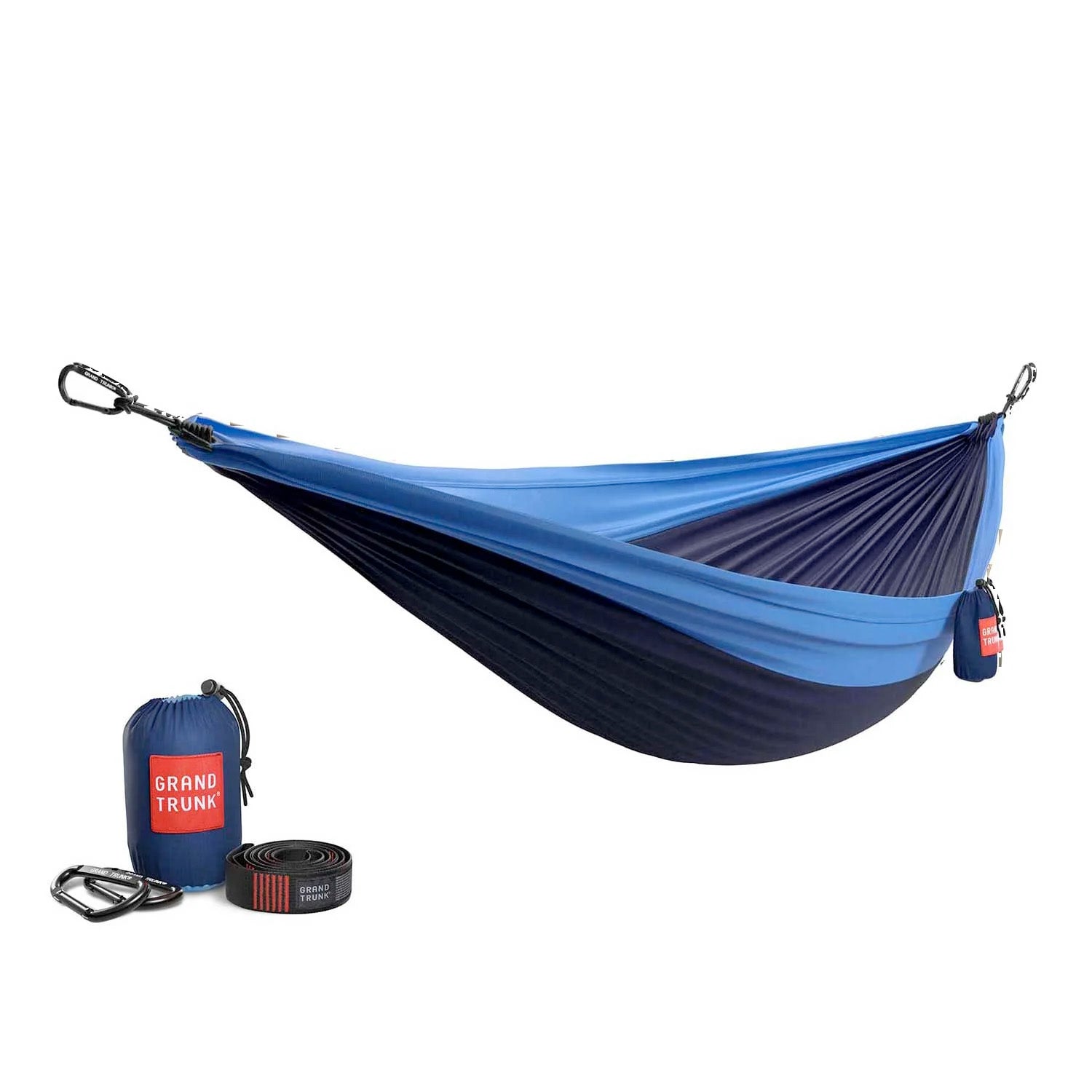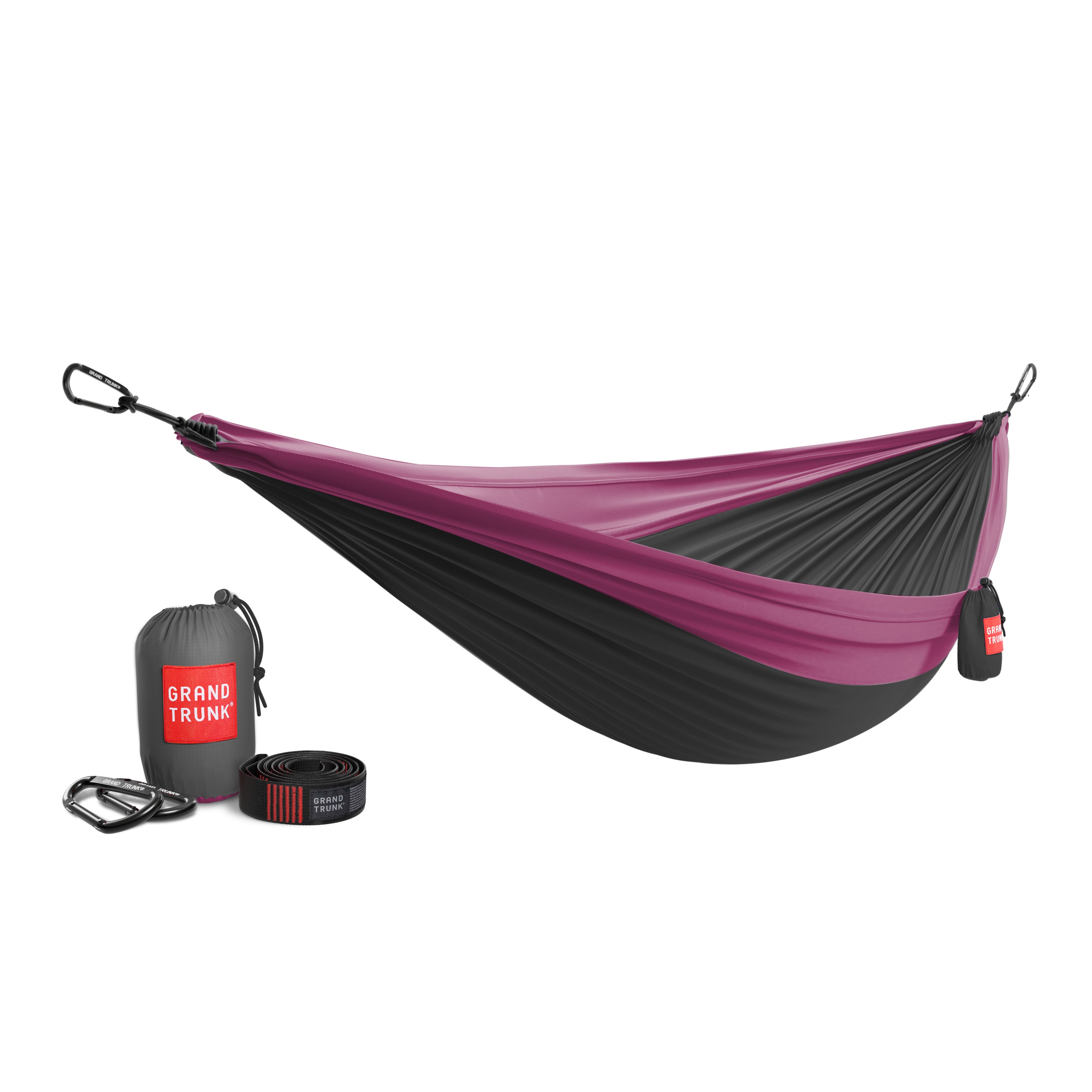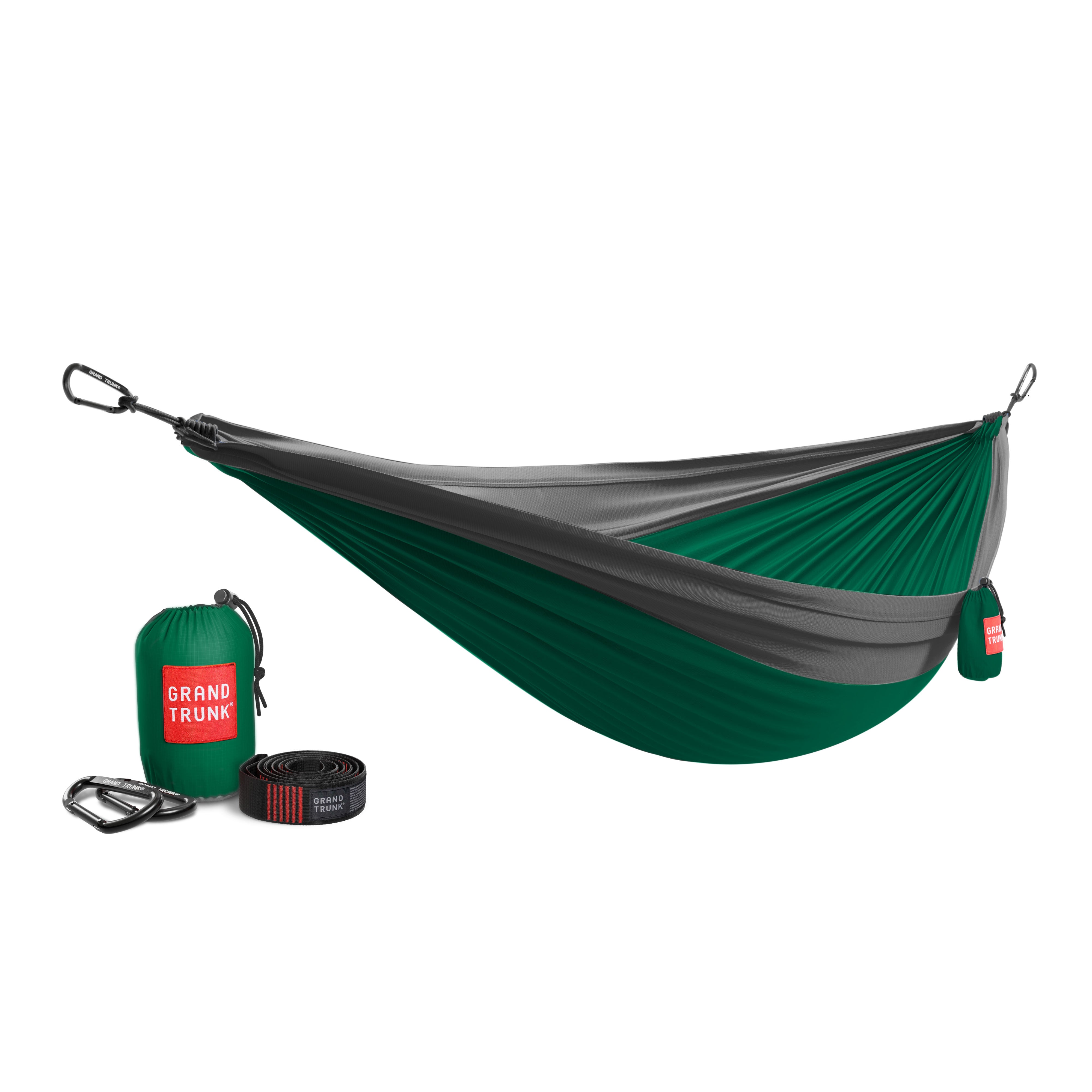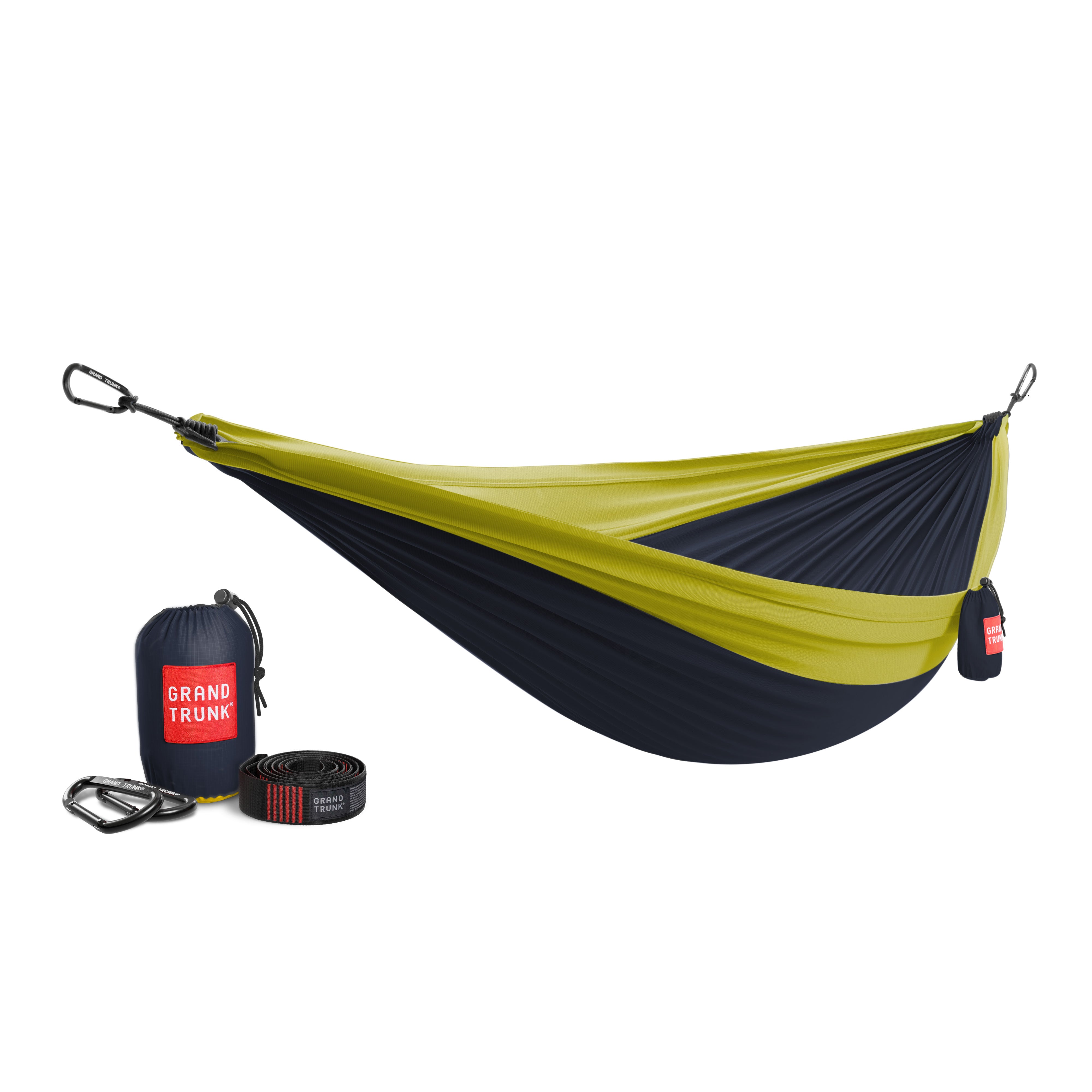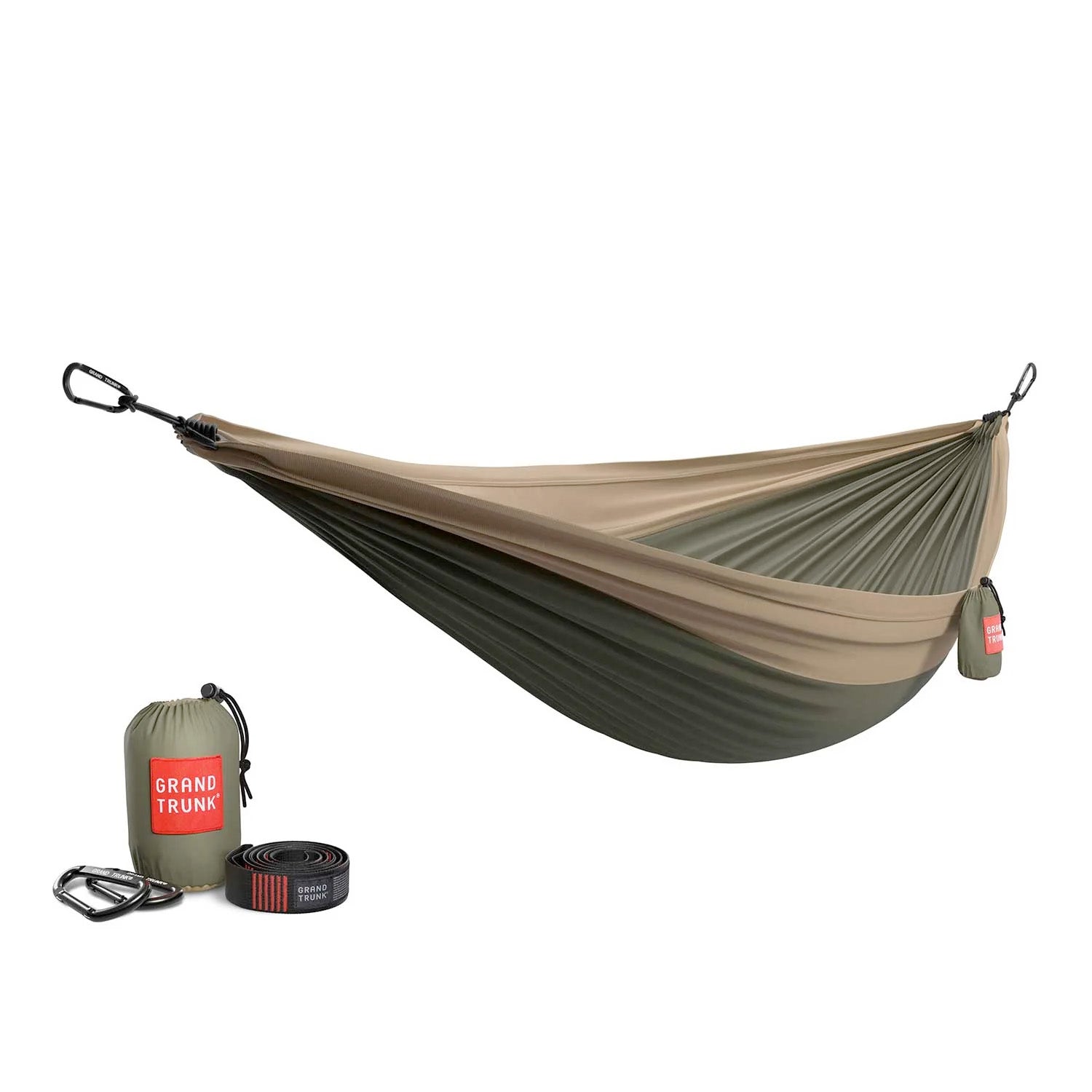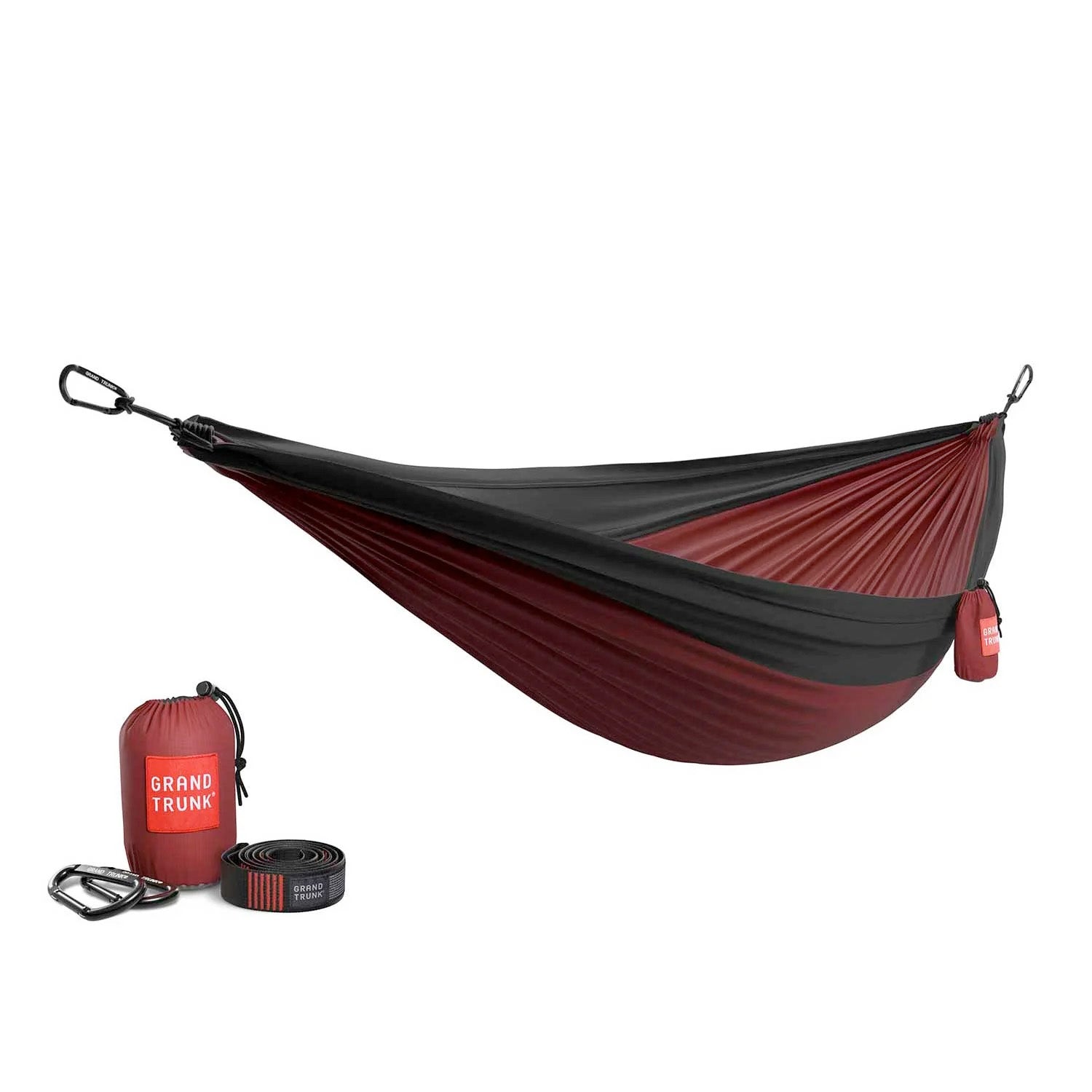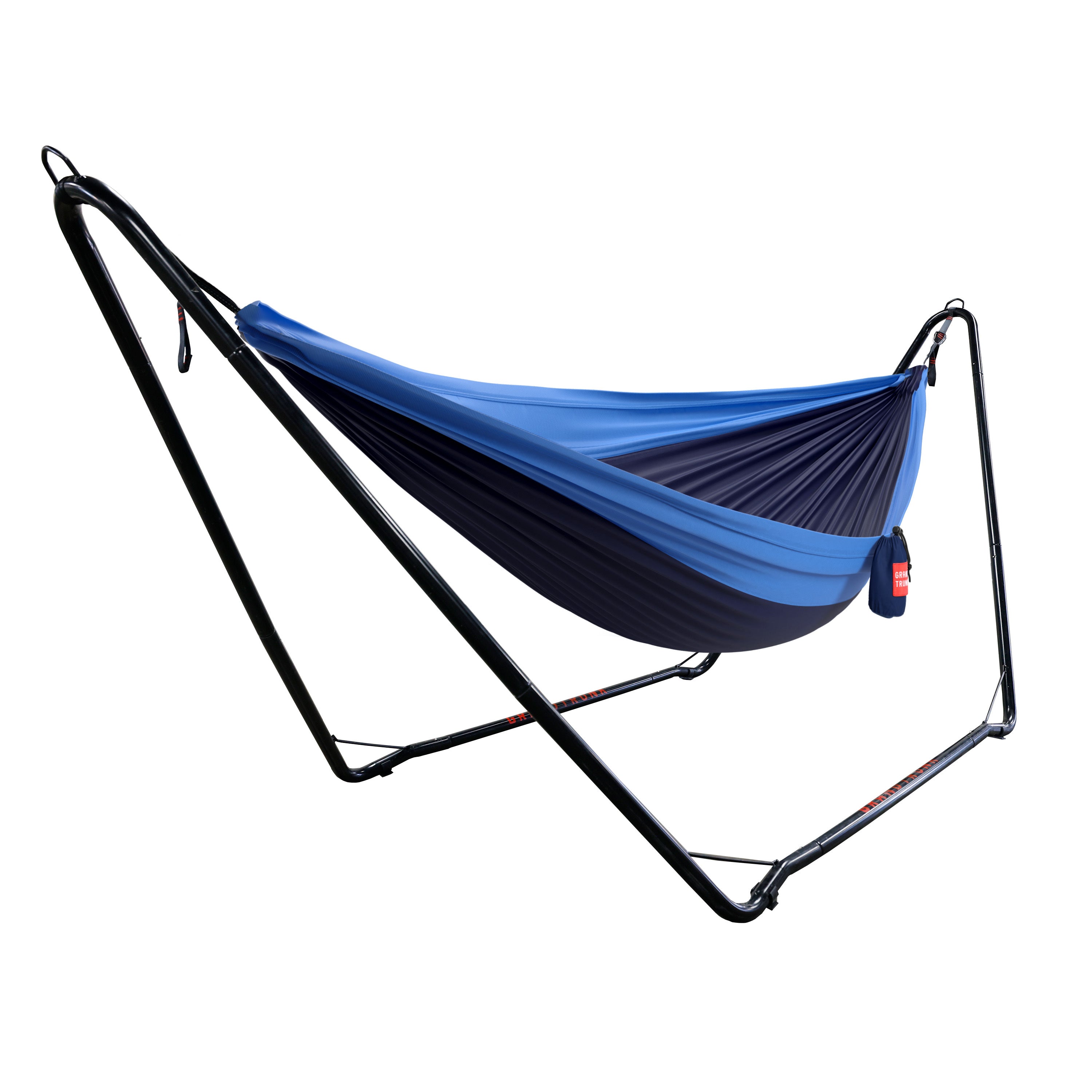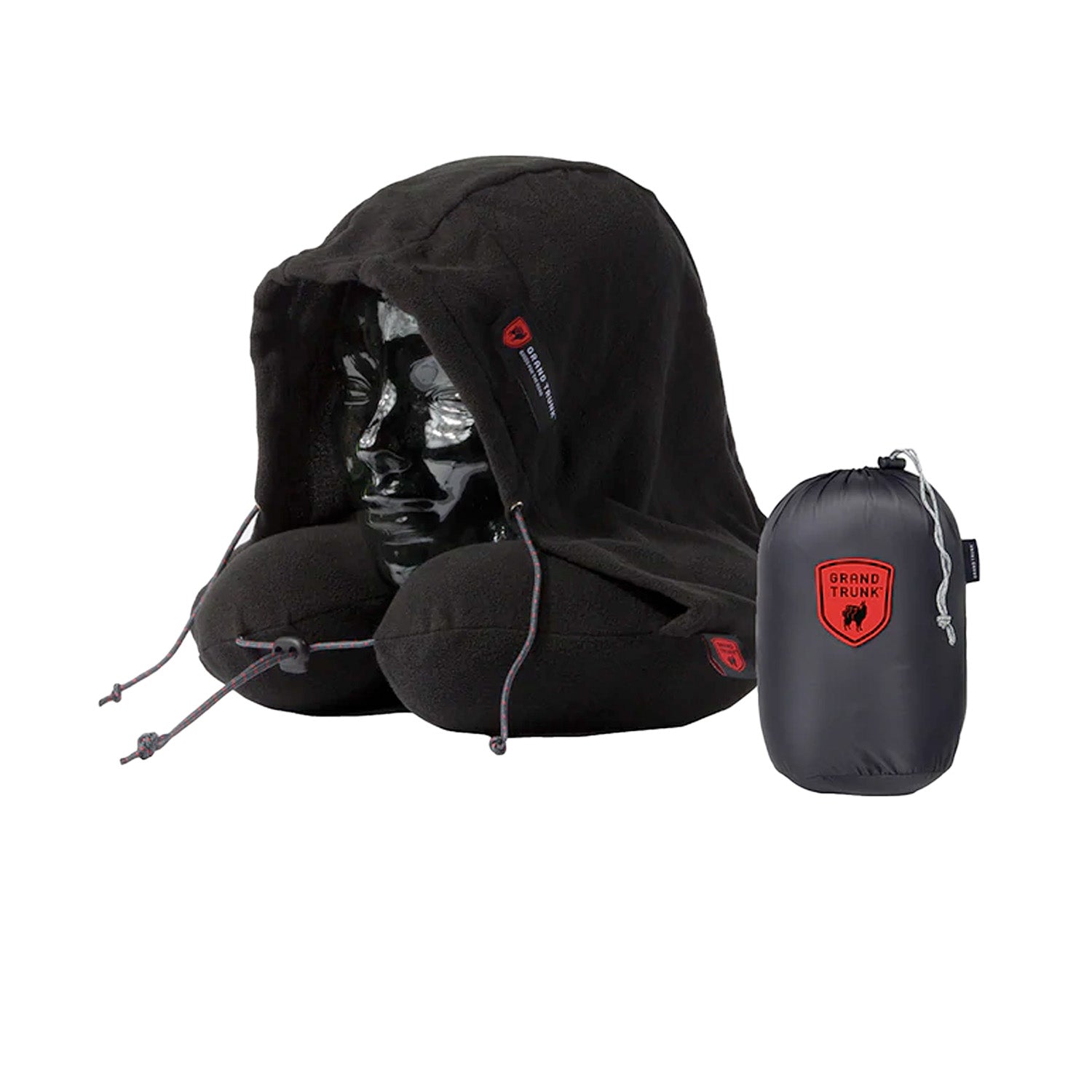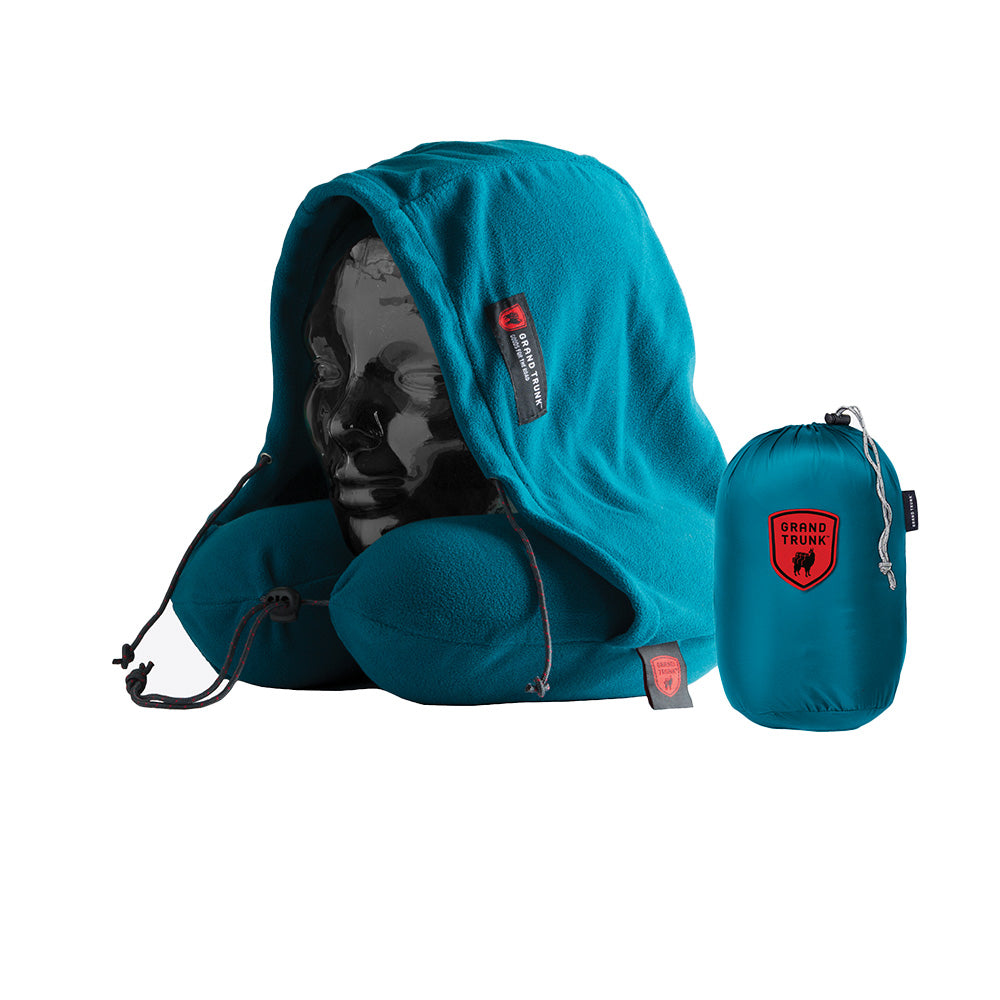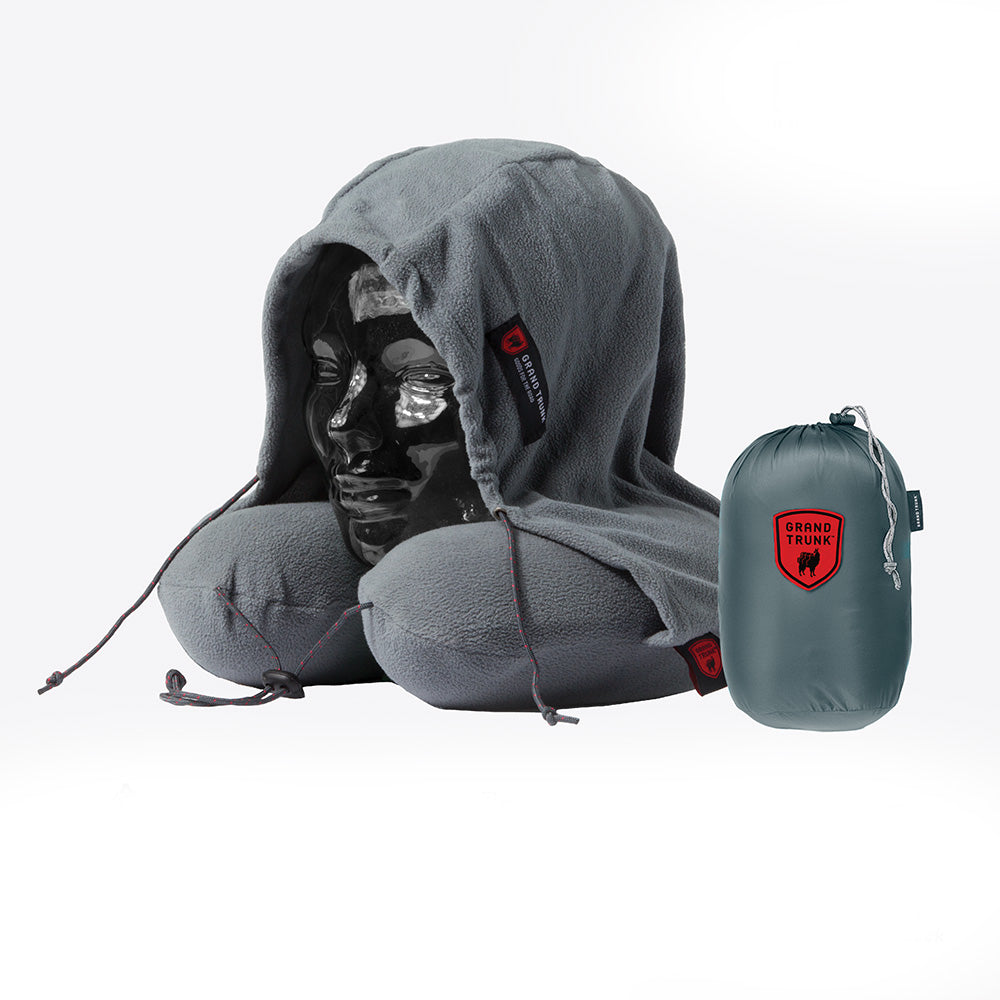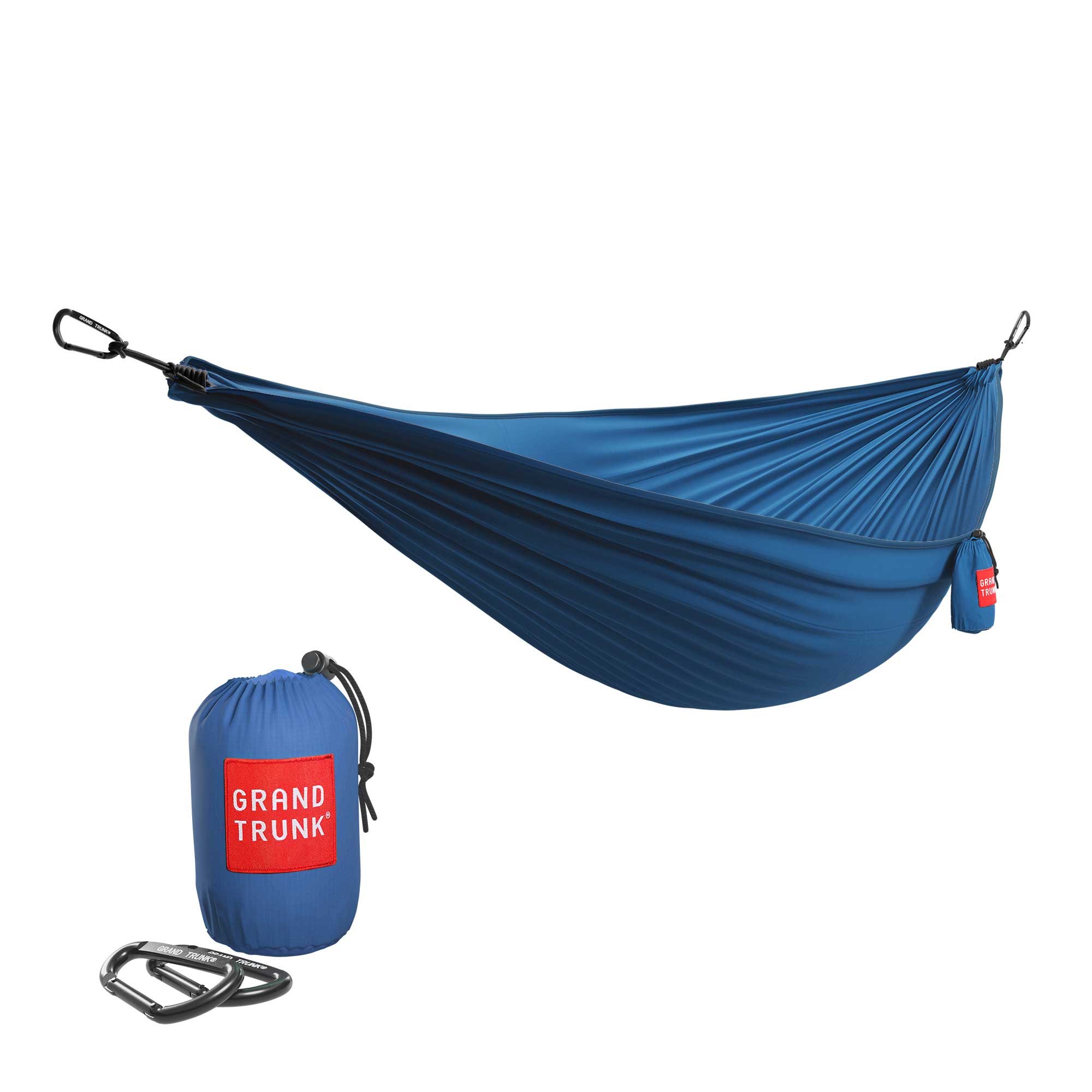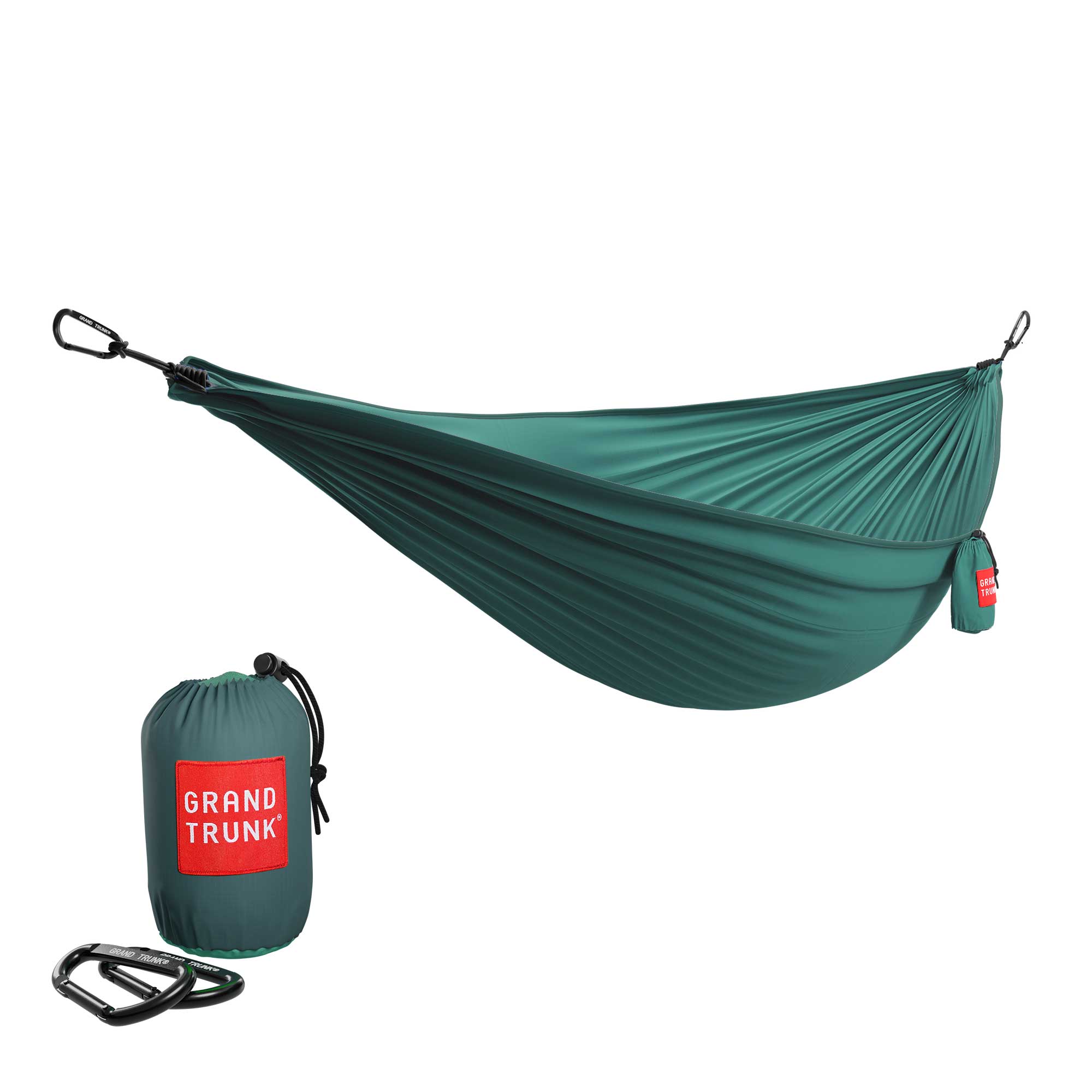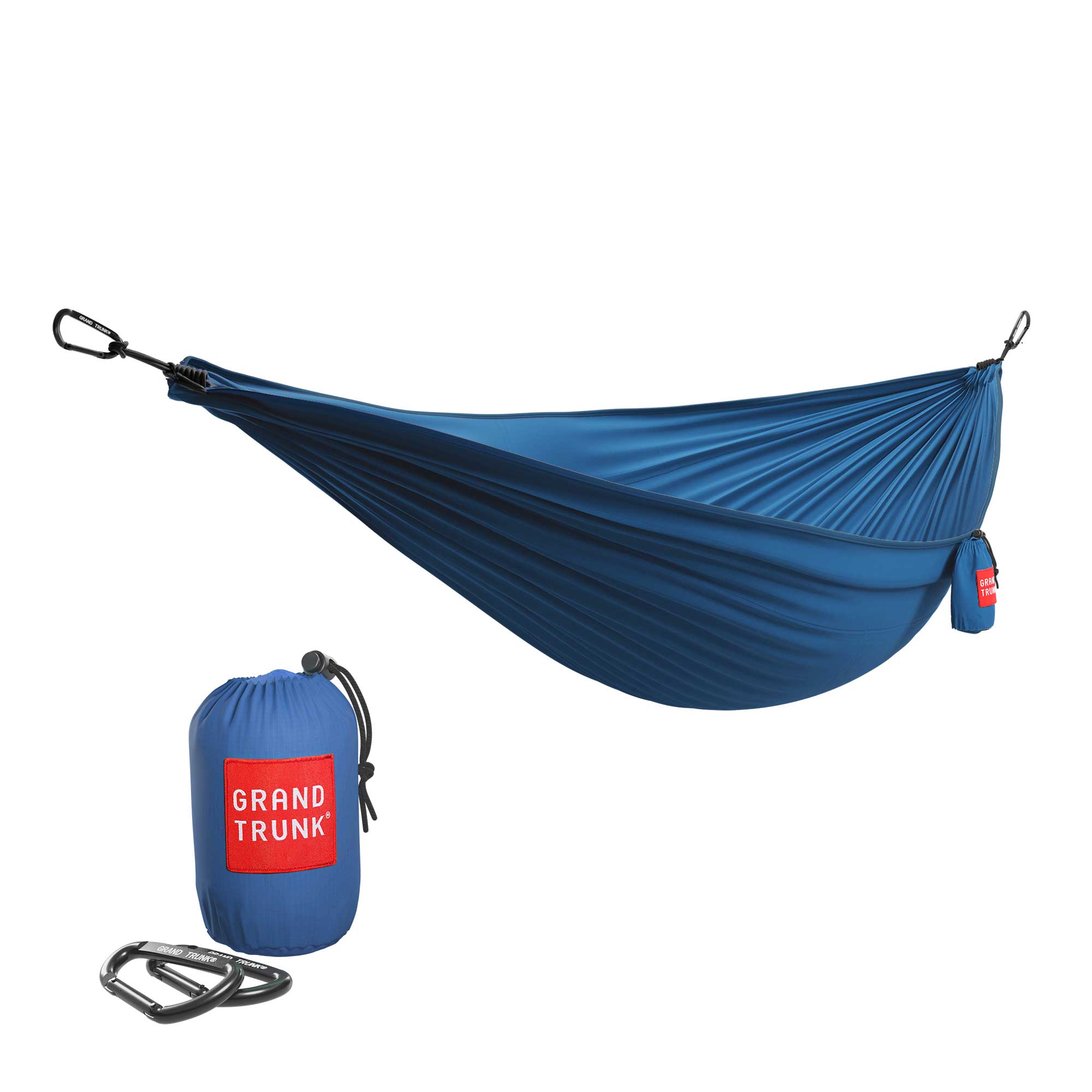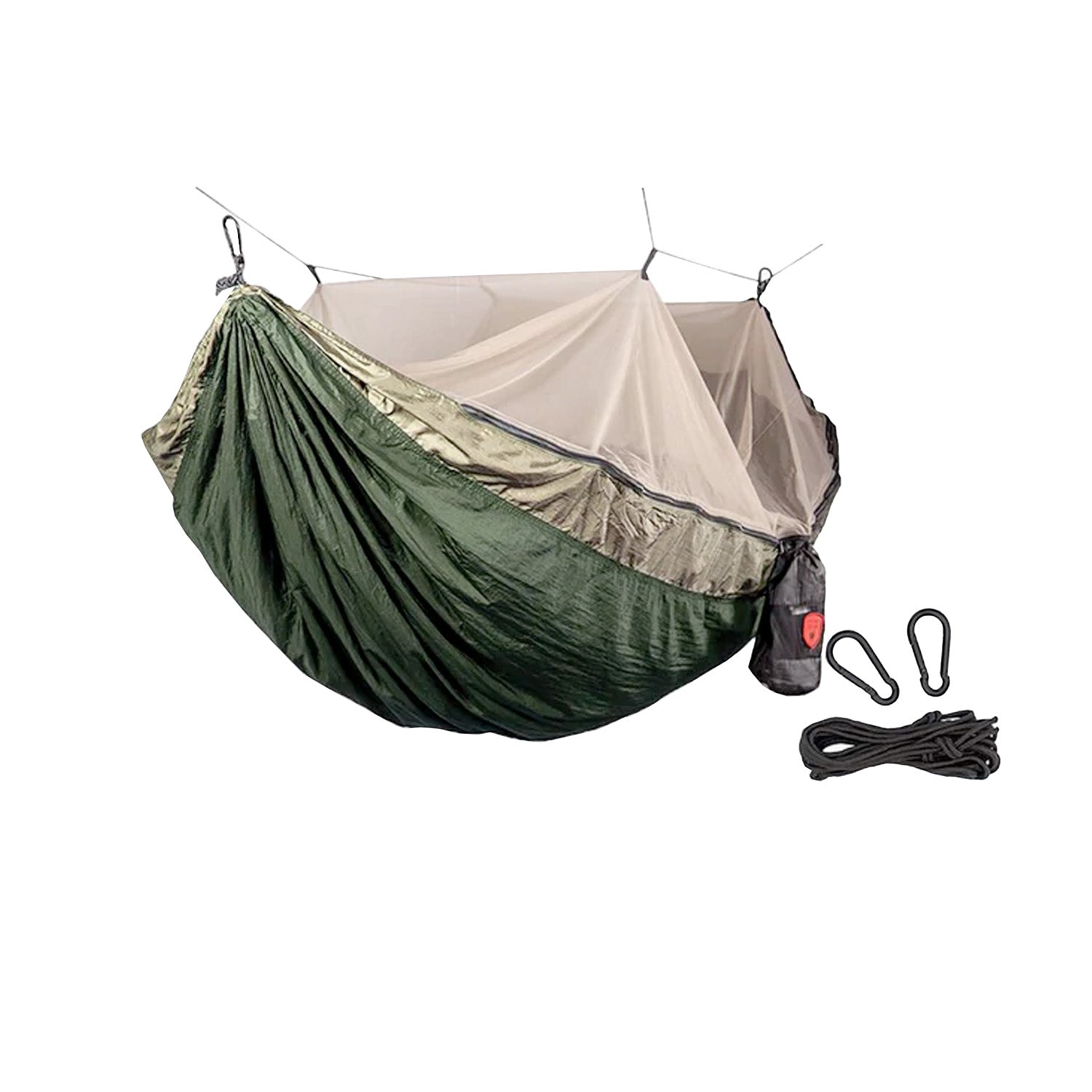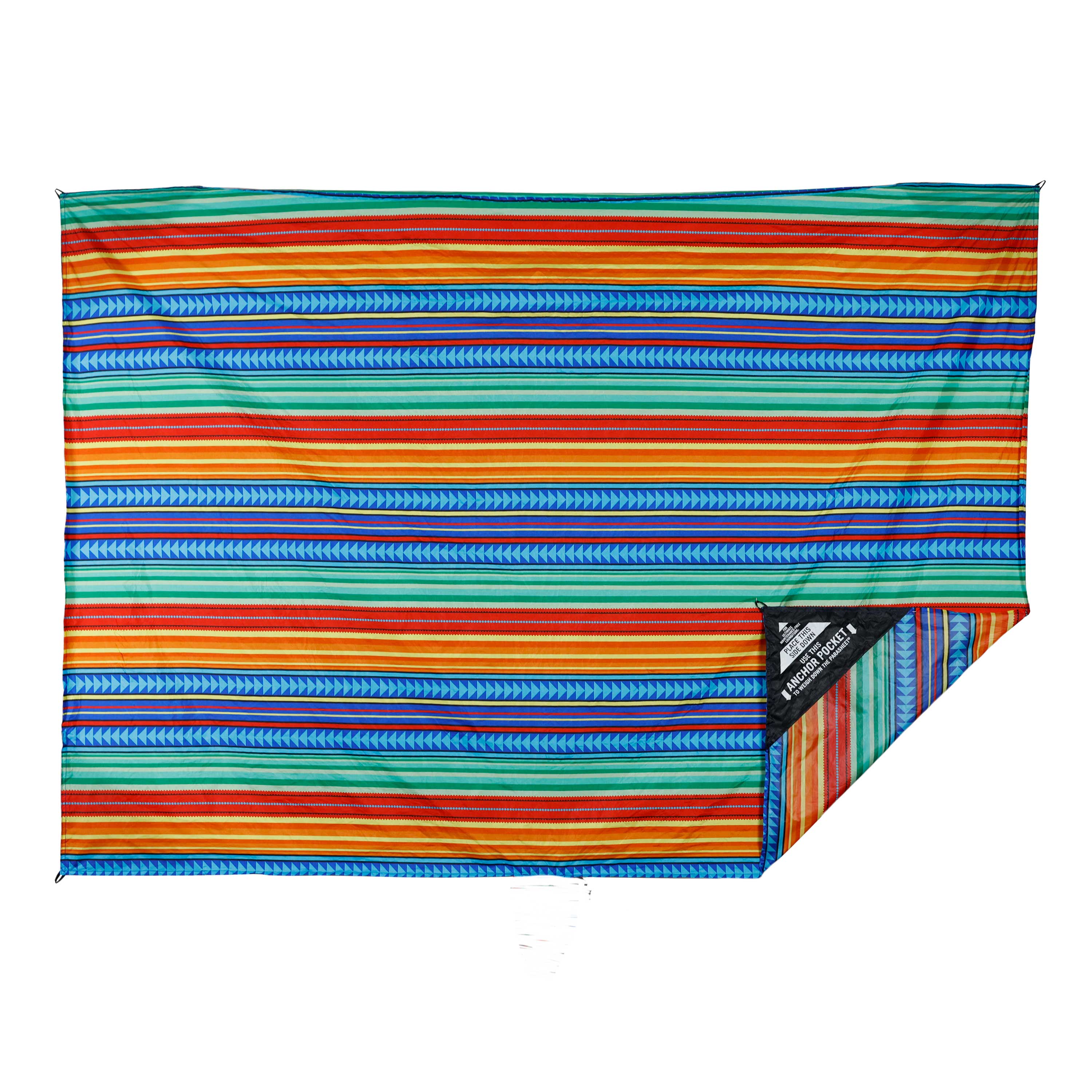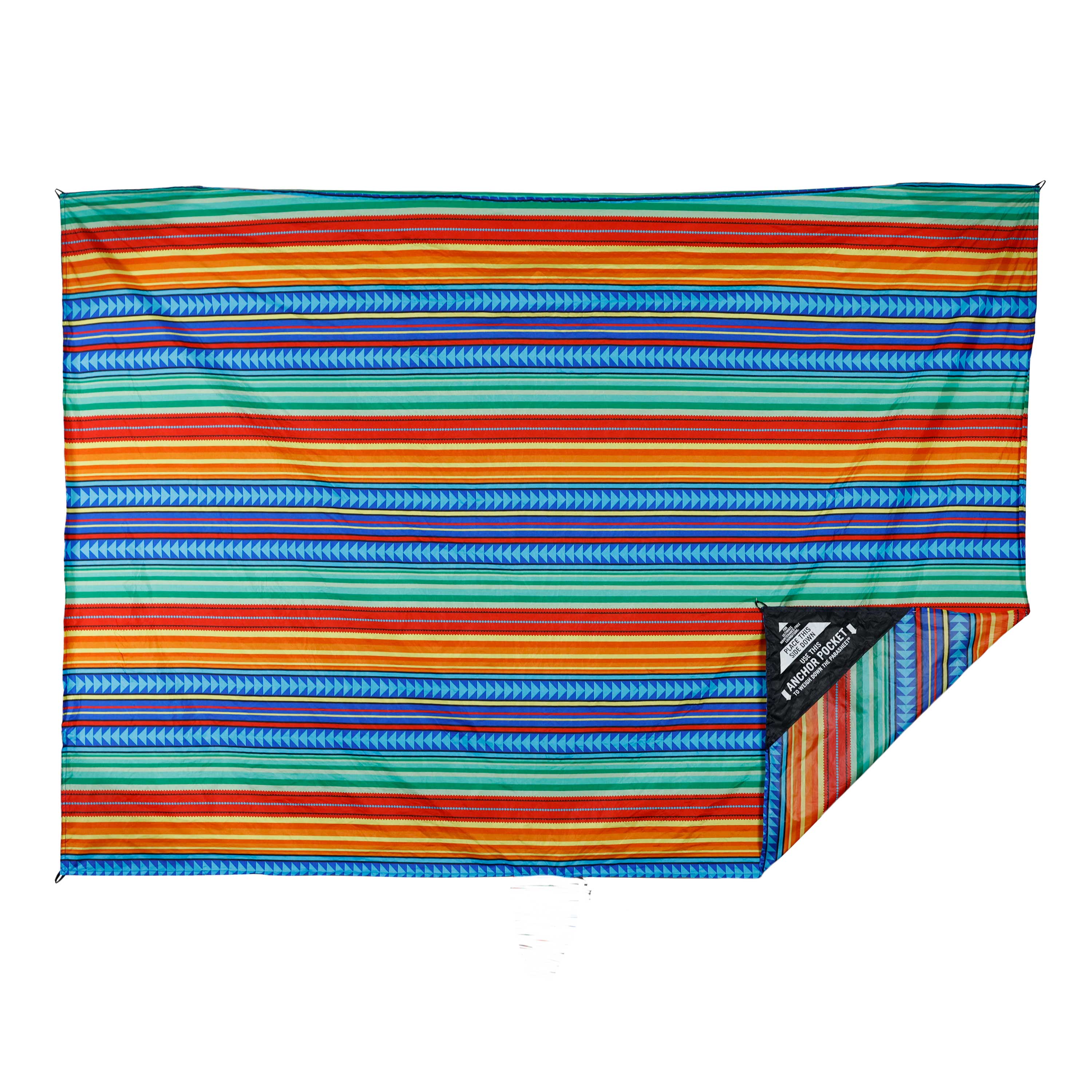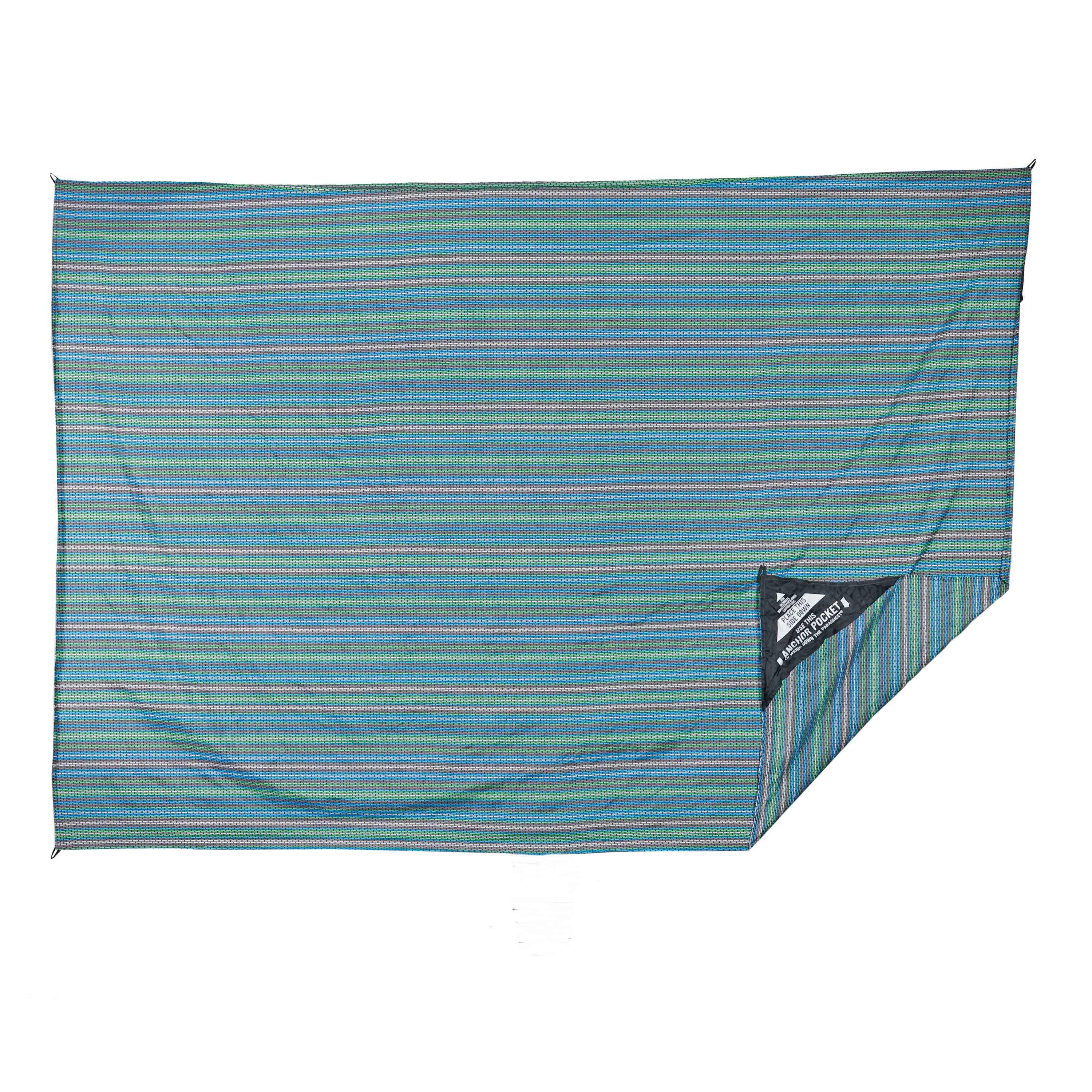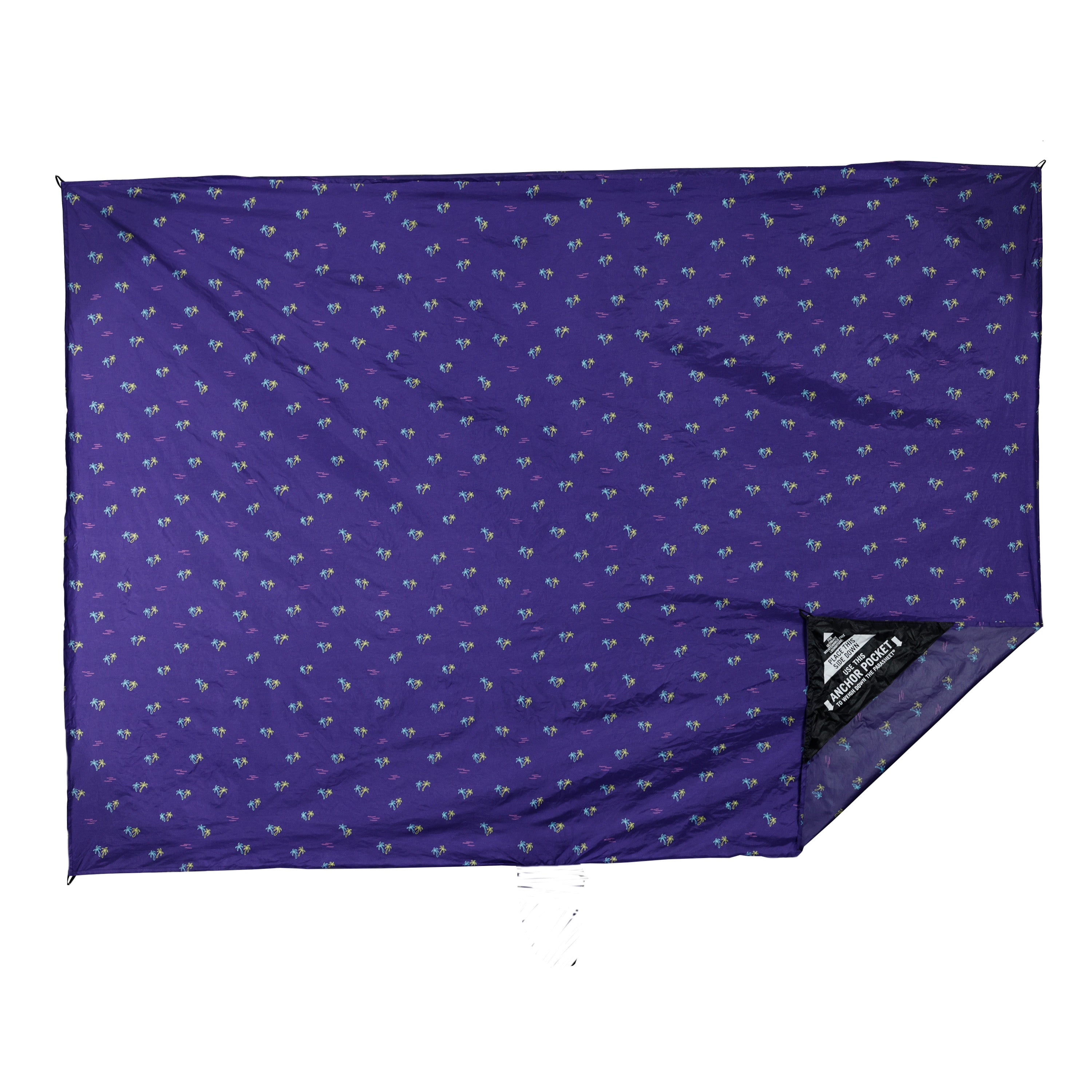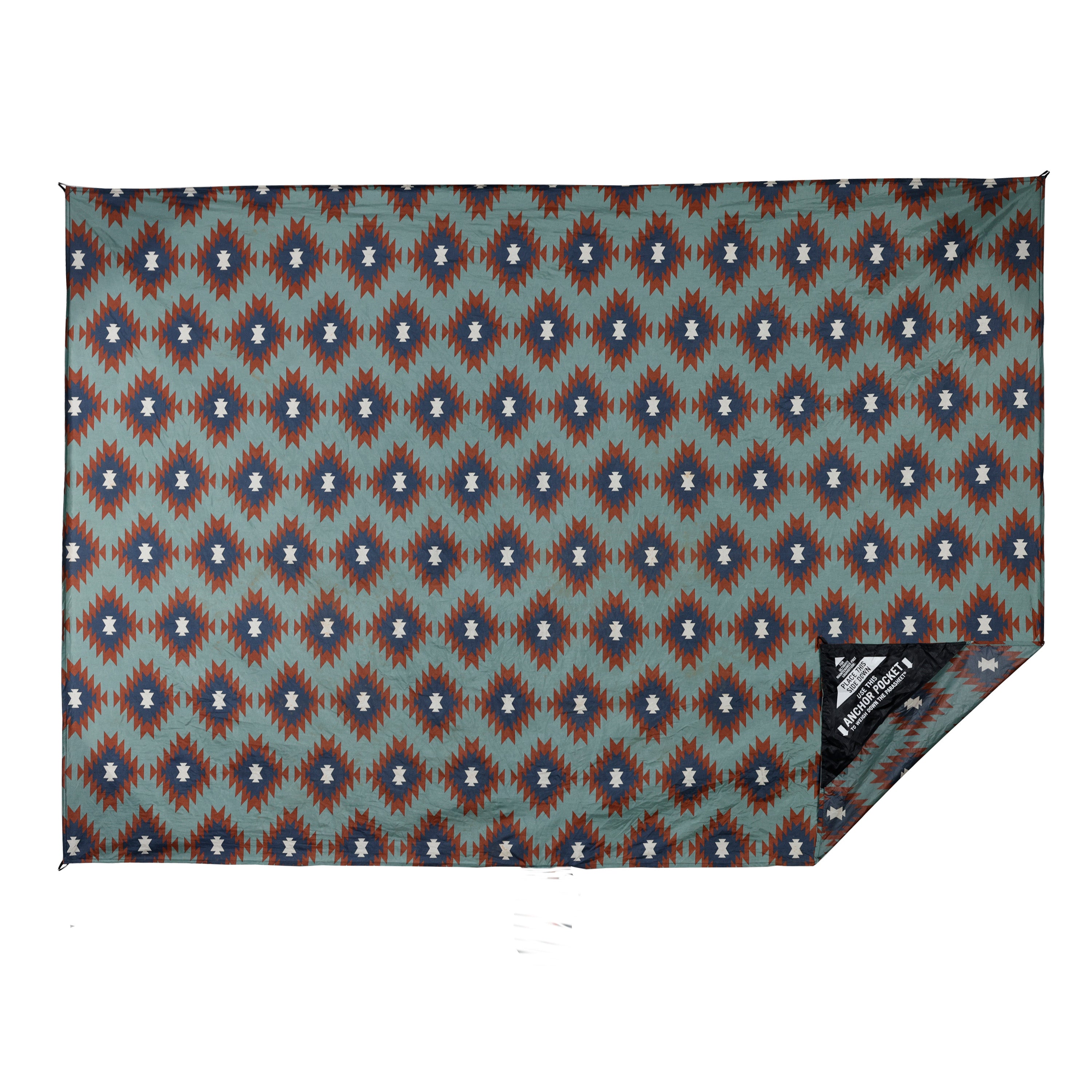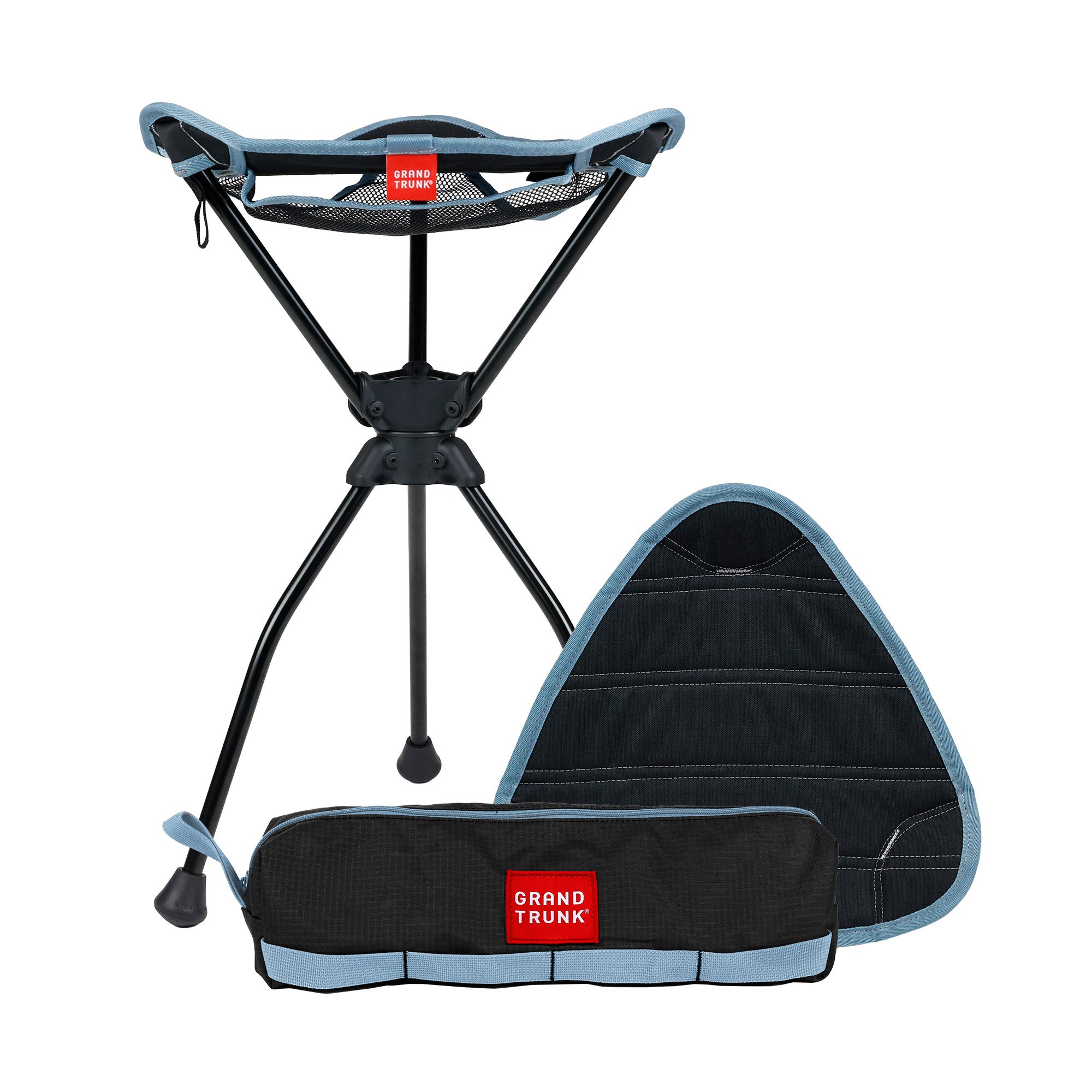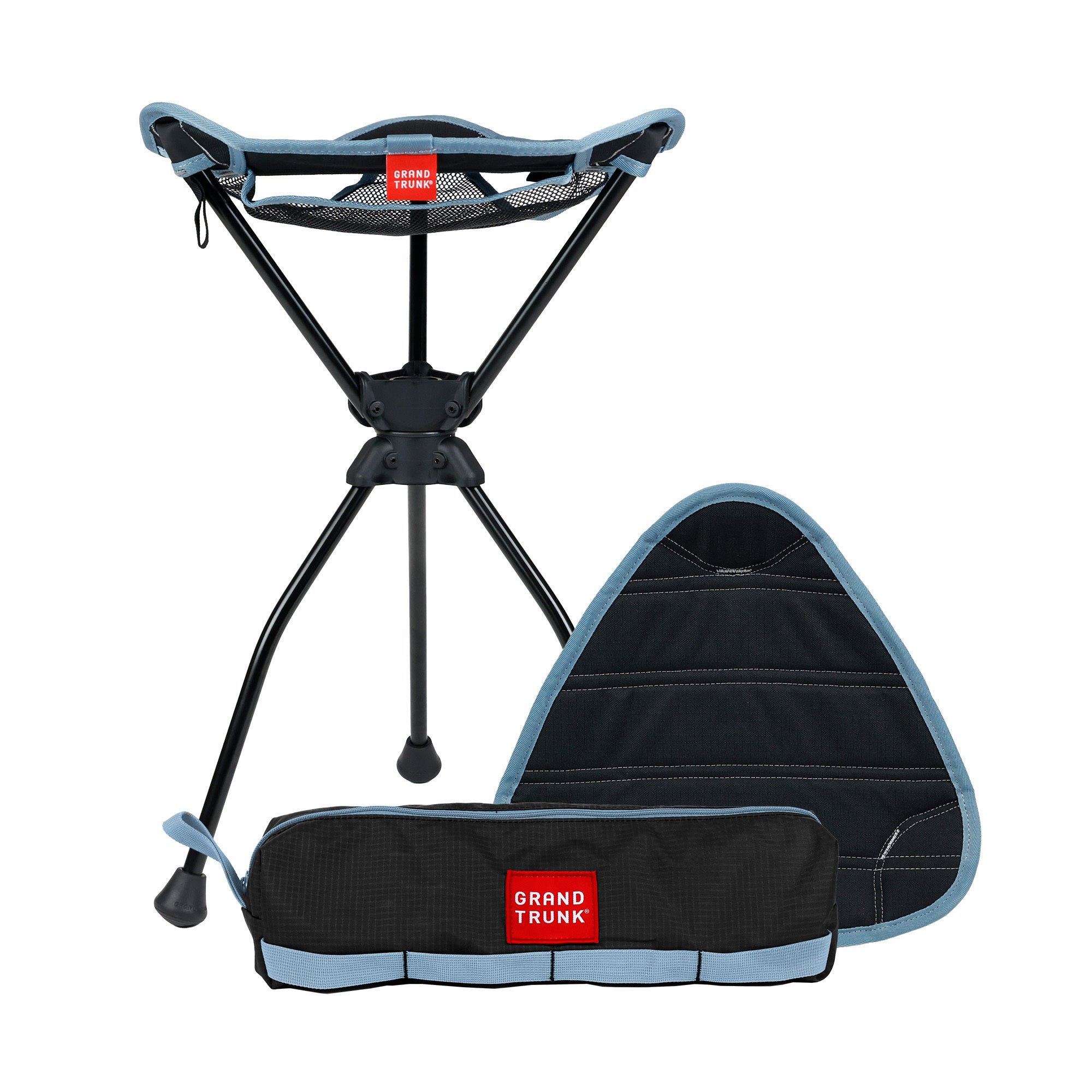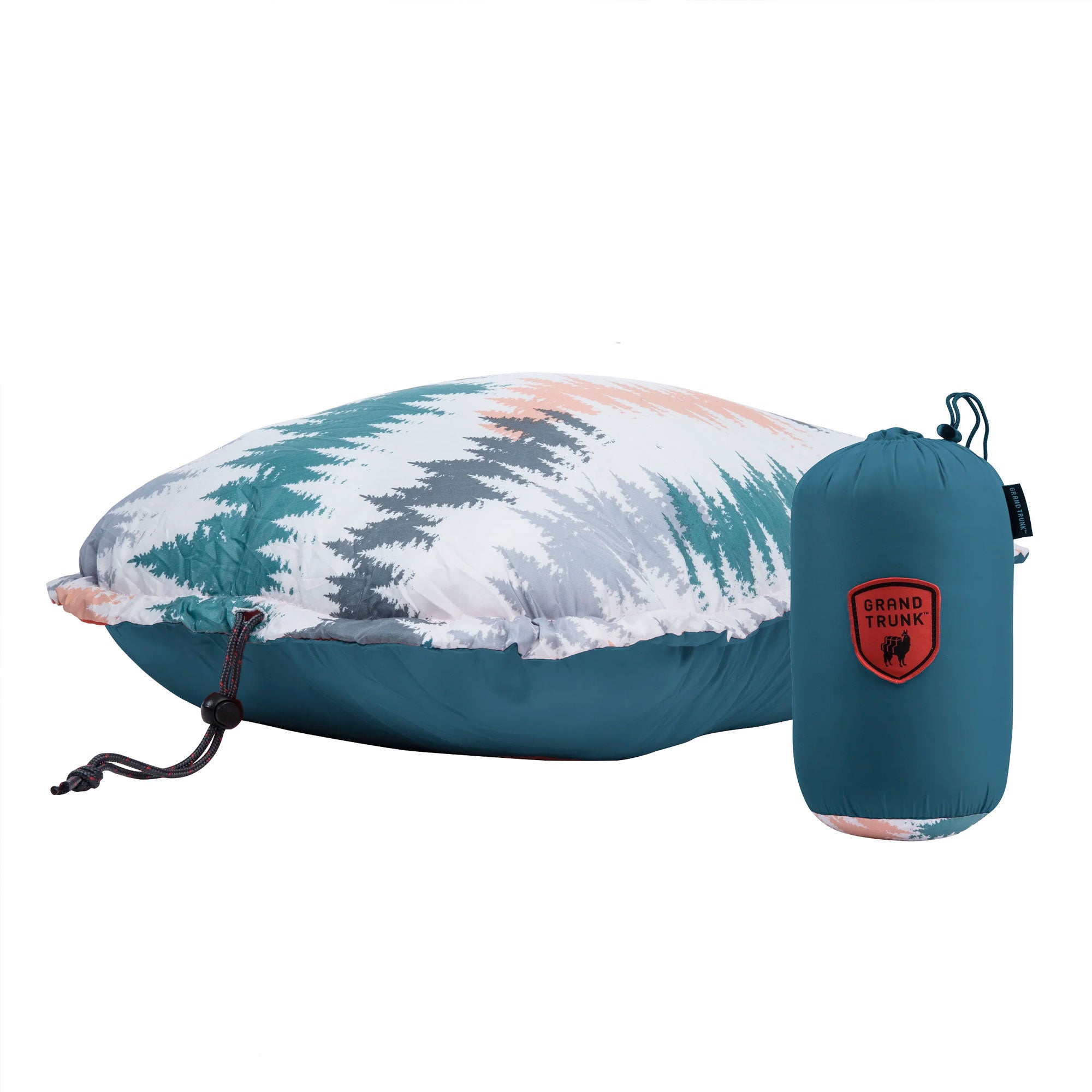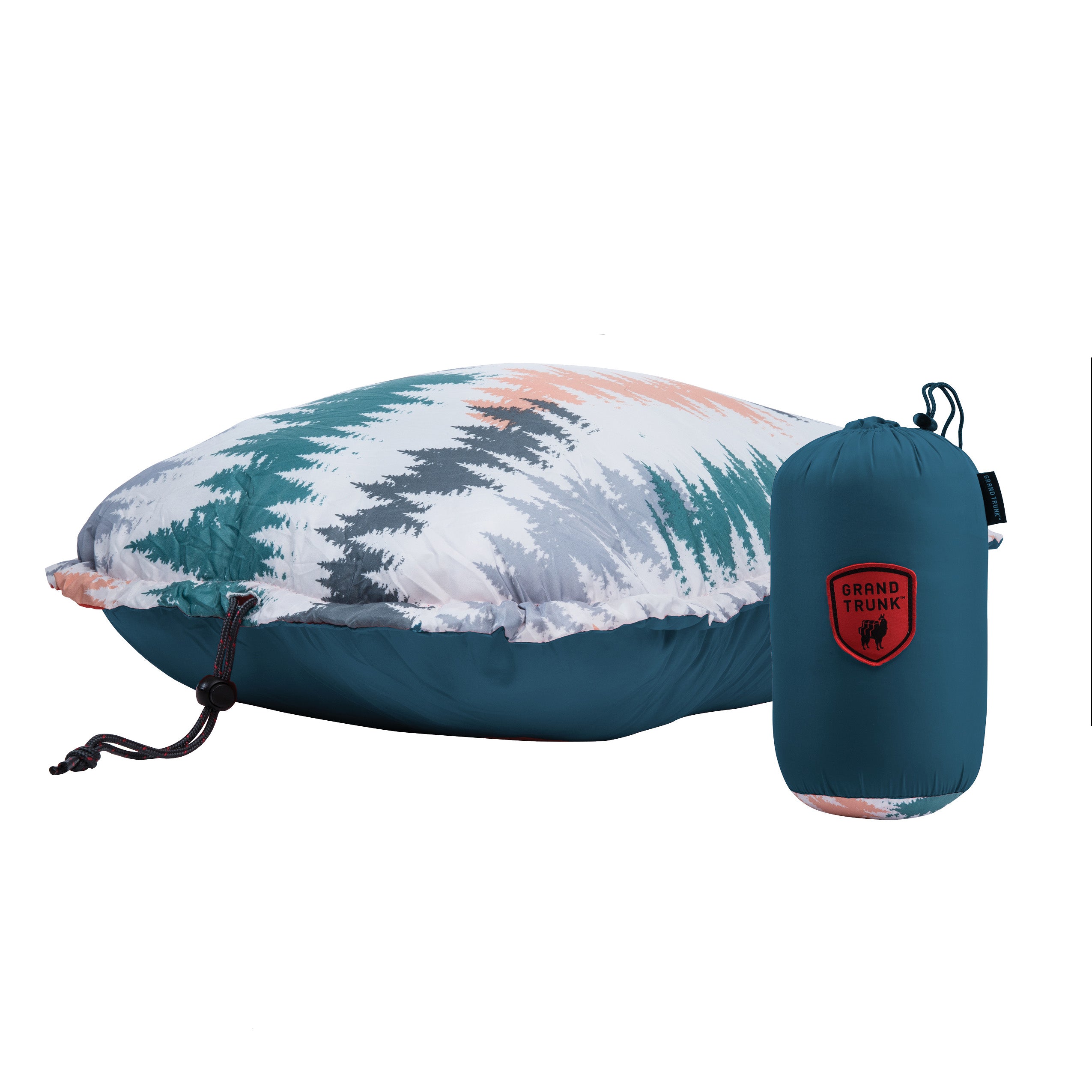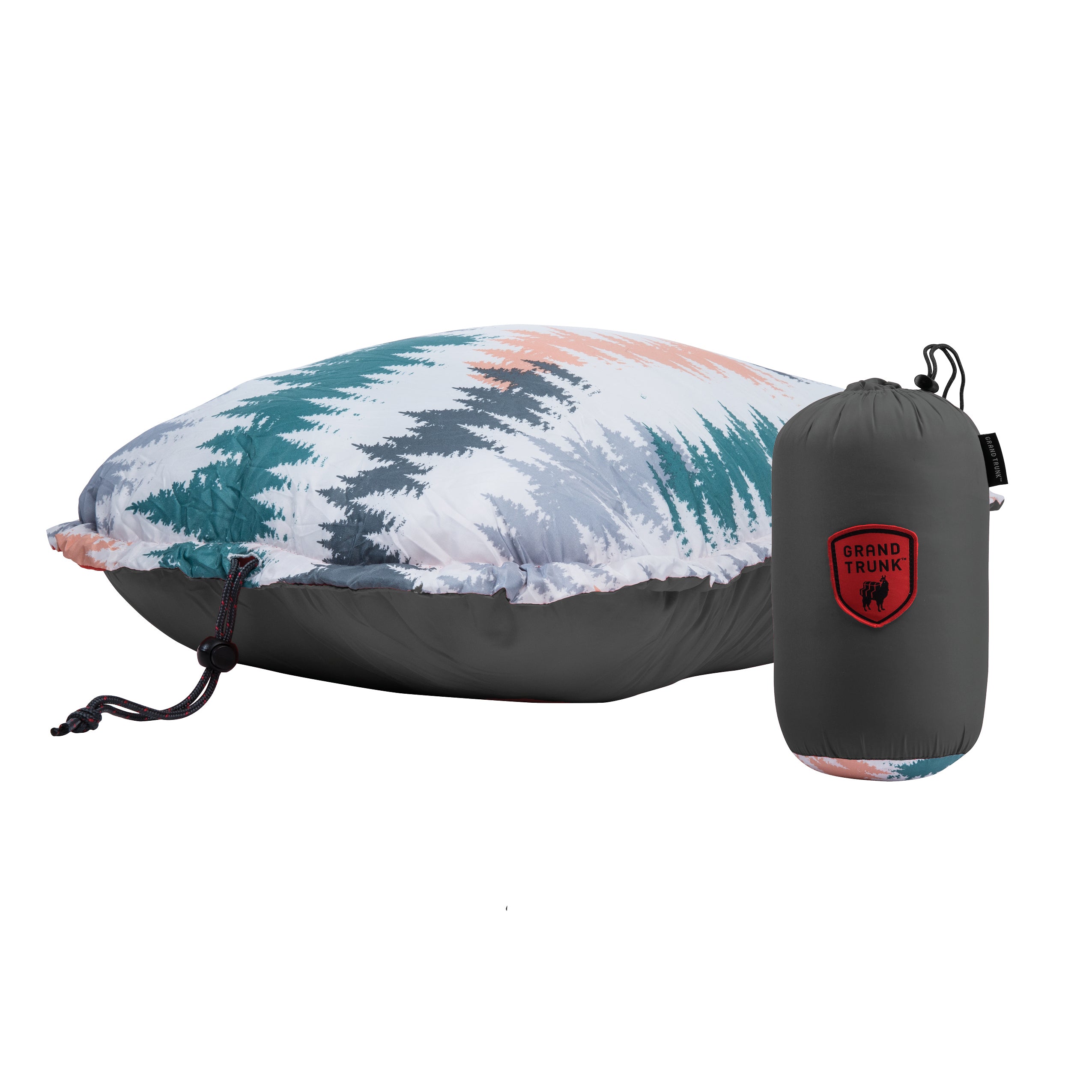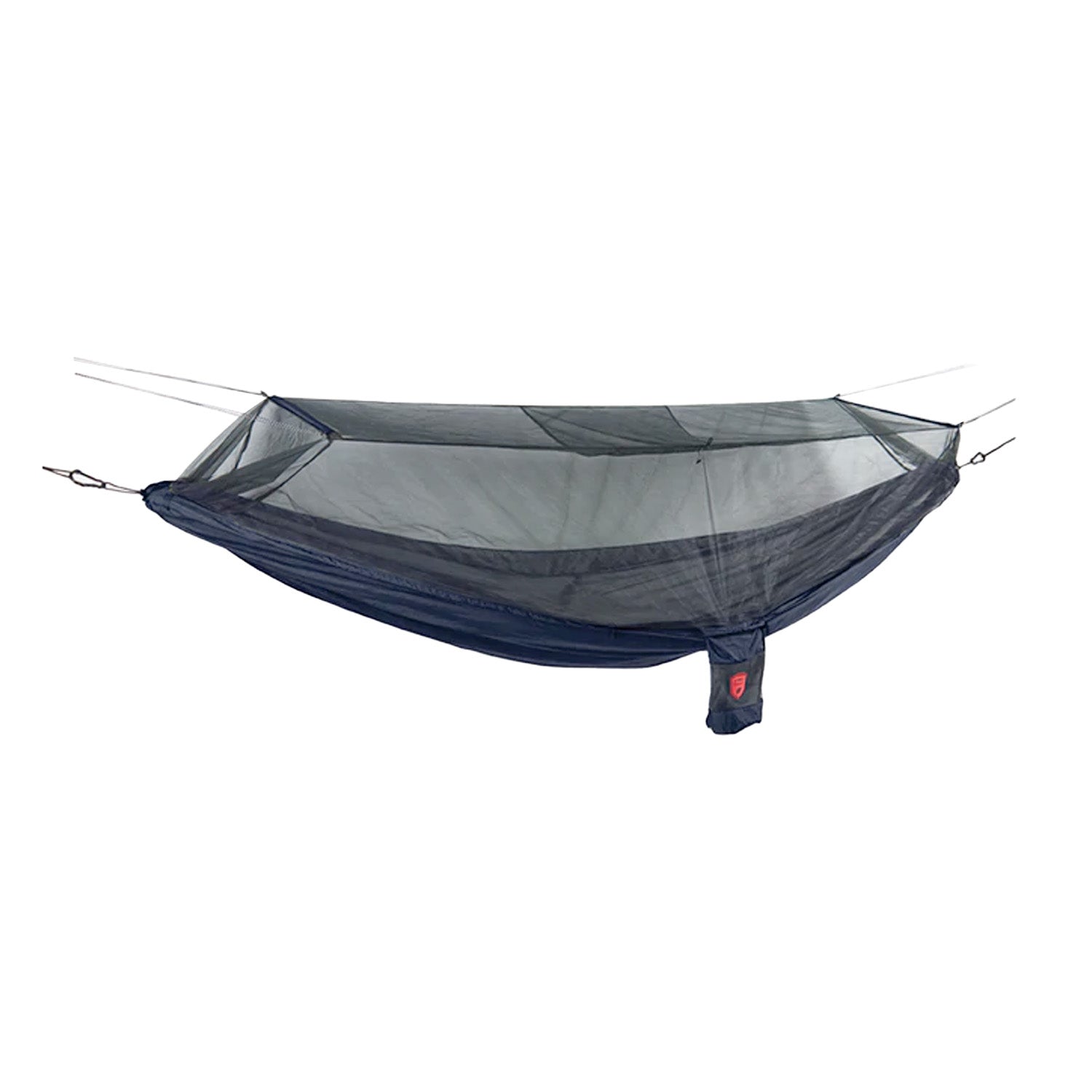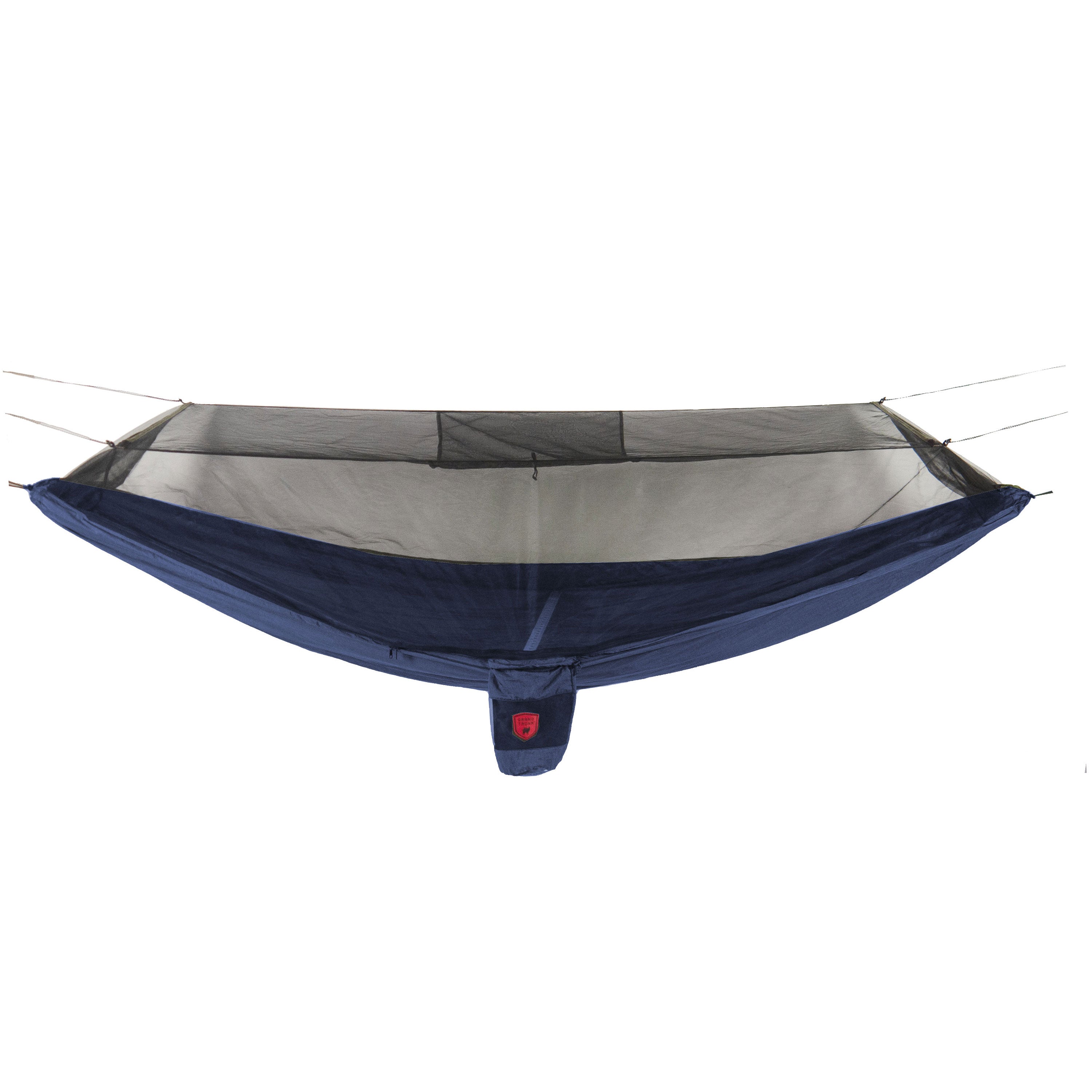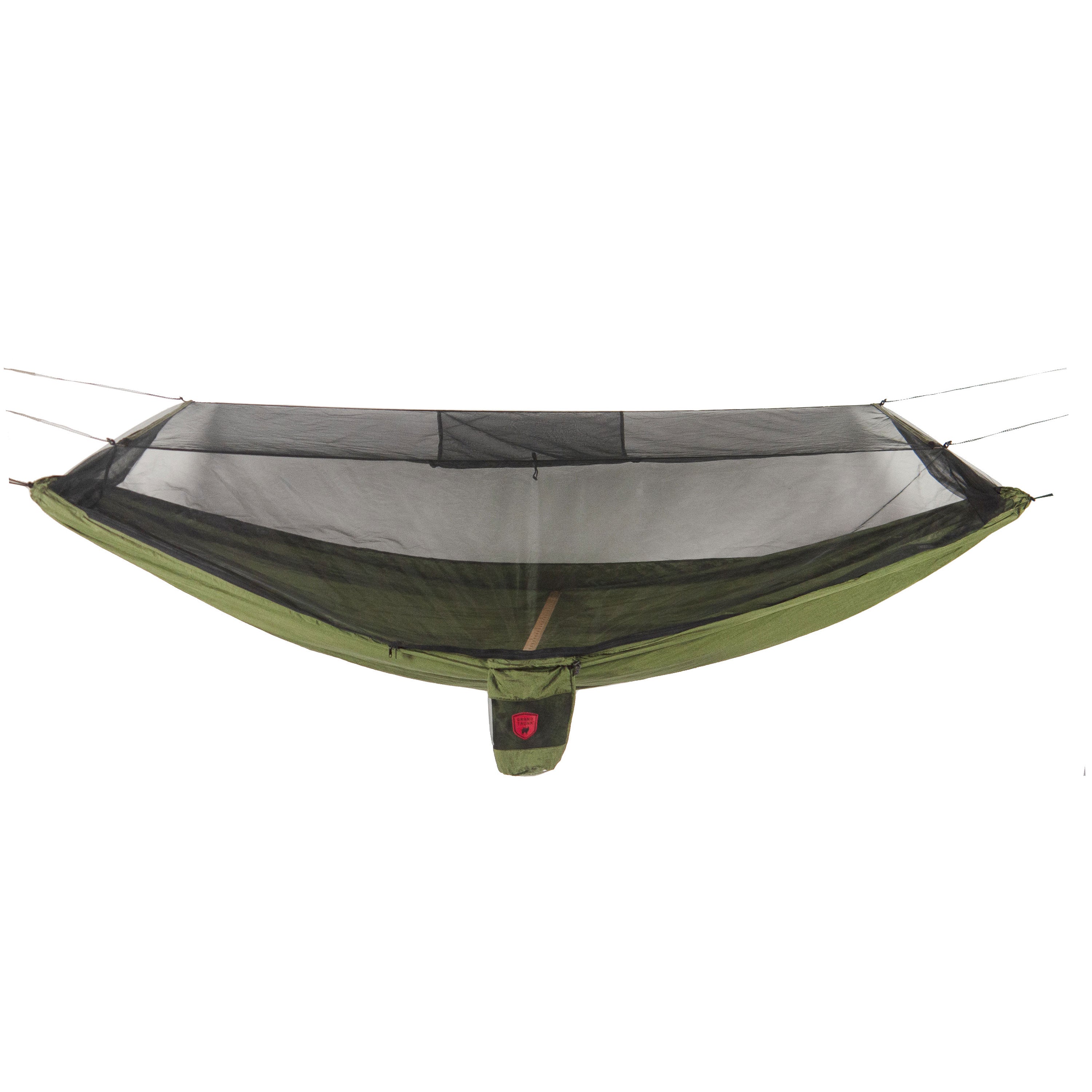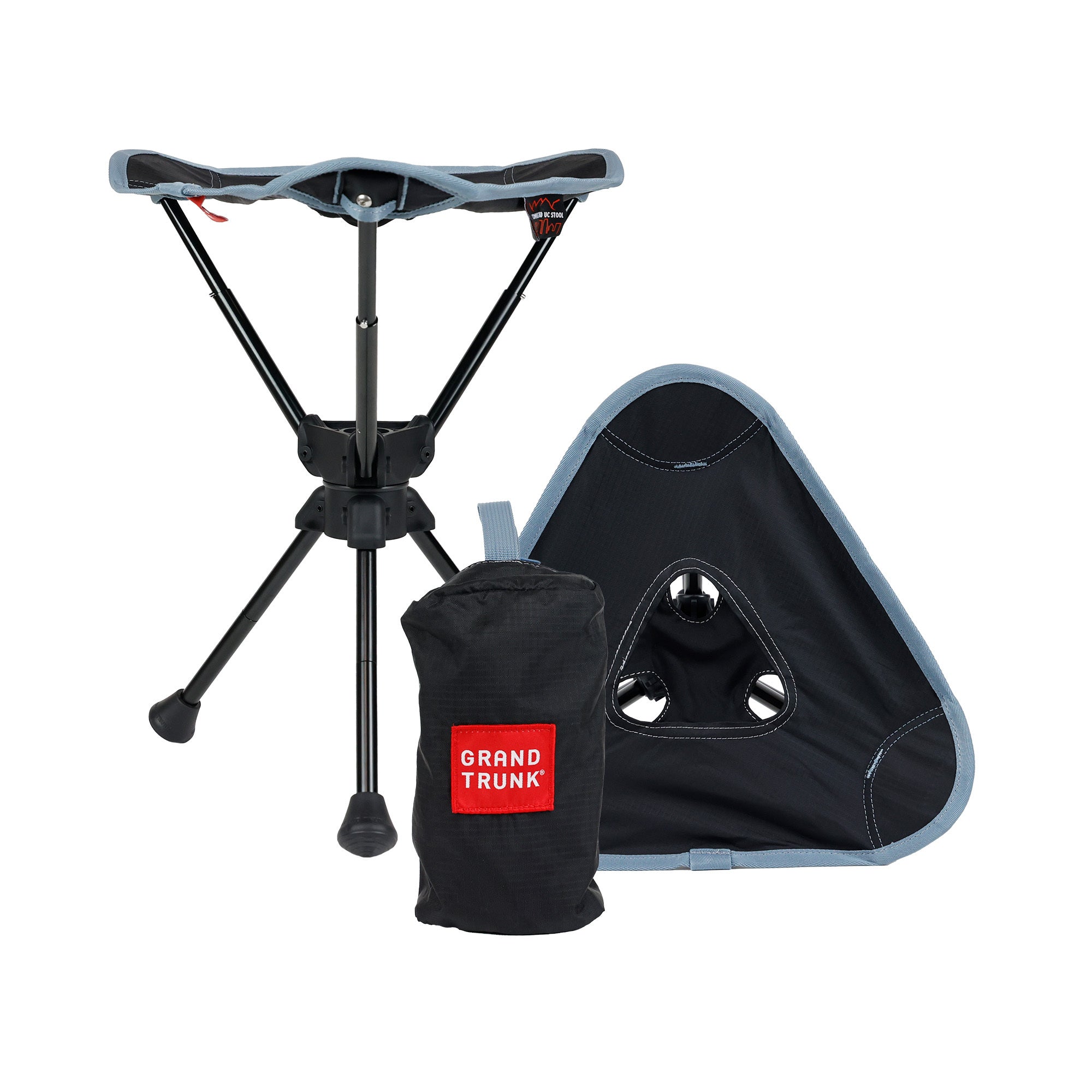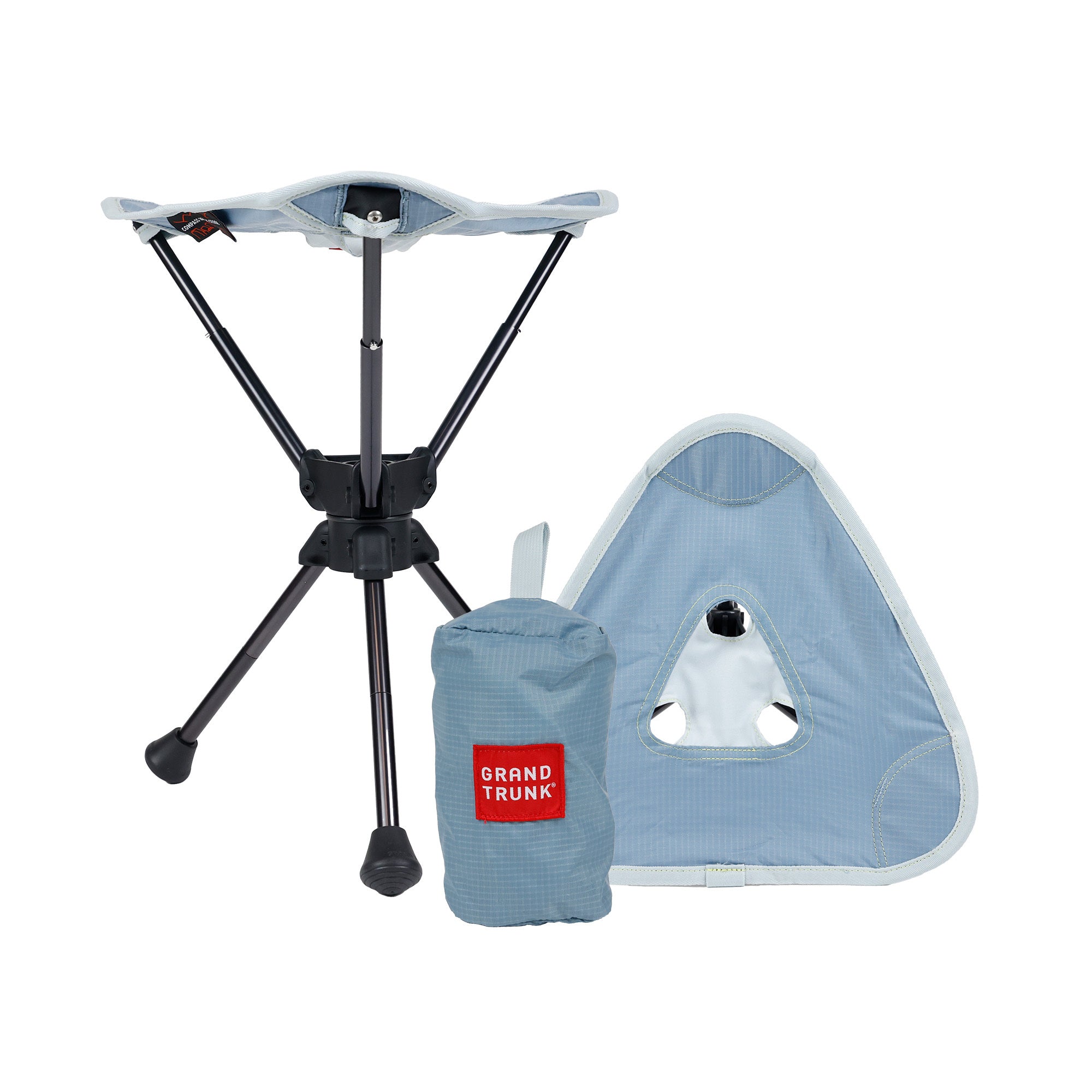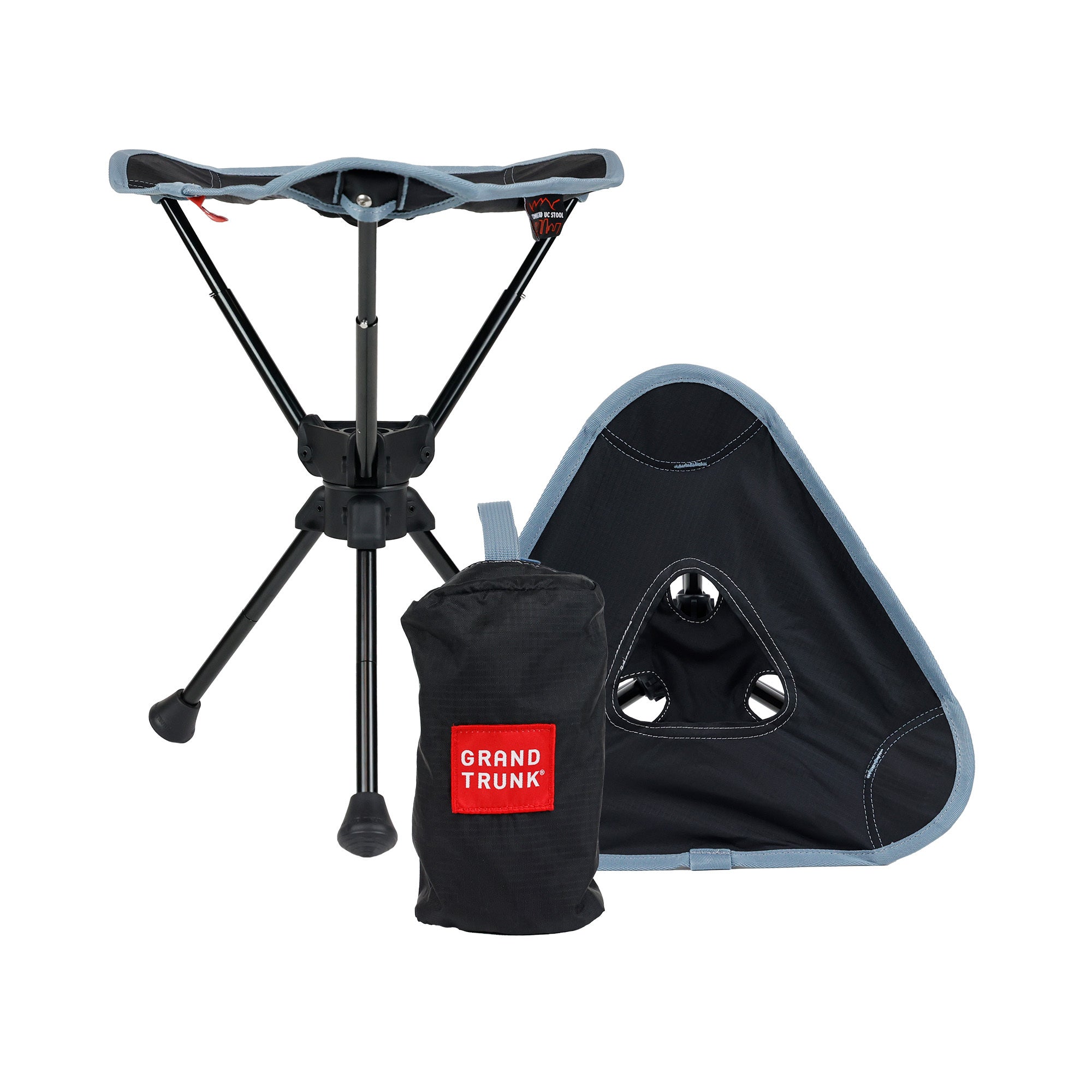
We have officially made it past the shortest day of the year and you know what that means? More daylight hours, spring around the corner, and time to start thinking about this year's adventures!
If you're planning to get outdoors more this year then you might like to consider something a little different. Hammock camping is a wonderful way to enjoy everything that nature has to offer without having to carry a bulky tent around on your back.
So what are you waiting for? Knowing exactly how to hammock camp will ensure that your first trip goes off without a hitch. That's where we can help!
Read on to find out everything you need to know about preparing for a hammock camping trip, choosing a great location, and how to get set up.
What is Hammock Camping?
Hammock camping is, as you might have guessed, a type of camping that involves pitching up in the great outdoors. However, rather than taking a traditional camping tent with you, you take a camping hammock instead.
Camping hammocks are a lot more lightweight than traditional tents and are more versatile when it comes to pitching. This means you can take them exploring across a whole range of terrains and still enjoy a good night's sleep.
This allows you more freedom to enjoy everything nature has to offer, especially the numerous health benefits. Spending time outdoors is good for your heart, reduces your chances of developing chronic illness, and relieves stress!
What's not to like? If you're ready to start your first hammock camping trip, let's start by looking at the gear you will need to enjoy a comfy night under the stars.
How to Choose a Camping Hammock
If you want to know how to go hammock camping, picking a good hammock is the first place to start. It is important to note that camping hammocks are specialist pieces of camping equipment. So you shouldn't set out with a standard garden hammock in your rucksack!
There are plenty of things that you should consider when buying your hammock including:
- The size and weight of the hammock
- The material used
- How durable the hammock is
- Any accessories it comes with or that you might need to buy
Some hammocks come as part of a 'system' which you had to purchase individually for premium brands. This has its own advantages and disadvantages but the biggest factor is longevity, individual build quality and the robust use nature of the gear, all leading to more comfort for the rugged adventurer. This in summary means these individual pieces are used to incorporate hammocks, suspension systems, and sleeping underquilts into one (all up to the user to mix and match for greater flexibility and customization). The cheaper all in one systems can save you a lot of money but will be short when it comes to being robust, offer greater flexibility, lasting long and potentially be susceptible to being half as comfortable. This is why it is important to go with a robust mix and match customized options gear which delivers a quality system and is not primed to cut corners!
Ideally, reading reviews from previous customers can tell you a lot about the quality of a hammock and its durability as well. Nowadays hammocks have an easy return policy, which allows you to try multiple brands and models to hunker down for a final choice.
Picking a Suspension System
Your suspension system is key when it comes to getting a good night's sleep in your hammock, remaining secure, and protecting nature.
Bare ropes are an absolute no-go when camping in the great outdoors as these can damage tree bark. This is the last thing we want!
Instead, look out for a suspension system that offers wide straps. If you're new to hammock camping then you can give yourself peace of mind by choosing a suspension that uses straps rather than knots. That way you don't have to worry about falling out of your hammock at night!
We'd also recommend investing in some protective covers for your suspension straps. This will ensure they stand the test of time and can save you a lot of money in the long run.
Sleeping Pads are Out and Underquilts are in.
The Amatur Way:
Sleeping pads go inside your hammock, underneath your sleep bag. You might want to cut them yourself from foam sleeping pads. However, we'd recommend a specially-designed hammock pad (AKA under quilt) for maximum comfort.
Not recommended: Using a sleeping pad is like running a race in beach slippers. Can it be done? Yes, is it optimal? No, so let's look at a much better way to keep yourself warm in a camping hammock.
The Professional Adventurer Way:
Under quilts wrap around the outside of your hammock. These trap a layer of warm air between the outside world and the bottom of your hammock. Under quilts seal tight at either end to keep the old air out, so you will be warmer through the night (absolutely recommended!)
Extra Protection from the Elements
Depending on where you are going camping, we'd recommend taking some extra protection to ensure a comfortable night.
A rain tarp is a great addition to any hammock camp, especially when it is windy or wet. You usually secure a rain tarp directly above your hammock like a rainfly so that the sides of the tarp extend over the edges of your hammock. This will shelter you from the wind and redirect any rainfall away from you.
In the summer months, it is also a good idea to invest in a bug net. Most of these fit over the top of a hammock to keep the insects out.
If you're looking for more bug-defenses, you might also want to treat the bottom of your hammock with an insecticide. Make sure anything you use is fabric-safe and give your hammock time to air-out before you sleep in it.
How to Hammock Camp: Setting Yourself Up for Success
Taking the time to properly set your hammock up will guarantee you have a safe and comfortable night, wherever you are!
Before you hit the road for a hammock camping trip, the first thing you should always do is check your gear. This will ensure that you have everything you need with you but it also means you spot any issues before you reach the wilderness.
We'd also recommend familiarizing yourself with the Leave to Trace policies. These are in place to protect you and nature. They will inform you about where you can and cannot set your hammock up.
How to Hang a Camping Hammock
Once you have found the ideal camping spot, it's time to find some sturdy anchor points. More often than not in nature, trees will be your best bet but you can also use vehicles or buildings.
When using trees, make sure you pick healthy-looking trunks with a diameter of at least 6 inches. Before securing your hammock, you should also check for signs of creatures living in the trees or nests. If you find any, you'd better find another tree so you don't disturb the wildlife!
For the most comfortable night's sleep possible, try to secure your hammock so it sits at a 30-degree angle when you're in it. When you sit in it, the hammock shouldn't be more than 18 inches off the ground. This will ensure your hammock is comfortable to sleep in.
Once you have your hammock in position, you can set up a ridgeline directly above it using a strong cord for your rain tarp. If bad wind is forecast, we'd recommend keeping your ridgeline low and close to your hammock.
How to Sleep in a Camping Hammock
Having all the gear and setting your hammock up correctly is a great place to start. However, if you aren't familiar with it, camping in a hammock for the first time can feel a bit strange.
Here are some of our top tips for how to camp in a hammock and get a good night's sleep!
Lie away from the center of the hammock. Canting your body 10-15 degrees from the centerline will stop the fabric from flattening under the weight of your body during the night. That way you won't feel like you're being swallowed by a hammock and you will find it easier to get out in the morning. Oh and all day your back will thank you, a lot!
Use a small pillow. You can also use the lip of the hammock as a headrest but, if this doesn't work for you, a small pillow is best. Larger pillows will alter the shape of the hammock and throw the support off-kilter.
Stash your essentials safely inside the hammock. Sleeping with all your goods inside your hammock isn't always an option if you want to be comfortable but it's a good idea to keep your valuables close. Having a small bag for them will help you to keep them organized.
It is also worth checking out the storage options on the underside of your hammock. A lot of hammocks provide handy places to store things like boots so they're safe when you're sleeping.
Enjoy a Night Full of Nature!
If you want to get back to nature and have a great night's sleep you really can't get better than hammock camping! Keep these top tips on how to hammock camp in mind and you can't go wrong.
Ready to get kitted out for your first hammock camping trip? Then check out our brilliant selection of camping hammocks and everything else you'll need for a great trip!
